Are you interested in exploring historic homes? Here are the must-see historic houses in North Rhine – Westphalia:
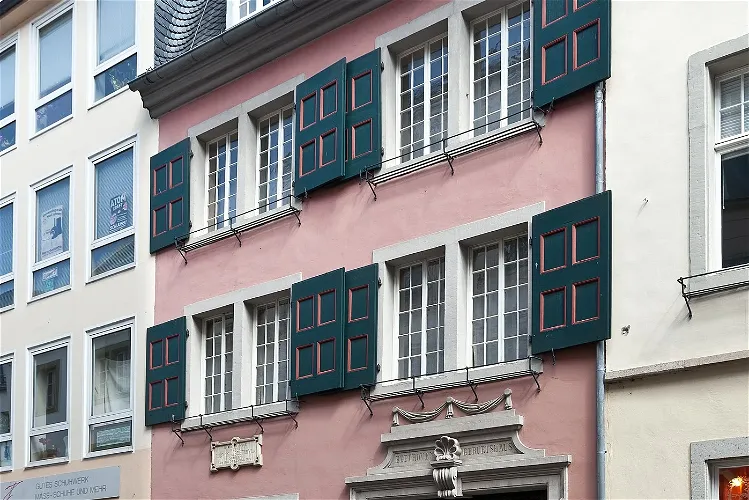
Beethoven House
BonnThe Beethoven-Haus is a music museum situated in Bonn, Germany. It is dedicated to the life and works of the renowned composer Ludwig van Beethoven. The museum is located at Bonngasse 20, the birthplace of the composer, making it a significant site for music enthusiasts and historians alike.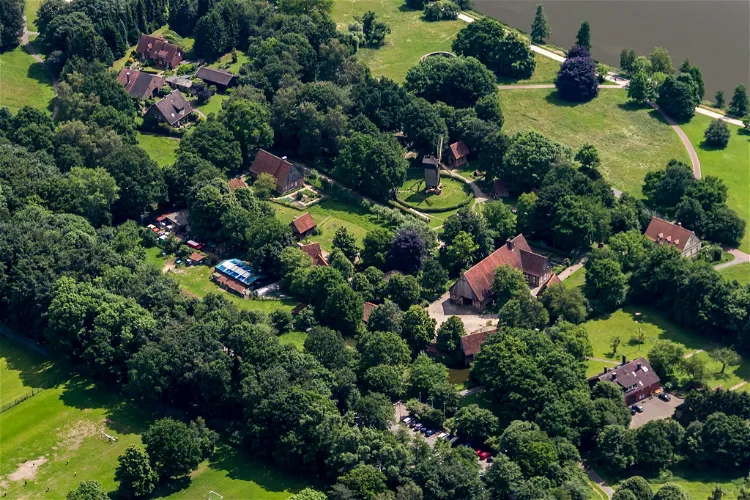
Mühlenhof Freilichtmuseum
MünsterThe Mühlenhof Open Air Museum Münster is conveniently located in the Sentrup district, making it easily accessible for tourists. Its proximity to other attractions such as the Aasee, the All-weather Zoo, and the LWL Museum of Natural History makes it an ideal stop for those looking to explore the cultural and natural history of the region.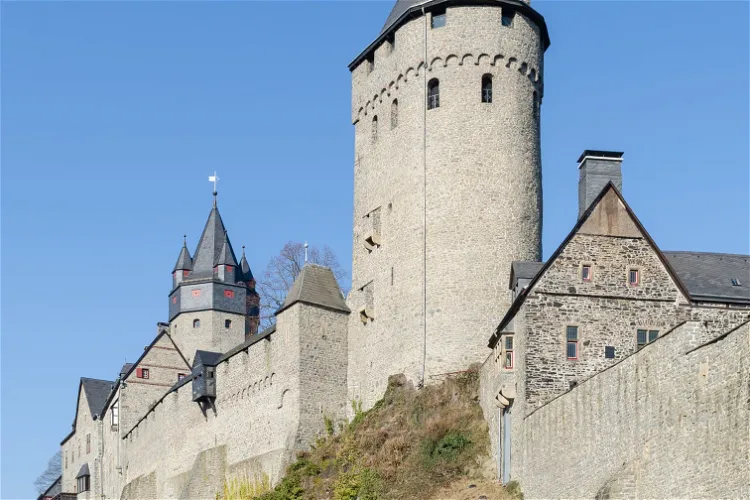
Altena Castle
AltenaAltena Castle is a significant historical site located in the town of Altena in North Rhine-Westphalia. The castle, which is a medieval hill castle, is situated on a spur of Klusenberg hill, near the Lenne in the Märkischer Kreis. This location offers visitors a unique opportunity to explore a piece of history while enjoying the beautiful surrounding landscape.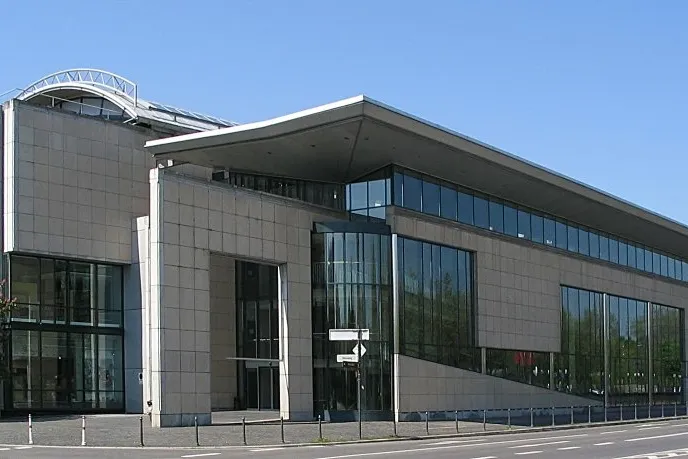
House of the History of the Federal Republic of Germany
BonnThe House of the History of the Federal Republic of Germany, also known as Haus der Geschichte der Bundesrepublik Deutschland or HdG, is a museum located in Bonn. It was established in 1989 and opened to the public in 1994. The museum is dedicated to providing information and documentation on the history of the Federal Republic of Germany and the German Democratic Republic.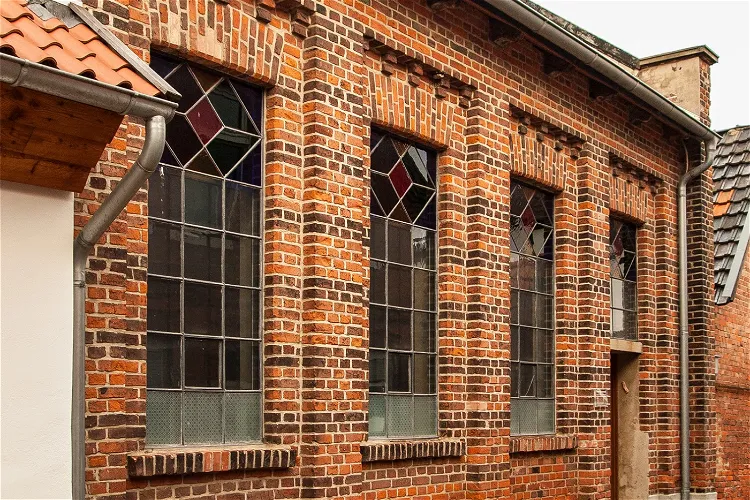
Alte Synagoge Petershagen
PetershagenThe Alte Synagoge Petershagen is a significant historical site located at Goebenstraße in Petershagen, in the district of Minden-Lübbecke, North Rhine-Westphalia. This protected monument offers a glimpse into the rich Jewish history of the region and stands as a testament to the resilience of the Jewish community.
Couven Museum
AachenThe Couven Museum, known as Couven-Museum in German, is situated in the city of Aachen, in the North Rhine-Westphalia region of Germany. This location is significant as it places the museum in a region rich in history and culture, making it an interesting destination for tourists.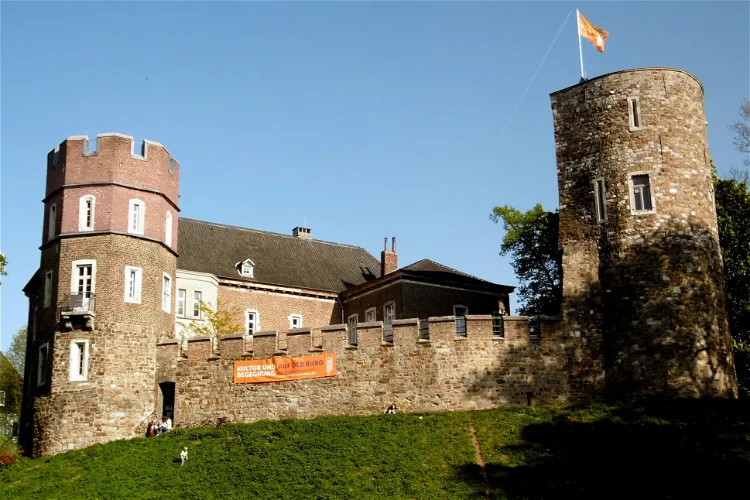
Frankenberg Castle
AachenThe Frankenberg Castle, also known as Burg Frankenberg, is a historical site located in the Frankenberg area of Aachen Mitte, a district of Aachen, Germany. The castle's name originates from the concept of a 'Franke', a type of castle that did not owe fealty to any others. However, shortly after its construction, the castle became a fief of a Graf, equivalent to a Count, and later belonged to the Duchy of Jülich-Cleves-Berg.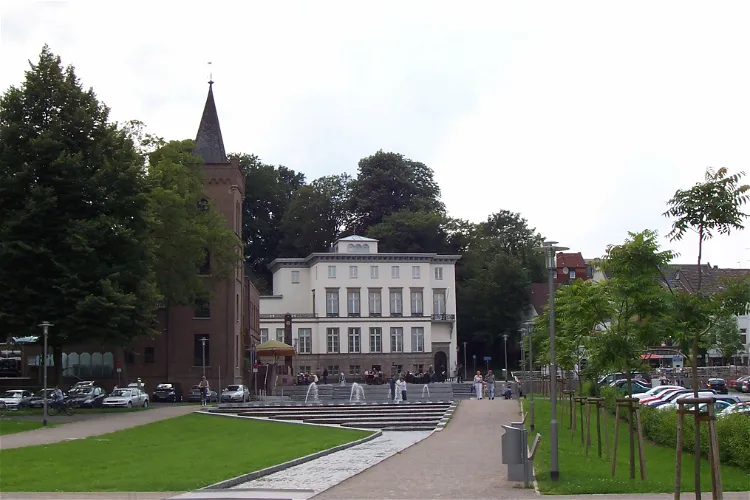
B.C. Koekkoek Haus
ClevesThe B.C. Koekkoek Haus museum is situated in the former residence of the renowned Dutch painter Barend Cornelis Koekkoek and his family. This historic building, located in Cleves, has been serving as a museum since 1960. It offers a unique opportunity to explore the life and works of one of the most famous landscape painters of the Netherlands in the 19th century.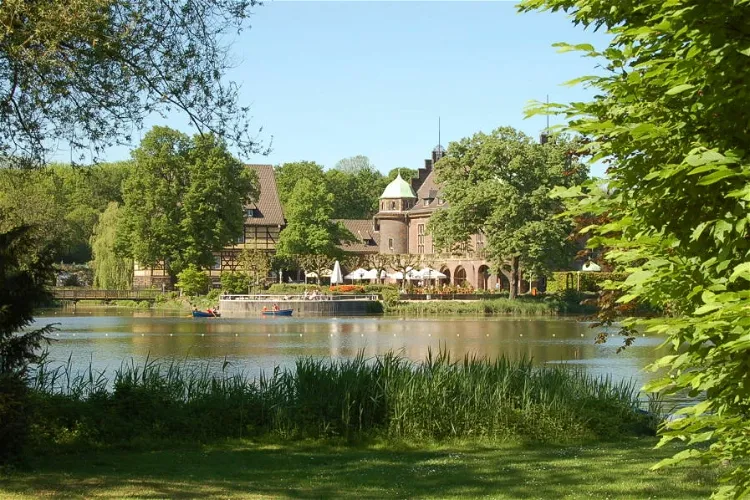
Gladbeck City Museum / Wittringen Castle
GladbeckWittringen Castle, also known as Schloss Wittringen, is a unique architectural marvel located in the state of North Rhine-Westphalia, Germany, near the city of Gladbeck. This fortified castle is surrounded by water, providing a picturesque setting that is sure to captivate any visitor. Its strategic location and historical significance make it a notable point of interest for those exploring the region.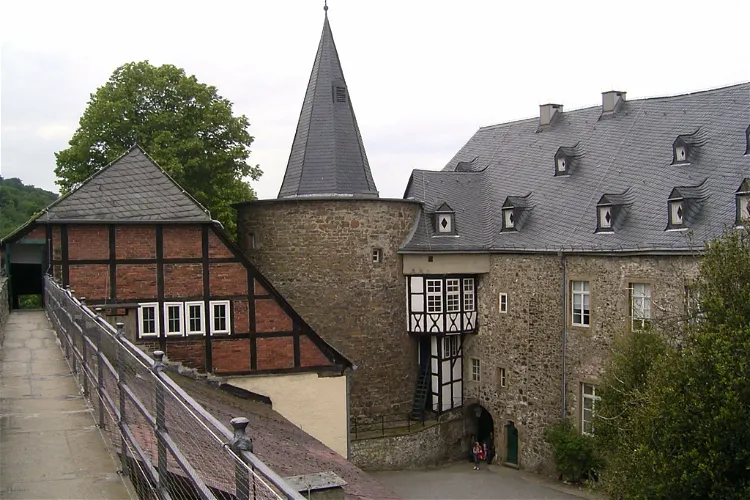
Hohenlimburg Castle
HagenHohenlimburg Castle, located in North Rhine-Westphalia, is a unique historical site as it is the only hilltop castle in Westphalia that has been largely preserved in its medieval original state. This makes it a significant destination for those interested in medieval architecture and history. The castle's location on a hilltop offers picturesque views, earning it the nickname 'Westphalian Heidelberg'.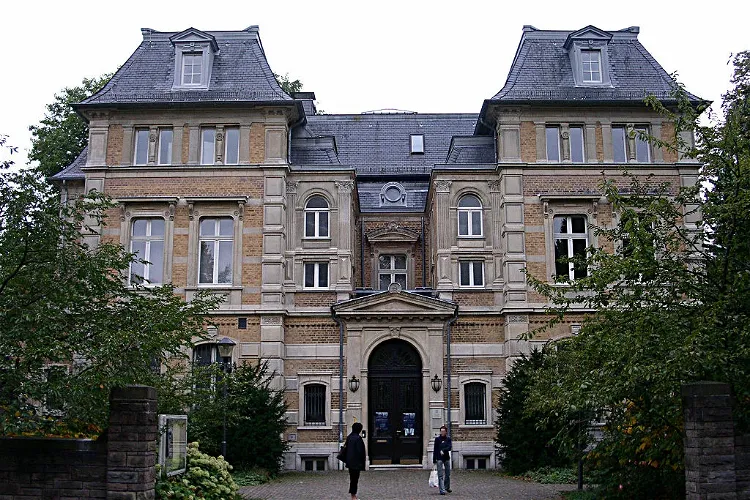
Kunstmuseum Villa Zanders
Bergisch GladbachVilla Zanders, located in Bergisch Gladbach in the Rheinisch-Bergischen Kreis of North Rhine-Westphalia, is a former industrialist villa that belonged to the Zanders family. This three-story brick building is structured with natural stone in the style of the French Renaissance. The villa was built in 1873-1874 for Maria Zanders, the widow of Carl Richard Zanders, and was originally situated in the middle of a small park, of which only remnants remain.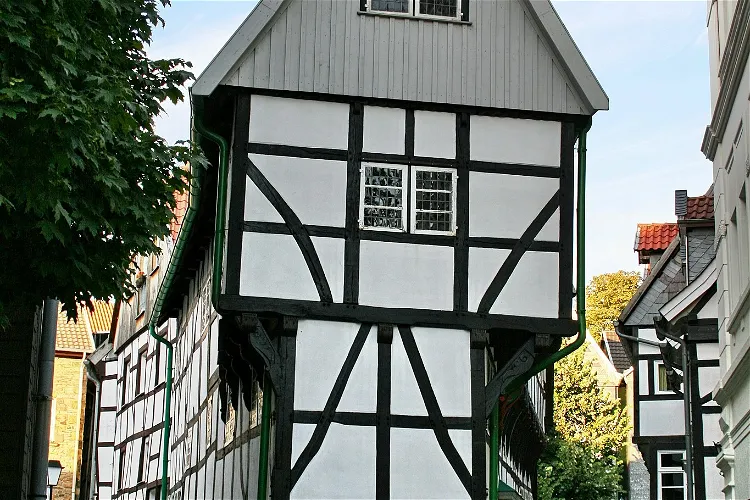
Bügeleisenhaus
HattingenThe Bügeleisenhaus, located in the old town of Hattingen in the southern Ruhr area, is a half-timbered house built in 1611. Its unique shape, reminiscent of an iron, has given it its name. This distinctive shape is a result of the house's location at the intersection of two alleys.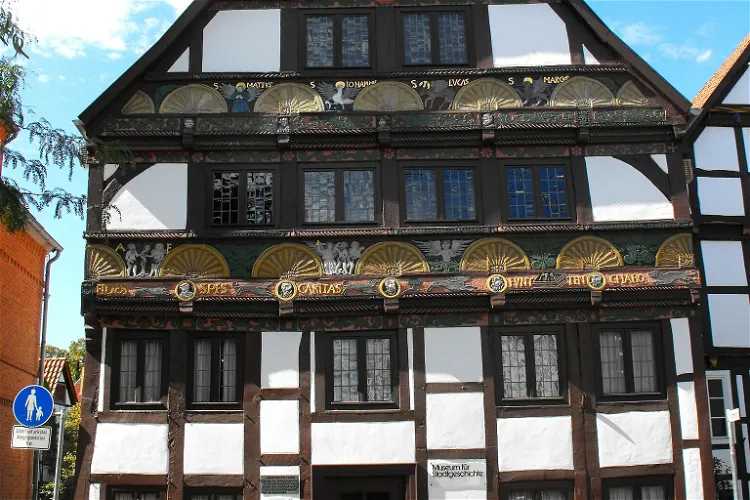
Adam- und Eva-Haus
PaderbornThe Adam-und-Eva-Haus, situated at Hathumarstraße 7, is recognized as one of the oldest and most intricately decorated half-timbered houses in Paderborn that still stands today. This three-story gabled house, built around 1560, is particularly known for its rich carvings on the friezes of the gable front. The most impressive of the three ornamental and figurative friezes is the lower one, which gave the house its name. It tells the story of Adam and Eve's fall from grace, from left to right, ending with their expulsion from paradise.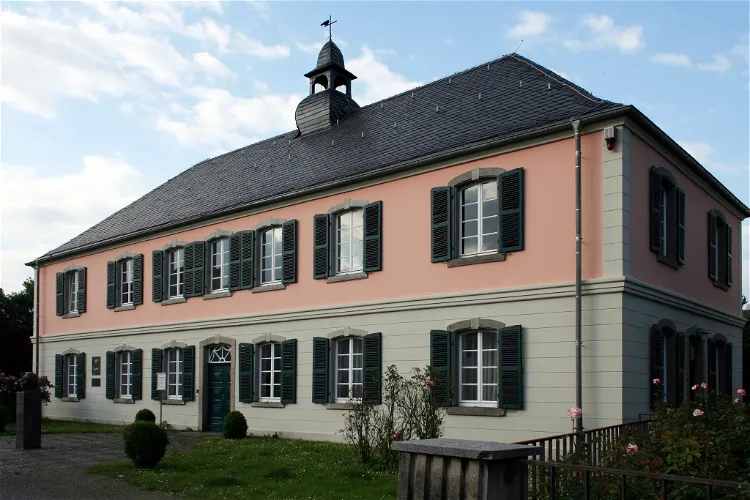
Schumannhaus Bonn
BonnThe Schumannhaus Bonn is a significant site in the history of classical music, as it is the house where the renowned German composer Robert Schumann spent his last days. Located in the Endenich district of Bonn, this house is a must-visit for anyone interested in the life and works of Schumann.
Henriette-Davidis-Museum
Wetter (Ruhr)The Henriette-Davidis-Museum, which was inaugurated in 1994 in Wetter - Wengern, is dedicated to showcasing the life and work of Henriette Davidis, the most famous German cookbook author. The museum provides an in-depth look into the author's life, her contributions to the culinary world, and her influence on German cuisine.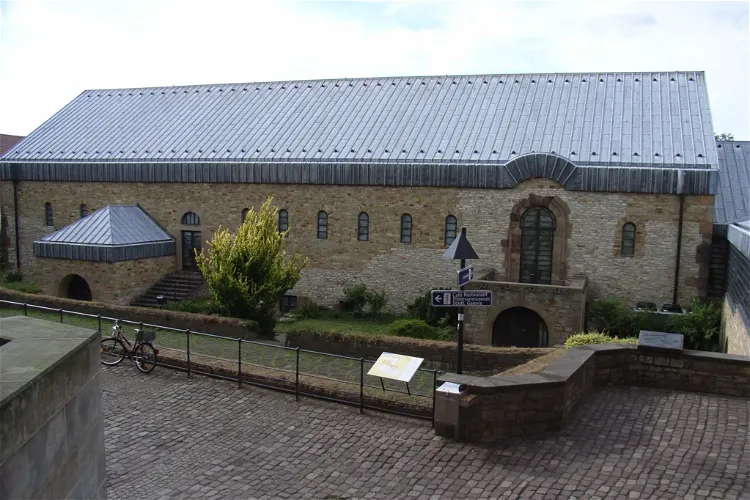
LWL-Museum in der Kaiserpfalz
PaderbornThe LWL-Museum in der Kaiserpfalz is situated in the East Westphalian city of Paderborn, in the North Rhine-Westphalia region of Germany. It is conveniently located near the city's cathedral, making it an accessible destination for tourists visiting the area.
Büchel-Museum Rote Burg
AachenThe Rote Burg is a historic residential building located in Aachen, specifically at Büchel, house number 14. It holds significant historical value and is recognized as a monument in the city of Aachen's monument list. This makes it a point of interest for tourists who are keen on exploring the rich history of Aachen.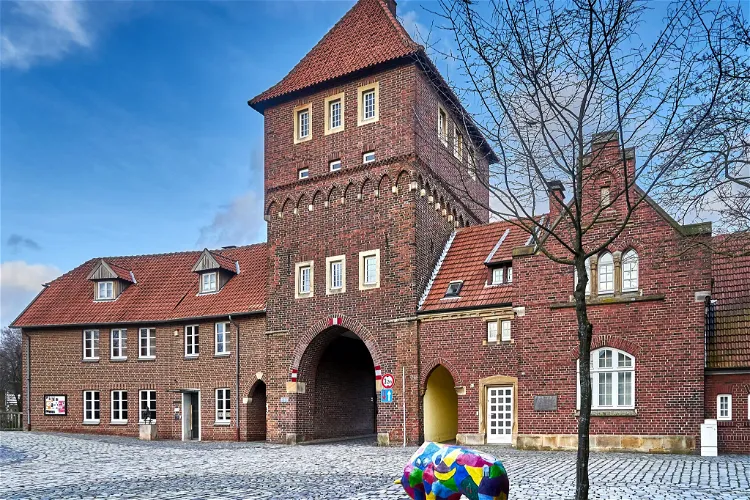
Walkenbrückentor
CoesfeldThe Walkenbrückentor is not just a historical monument, but also a cultural hub. Since 1988, it has been home to the Municipal Tower Gallery and the City Museum. The museum was thoroughly renovated and redesigned before its reopening under the name 'Das Tor' on January 29, 2012. It offers a unique insight into the city's history and culture.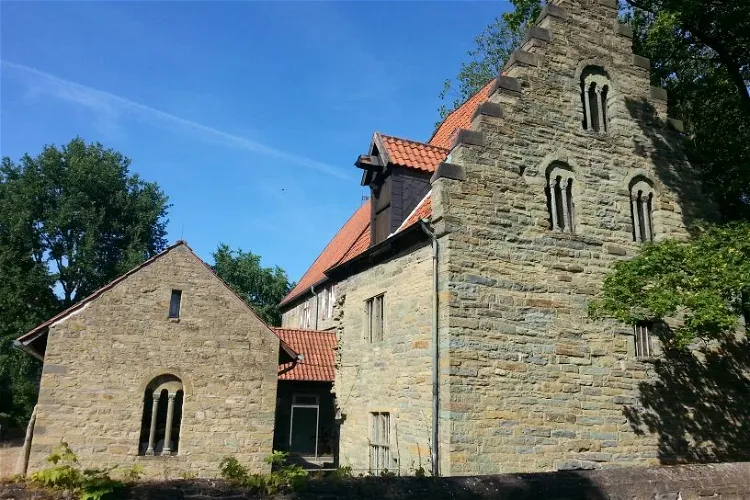
Burghofmuseum Soest
SoestThe Burghof is a historic patrician house located in Soest, which now houses a city history museum. This museum offers a deep dive into the rich history of the city, providing visitors with a unique opportunity to learn about the past. The Burghof also features a historic banquet hall, which adds to the charm and historical significance of the place.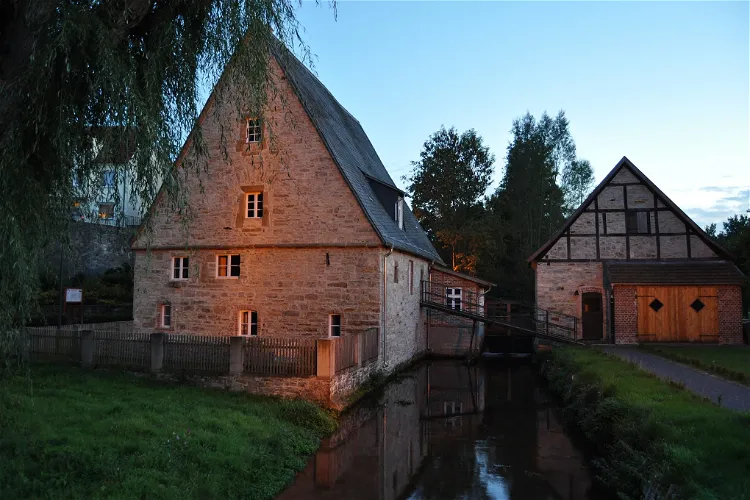
Mittel- und Bohrmühle
BürenThe Mittelmühle, located in Almetal, is one of the two ancient mills in Büren, Westphalia. It holds the distinction of being one of the few preserved color mills in the northern German region. This historical site offers a unique glimpse into the past, showcasing the traditional milling processes and the rich history of the region.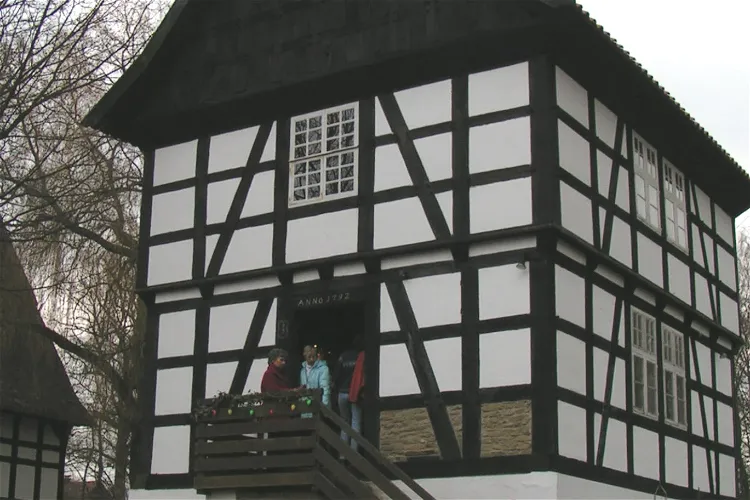
Museumshof Bad Oeynhausen
Bad OeynhausenThe Museumshof Bad Oeynhausen, a local museum in the East Westphalian spa town, was inaugurated in 1969. This museum serves as a testament to the rich history and culture of the region, providing visitors with a glimpse into the past.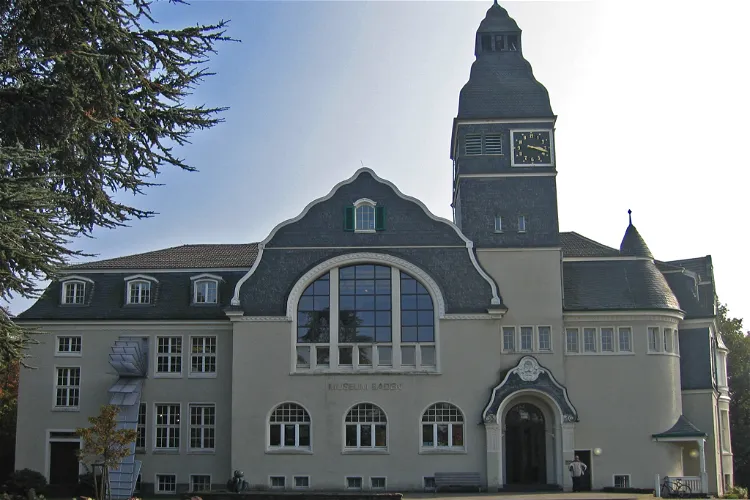
Solingen Art Museum
SolingenThe Solingen Art Museum, previously known as Museum Baden, is a significant cultural institution that has been operational since 1996. It is housed in the former town hall of Gräfrath, a building constructed in the Neuberg style between 1907 and 1908. The museum also includes a rear extension that was added between 1995 and 1996.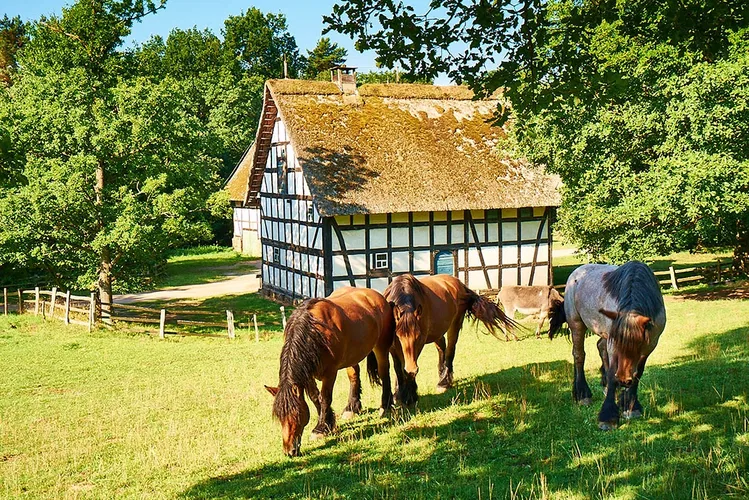
Kommern Open Air Museum
MechernichThe Kommern Open Air Museum, located in Kommern/Eifel, is recognized as one of the largest open air museums in Europe. It spans an impressive area of over 95 hectares and showcases approximately 67 historic buildings that originate from the Prussian Rhine Province. The museum is operated by the Rhineland Regional Association (Landschaftsverband Rheinland, LVR).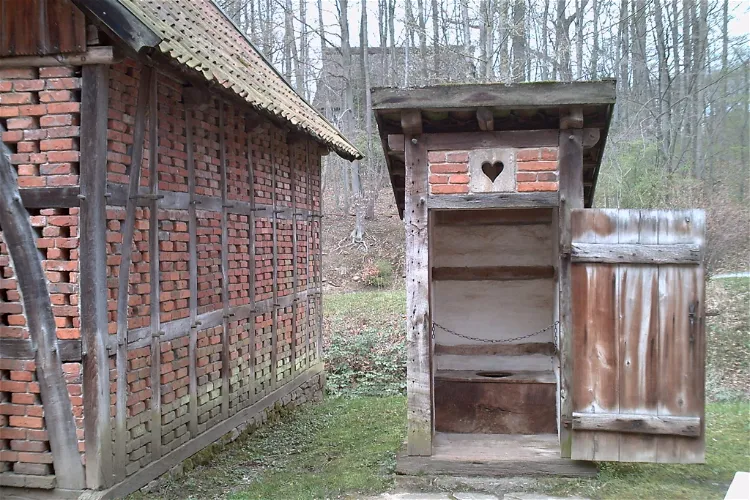
Open-Air Museum Detmold
DetmoldThe LWL Open-Air Museum Detmold, also known as LWL-Freilichtmuseum Detmold, is an open-air museum situated in the city of Detmold in Germany. This museum offers a unique opportunity to explore the rich history and culture of the region in an immersive outdoor setting.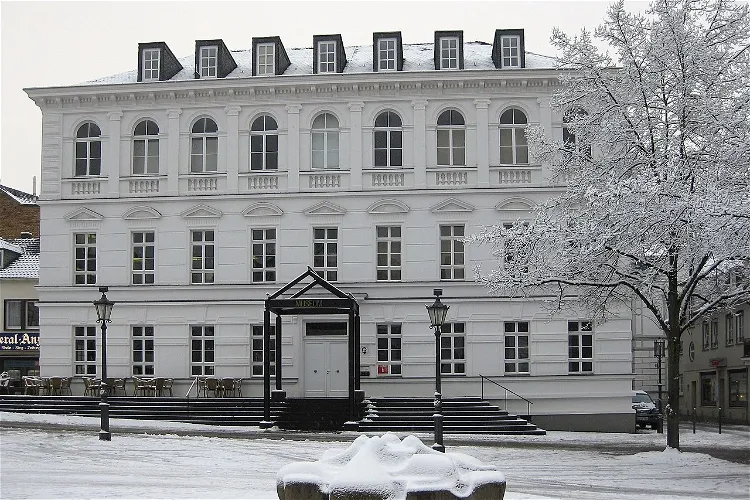
Stadtmuseum Siegburg
SiegburgThe Stadtmuseum Siegburg is a museum that focuses on archaeology, art, and cultural history. It provides a comprehensive documentation of the history of Siegburg, from its earliest times to the present day. The museum's exhibits cover a wide range of topics, making it a fascinating destination for anyone interested in learning more about the city's past.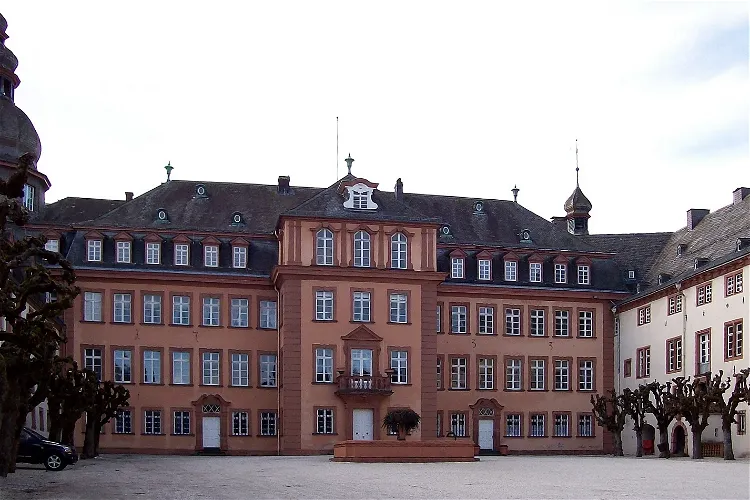
Schloss Berleburg
Bad BerleburgSchloss Berleburg, situated in the rural town of Bad Berleburg in Germany, is the official residence of the Princes of Sayn-Wittgenstein-Berleburg. This historic castle, with a history spanning over 600 years, is currently occupied by Gustav, the 7th Prince of Sayn-Wittgenstein-Berleburg. The castle's rich history and its royal residents make it a fascinating destination for tourists interested in history and royalty.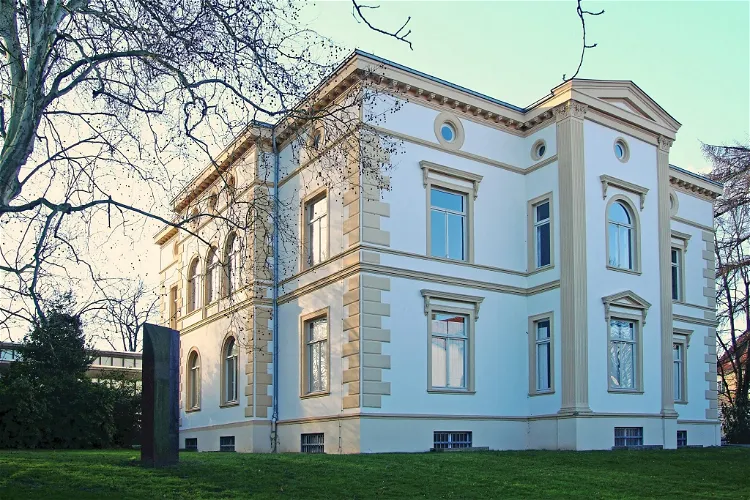
Daniel-Pöppelmann-Haus
HerfordThe Daniel-Pöppelmann-Haus is a city museum with an art association located in the East Westphalian city of Herford in North Rhine-Westphalia. Named after the architect Matthäus Daniel Pöppelmann, who was born in Herford, the museum is situated in Radewig, not far from the Gänsemarkt. The museum complex consists of the late classicist Villa Schönfeld, which houses a permanent city history exhibition, and a modern extension building made of exposed concrete, mainly used for changing art exhibitions.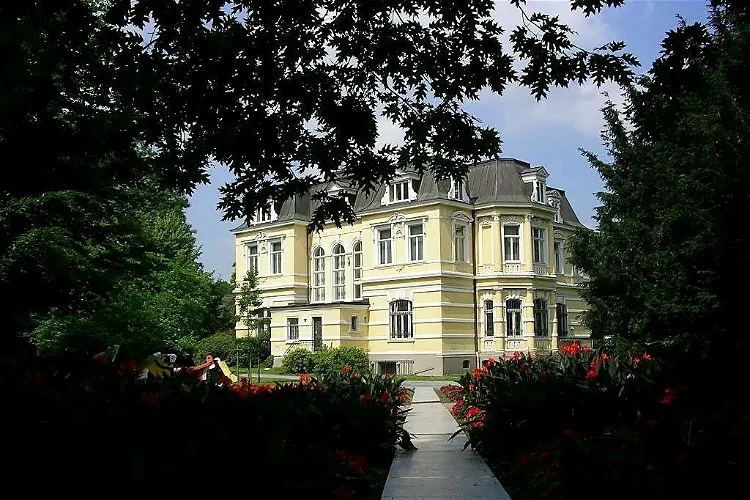
Villa Erckens - Museum der Niederrheinischen Seele
GrevenbroichToday, Villa Erckens is home to the permanent exhibition titled "Museum of the Lower Rhine Soul". This exhibition spans approximately 370 m² and provides an overview of the everyday life, culture, and mentality of the Lower Rhine region. Visitors can gain a comprehensive understanding of the region's history and culture through this exhibition.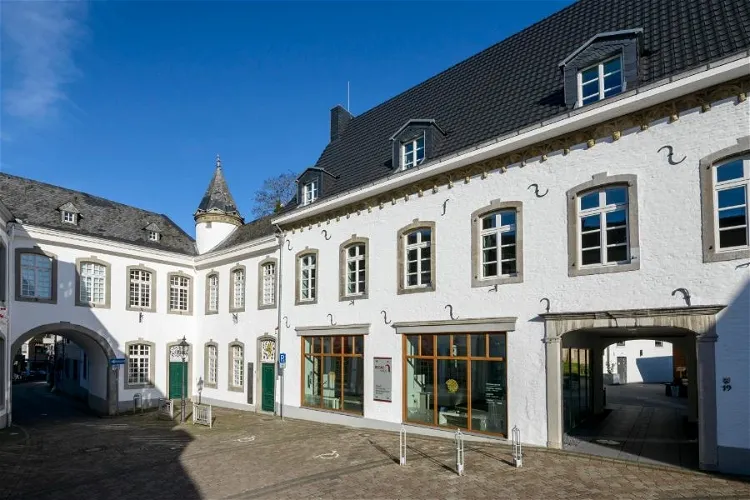
BEGAS HAUS - Museum für Kunst- und Regionalgeschichte Heinsberg
HeinsbergThe Begas Haus is the Museum for Art and Regional History in Heinsberg. It is named after the Begas family, a lineage of artists who were active over four generations. The patriarch of the family, Carl Joseph Begas, was born in Heinsberg in 1794. The museum is a testament to the family's artistic legacy and the regional history of Heinsberg.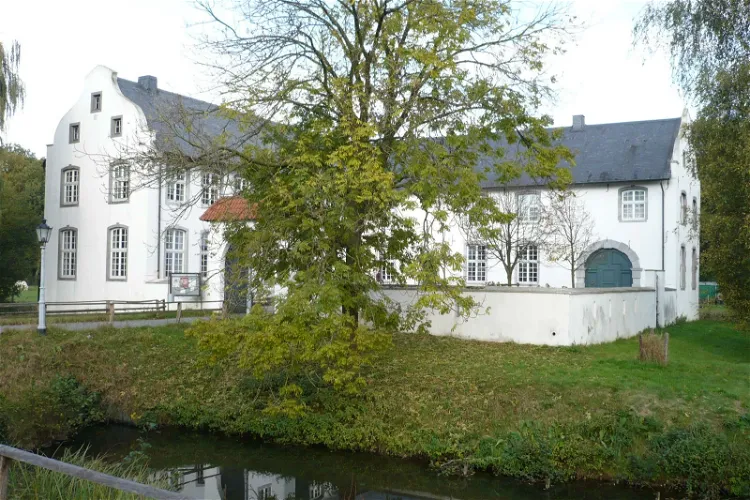
Dorenburg Open-Air Museum
GrefrathThe Niederrheinische Freilichtmuseum is a folkloric open-air museum that provides a glimpse into the rural and artisanal culture of the central Lower Rhine region. It is an excellent place for tourists who are interested in history and culture to learn about the traditional ways of life in this part of Germany.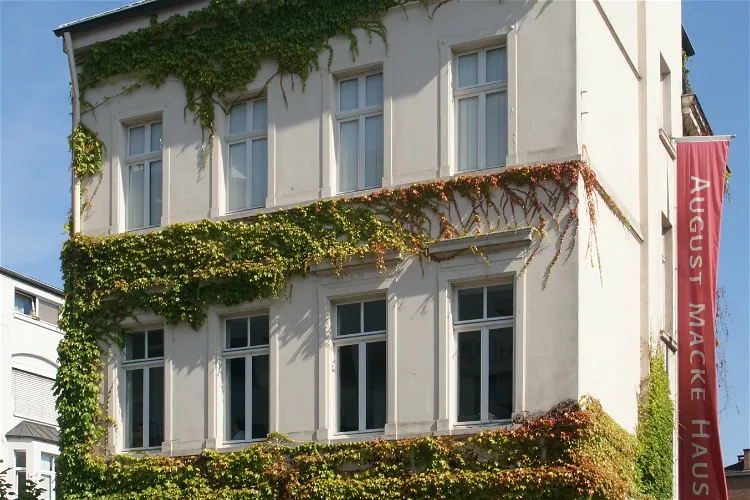
August Macke House
BonnThe August-Macke-Haus, also known as the August Macke House, is a museum located in Bonn, Germany. It was opened in 1991 and is dedicated to the life and works of the expressionist painter August Macke. The museum is housed in Macke's former residence, where he lived from 1911 to 1914. It offers a unique insight into the artist's life and his artistic journey.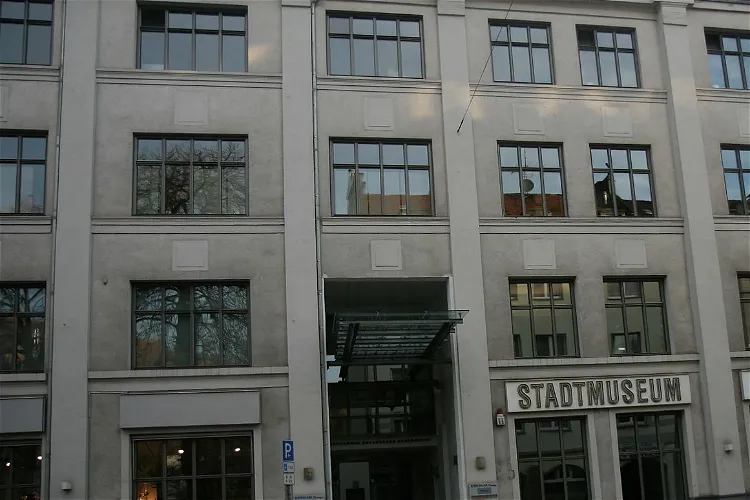
Stadtmuseum Hagen
HagenThe Stadtmuseum Hagen is a museum that focuses on the history of the independent Westphalian city of Hagen and the surrounding region. This includes the former counties of Mark and Limburg. The museum provides a comprehensive overview of the region's history, making it a valuable resource for those interested in understanding the area's past.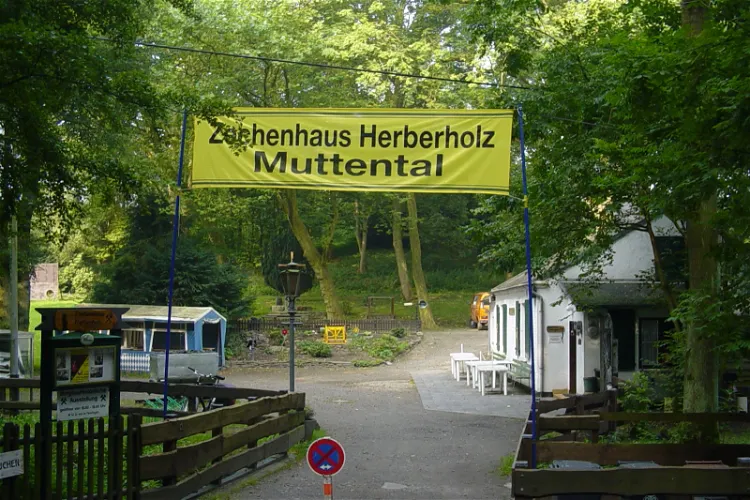
Zechenhaus Herberholz
WittenToday, the Zechenhaus Herberholz is the only remaining testament to the former Zeche Herberholz. The Zechenhaus Herberholz, built around 1875, served as the operational building for the Zeche Herberholz and Louisenglück mines. This preserved building provides a tangible connection to the past, allowing visitors to step back in time and experience the history of coal mining in the region.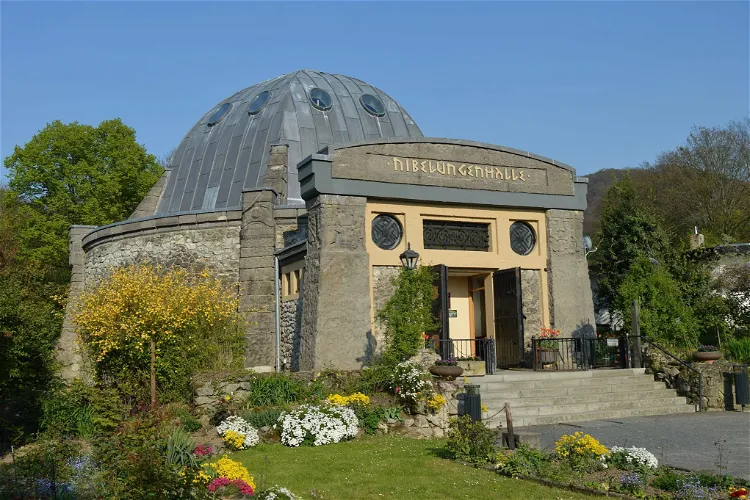
Nibelungenhalle
KönigswinterThe Nibelungenhalle is a unique dome structure located in the city of Königswinter, in the Rhein-Sieg district of North Rhine-Westphalia. It is situated on the path leading to the summit of the Drachenfels, a location steeped in legend where Siegfried is said to have slain a dragon. The hall houses a collection of paintings by Hermann Hendrich, which are based on Richard Wagner's opera cycle The Ring of the Nibelung and Wagner's Grail opera Parsifal.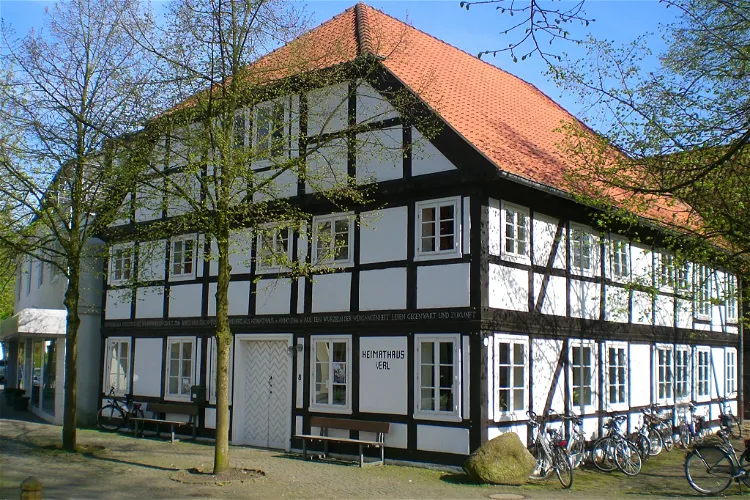
Heimathaus Verl
VerlThe Heimathaus Verl is a historical building that dates back to around 1615. Today, it is used by the local association of the city of Verl, located in the district of Gütersloh in North Rhine-Westphalia, for various cultural events. This includes readings, concerts, and art exhibitions, making it a vibrant hub of local culture and history.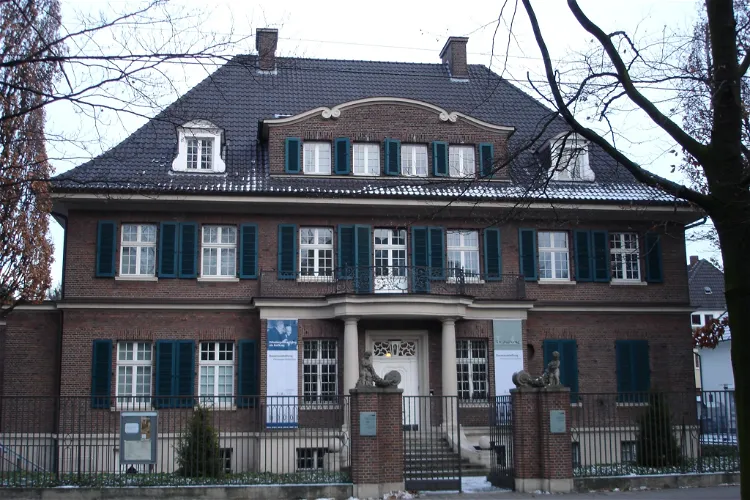
Villa ten Hompel
MünsterThe Villa ten Hompel, located in the city of Münster in the German state of North Rhine-Westphalia, serves as a memorial site. It is dedicated to the offenses committed by the police and government administration during the National Socialist period. This historical site provides a unique insight into the past, allowing visitors to learn about the role of the police and government administration during this time.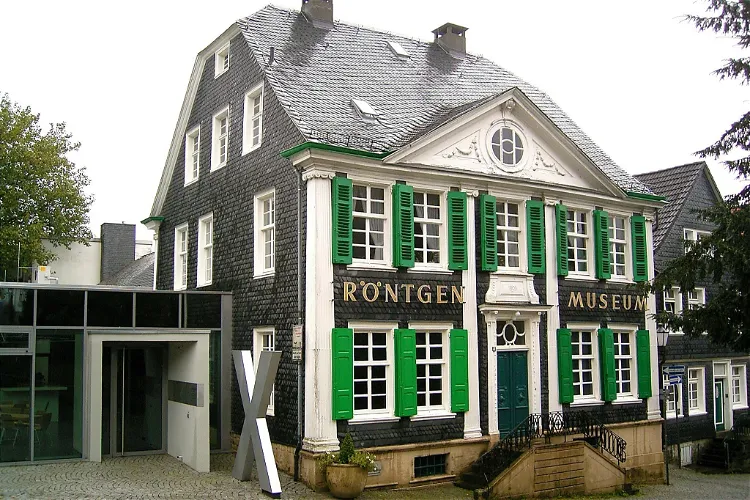
Röntgen-Museum
RemscheidThe Deutsches Röntgen-Museum is situated a short distance from the birthplace of the physicist Wilhelm Conrad Röntgen. It is housed in an old Bergisch patrician house at Schwelmer Straße 41 in Remscheid - Lennep, which has been expanded with several large additions. This location adds a historical context to the museum, making it a significant site for those interested in the life and work of Röntgen.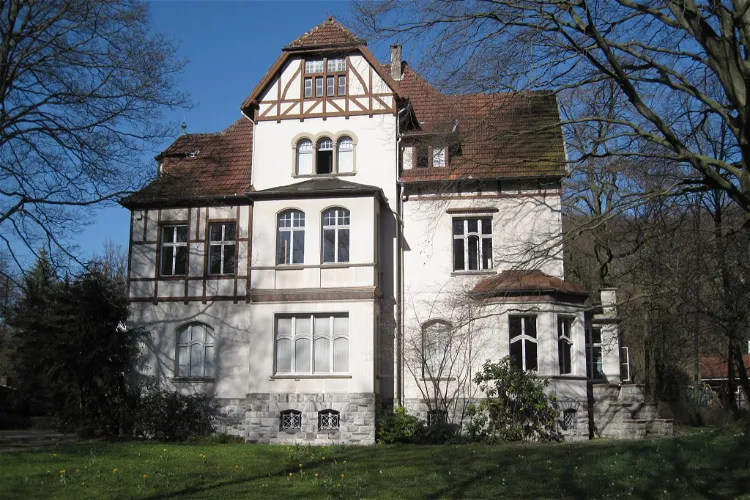
Felsenmeer Museum
HemerThe Felsenmeermuseum, which opened its doors in 1989, is a local museum located in Hemer. It is housed in the Villa Grah, a building constructed in 1902 and protected as a historical monument. This setting provides a unique backdrop for the museum's exhibits and adds to the overall experience of visiting the museum.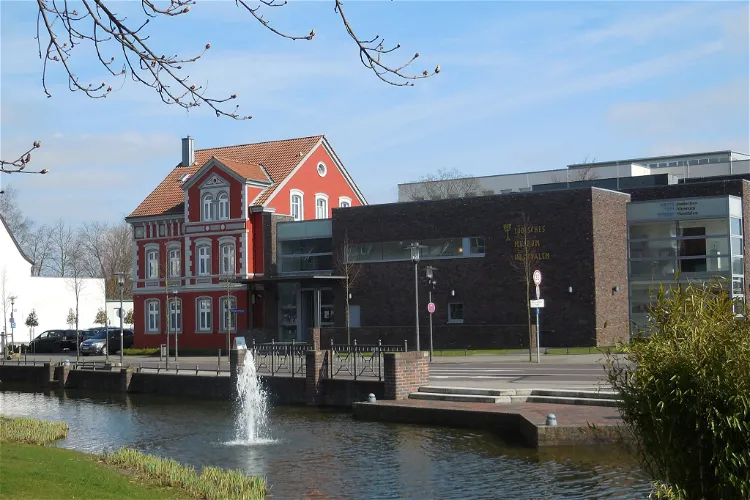
Jewish Museum of Westphalia
DorstenThe Jewish Museum of Westphalia in Dorsten is a cultural institution that showcases the religion and culture of Jews in Germany, with a special focus on the history of Judaism in Westphalia. The museum provides a comprehensive insight into Jewish life, traditions, and history, making it a valuable destination for those interested in understanding the Jewish heritage in this region.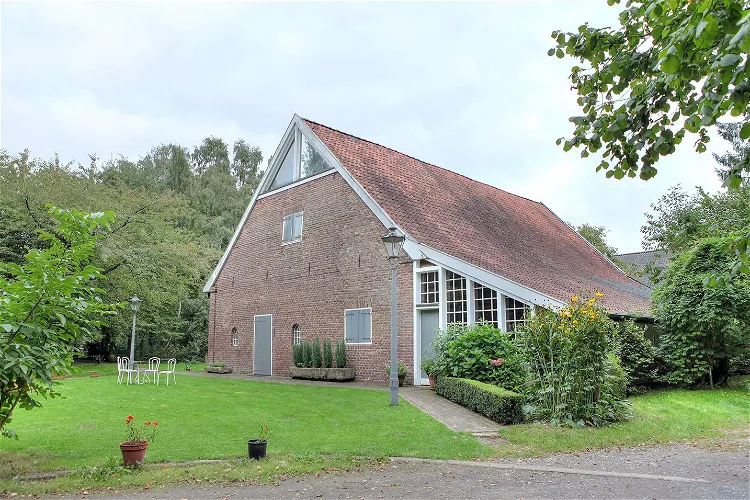
Otto-Pankok-Museum
HünxeThe Otto-Pankok-Museum is situated in the Drevenack district of the municipality of Hünxe, on the Haus Esselt estate. This location provides a serene and historical backdrop for the museum, making it an interesting destination for tourists interested in art and history.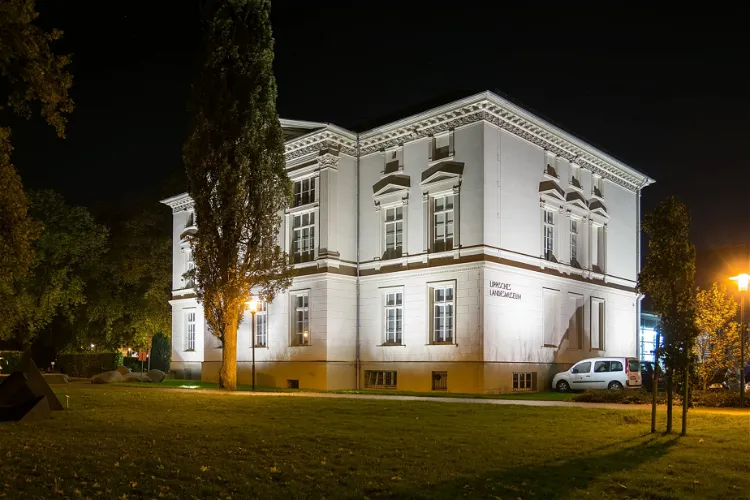
Lippisches Landesmuseum
DetmoldThe Lippisches Landesmuseum in Detmold holds the distinction of being the largest and oldest museum in Ostwestfalen-Lippe. This museum, supported by the Landesverband Lippe, is a significant cultural institution in the region, offering a wide range of exhibits and collections that span various fields of study.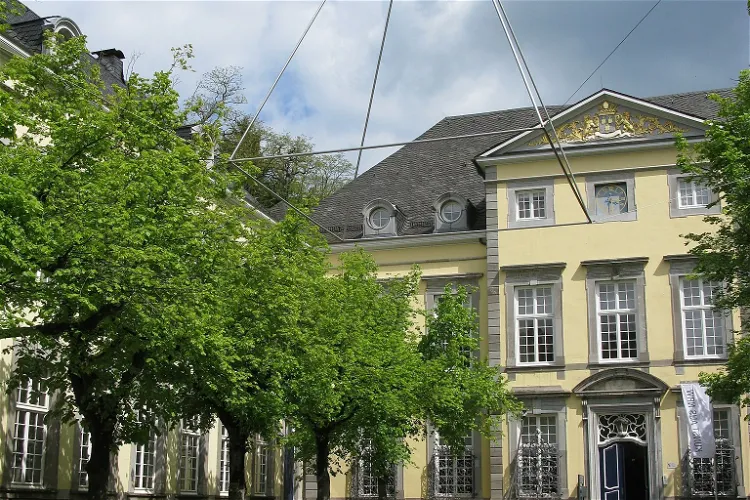
Kunsthaus Nordrhein-Westfalen Kornelimünster
AachenThe Kunsthaus Nordrhein-Westfalen Kornelimünster, previously known as Kunst aus NRW, is a notable venue for art enthusiasts. It features exhibitions of young artists from North Rhine-Westphalia, Belgium, and the Netherlands. Additionally, it houses a collection of promotional purchases in the field of visual arts from the state of North Rhine-Westphalia. This provides a unique opportunity for visitors to explore the works of emerging artists from these regions.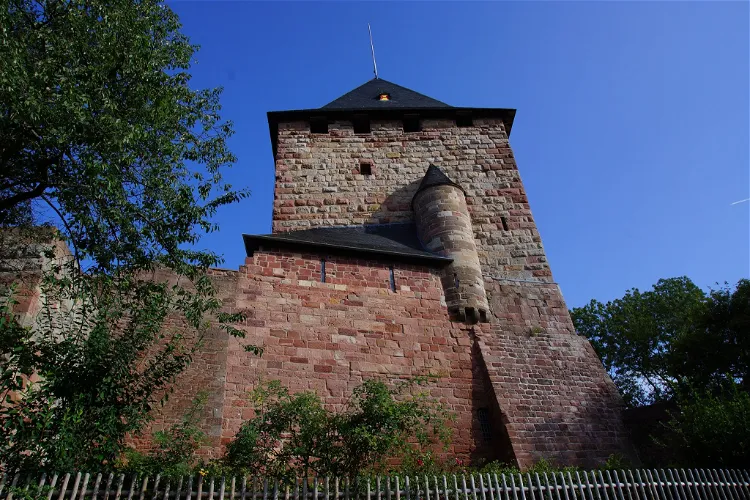
Castle Museum Nideggen
NideggenThe Castle Museum Nideggen is situated within the historic Nideggen Castle in the Düren district of North Rhine-Westphalia. This location provides a unique setting for the museum, enhancing the historical experience for visitors.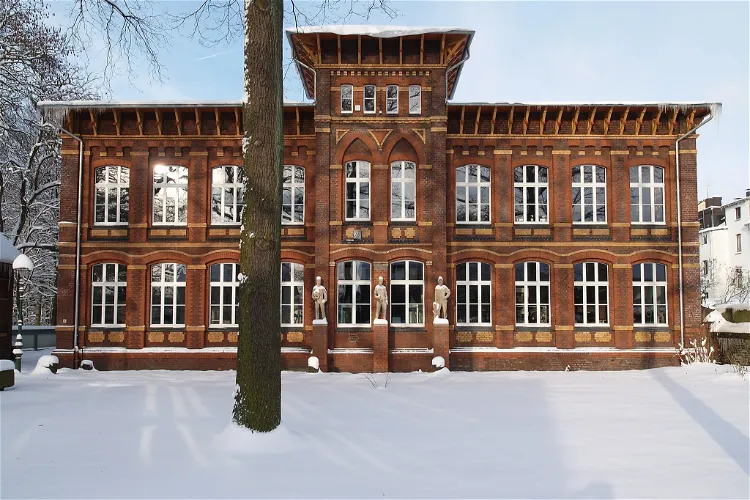
Heimatmuseum Unser Fritz
HerneThe Heimatmuseum Unser Fritz, located in Herne, is one of the three sites of the Emschertal Museum. This museum is dedicated to the social history of Herne and Wanne Eickel. It was established in the year 1926, coinciding with the founding of the city. This museum is a significant part of the city's cultural heritage and offers a deep dive into its social history.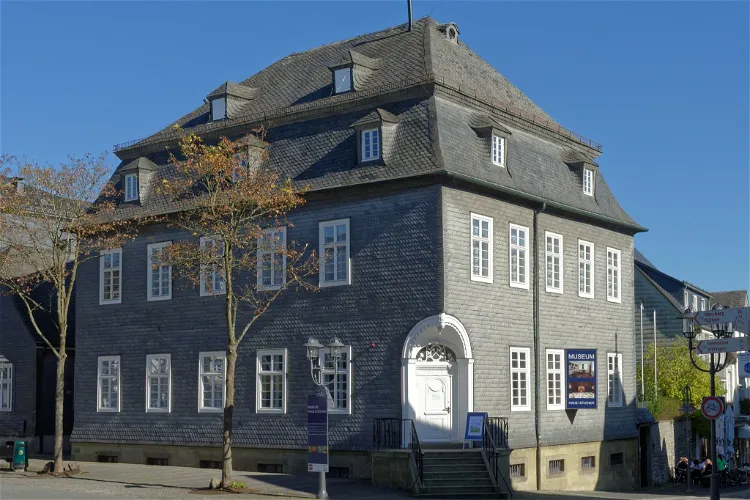
Museum Haus Hövener
BrilonThe Museum Haus Hövener is a local history museum situated in the historic and protected Haus Hövener in Brilon. This museum offers a deep dive into the history of the region, making it a fascinating destination for history enthusiasts.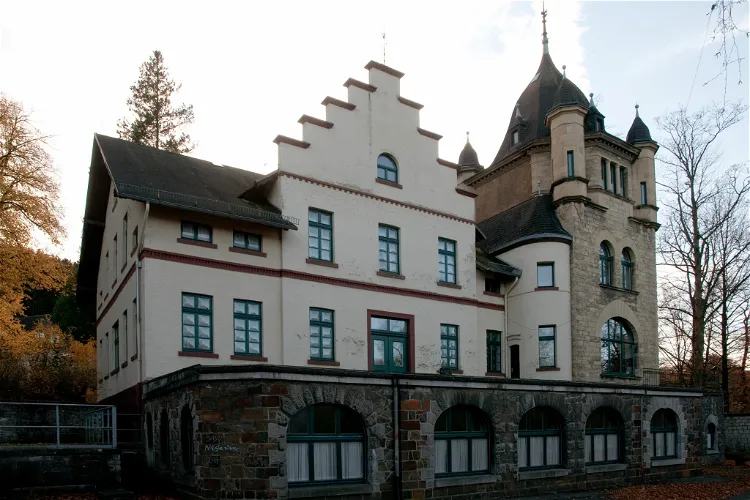
Dassel Mansion
WarsteinThe Dassel Mansion, located in Allagen which is now part of Warstein, Germany, is a 19th-century mansion. This historical building offers a glimpse into the architectural style and lifestyle of the 19th century. It was originally commissioned by quarry owner and manufacturer Victor Röper as his main residence and the office building for his companies.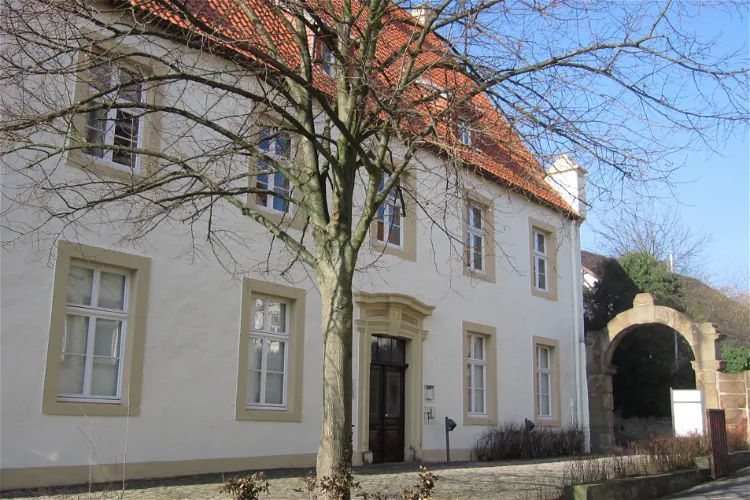
Museum im Stern
WarburgThe Museum im Stern, established in 1968, is the city museum of Warburg. It is located in the Stern House, a former medieval nobleman's estate in Warburg's New Town. This historical setting provides a unique backdrop for the museum's collections and exhibitions.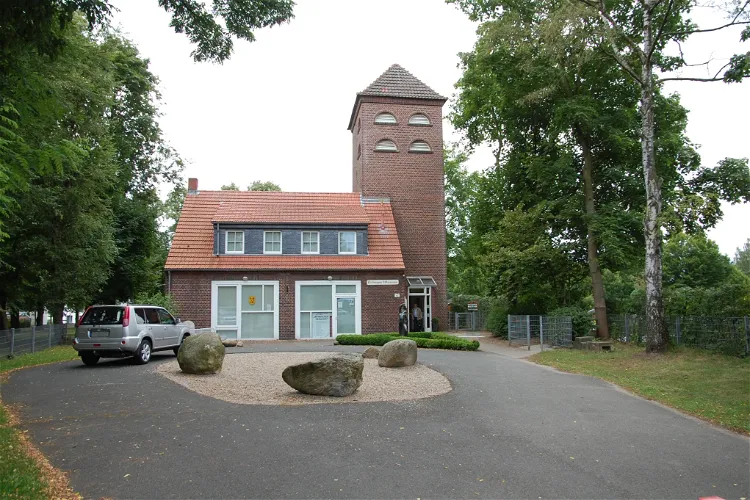
Hiltruper Museum
MünsterThe Hiltruper Museum, situated in the Hiltrup district of Münster, is a Westphalian local history museum. It was established in 1984 by the local history association, Heimatfreunde Hiltrup. This museum is a testament to the rich history and culture of the region, offering visitors a glimpse into the past.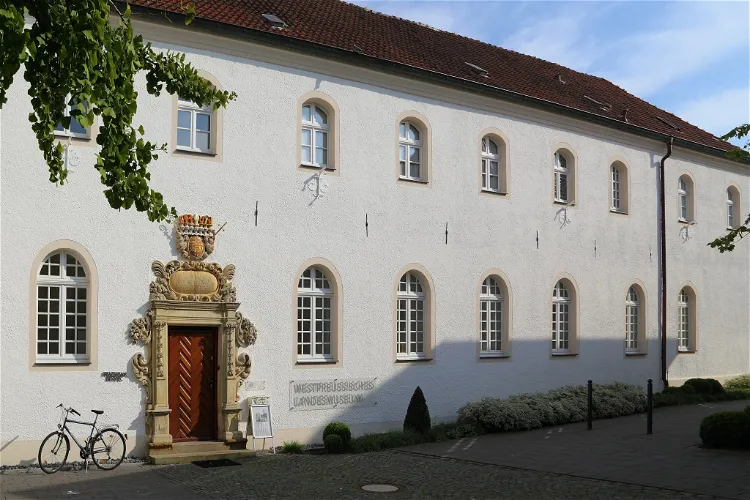
Westpreußisches Landesmuseum
WarendorfThe West Prussian State Museum, originally opened in 1975 in the historic Drostenhof in Münster-Wolbeck, has been located in the Franciscan monastery in Warendorf since the end of 2014. This relocation has allowed the museum to continue its mission of preserving and presenting West Prussian cultural heritage in a new and more accessible location.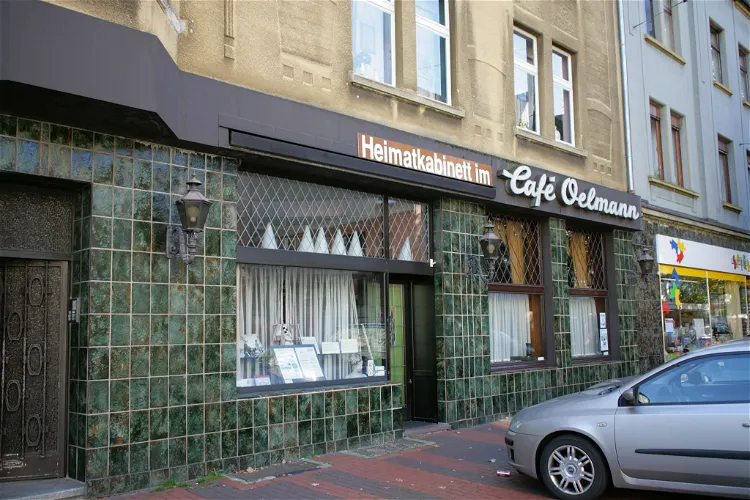
Heimatkabinett im Café Oelmann
HertenThe Heimatkabinett in the old Café Oelmann is a local history museum situated in the Westerholt district of Herten. This museum is a great place for tourists who are interested in learning about the local history and culture of the area.
Stadtmuseum Hattingen
HattingenThe Stadtmuseum Hattingen, located in the Blankenstein district, was opened in 2001. It is housed in the old administrative buildings that were built between 1840 and 1904. The museum is situated in the heart of the village, in close proximity to the Blankenstein Castle and Gethmannschen Garten, making it a convenient location for tourists to visit.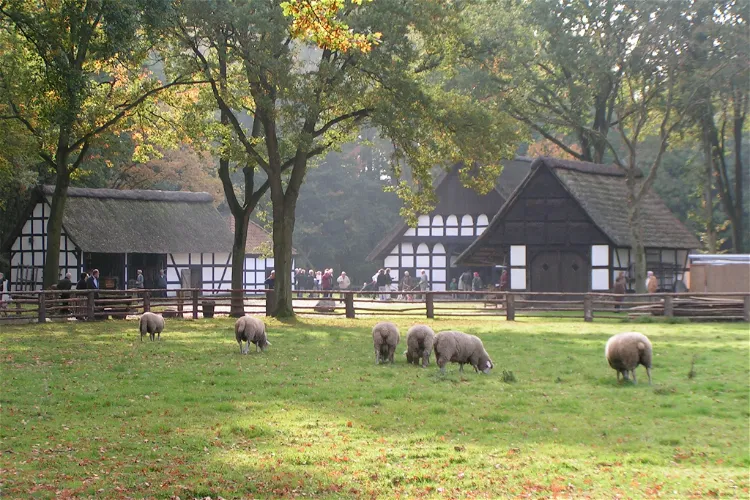
Museumshof Rahden
RahdenMuseumshof Rahden is an open-air museum situated in the city of Rahden, within the Ostwestfalen district of Minden-Lübbecke in North Rhine-Westphalia. This location provides a unique cultural experience, offering a glimpse into the regional rural lifestyle of the 19th century.
Brückenhofmuseum
KönigswinterThe Brückenhofmuseum is a local history museum situated in Oberdollendorf, a district of the city of Königswinter in the Rhein-Sieg district of North Rhine-Westphalia. The museum began its operation in 1991 in the former winery "Brückenhof" (Bachstraße 93), a half-timbered house dating back to the 17th century. This location offers a unique historical setting for the museum's exhibits.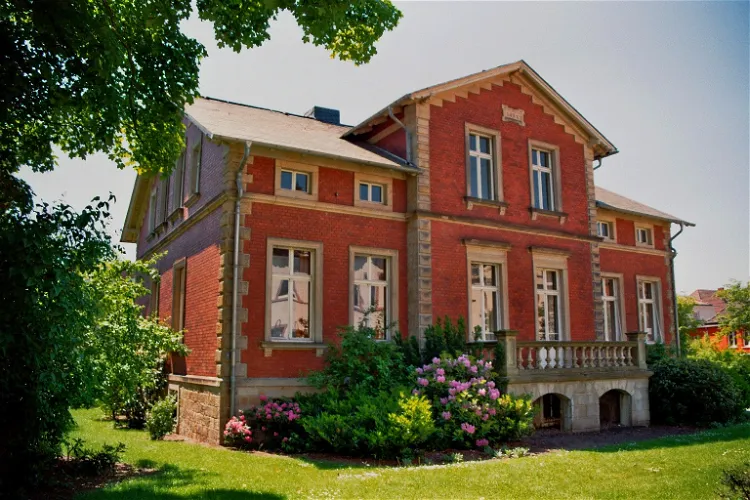
Ibbenbüren City Museum
IbbenbürenThe Ibbenbüren City Museum is a city and local history museum that focuses on the history and development of the city of Ibbenbüren in Tecklenburger Land. It provides a comprehensive overview of the city's past, making it a valuable resource for those interested in learning more about the region's history.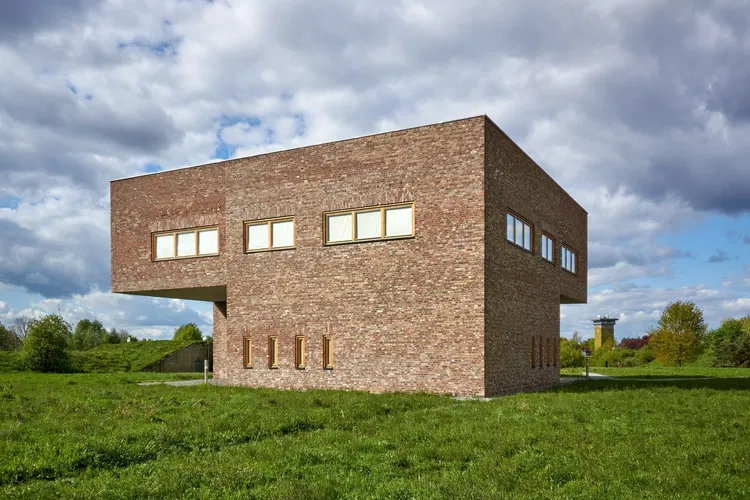
Raketenstation Hombroich
NeussRaketenstation Hombroich is a museum area located near Holzheim in the city of Neuss. It is owned by the Insel Hombroich Foundation and offers a unique blend of art, architecture, and nature. The museum is situated on a former NATO missile site, adding a historical dimension to its appeal.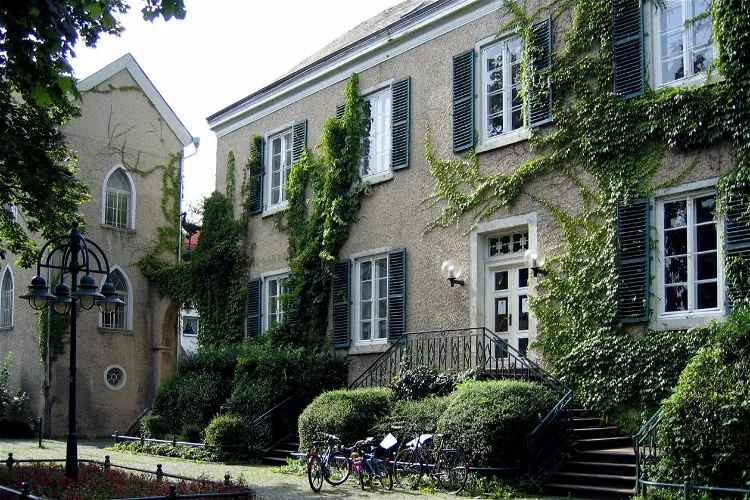
Haus Letmathe
IserlohnIn 2008 and 2009, Haus Letmathe underwent a major renovation, which included making the building accessible for people with disabilities. This renovation has ensured that the building can be enjoyed by all visitors, regardless of their physical abilities. The renovation has also helped to preserve the building's historical features, ensuring that it continues to provide a glimpse into the past for future generations.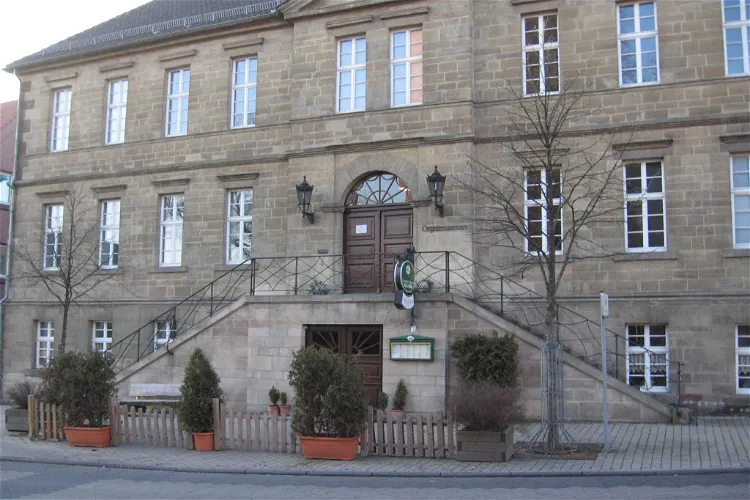
Orgelmuseum
BorgentreichThe Orgelmuseum Borgentreich, established in 1980, holds the distinction of being the first organ museum in Germany. This historical significance adds to the unique charm of the museum, making it a noteworthy destination for those interested in music and history.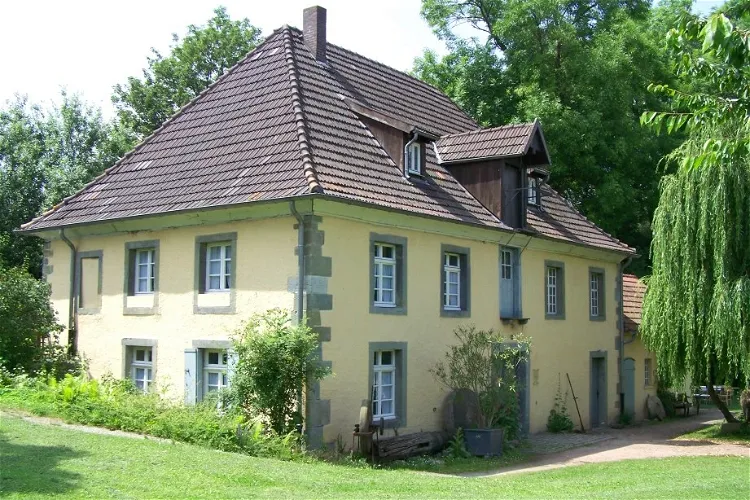
Schäferkämper Wassermühle
ErwitteThe Schäferkämper Wassermühle has a rich history dating back to 1748 when it was first built. It served as a commercial milling operation until 1933. After the death of the last owner in 1989, the mill was acquired by the North Rhine-Westphalia Foundation. With the support of the foundation, the local history friends of Bad Westernkotten restored the mill and transformed it into a museum. This historical transformation adds to the mill's appeal for tourists interested in local history and culture.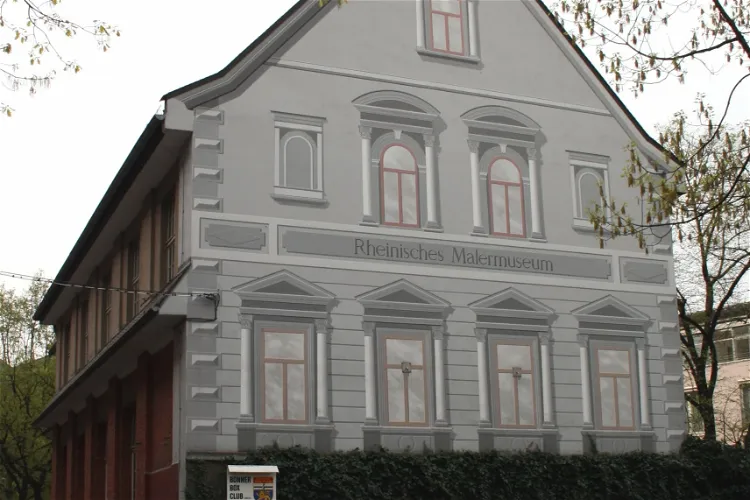
Rheinisches Malermuseum
BonnThe Rheinisches Malermuseum is an art museum located in Bonn, Germany. It was established in the year 1985 by a private association. The museum is known for its exhibits on forgotten artistic techniques and tools of the painter, providing a unique insight into the history of painting.
Anna Katharina Emmerickhaus
CoesfeldThe Anna-Katharina-Emmerick-Haus is a significant site as it is a reconstruction of the birthplace of the blessed Anna Katharina Emmerick. It serves as a museum-like memorial site, offering visitors a glimpse into the life and times of this revered figure. The house is located at the original site, adding to its historical authenticity.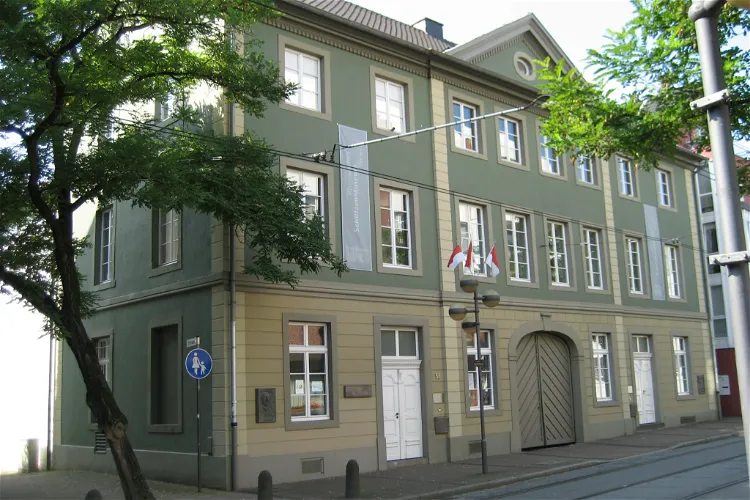
Haus Rottels
NeussHaus Rottels, located on Oberstraße in Neuss, is a former monastery building that was transformed into a residence by the affluent manufacturer and soap boiler, Franz Rottels, around 1820. The building also housed a soap production facility, adding to its historical significance.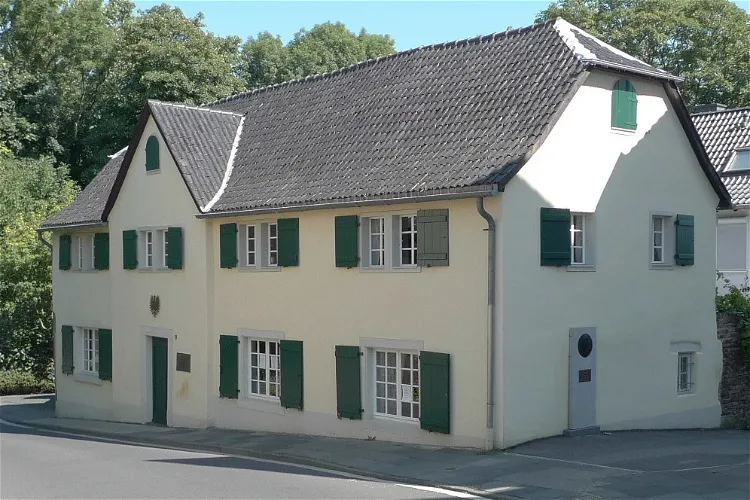
Bürgermeister-Stroof-Haus
BonnThe Bürgermeister-Stroof-Haus, also known as Stroof’sches Haus or Haus Stroof, was the residence and office of the first Vilicher mayor Leonhard Stroof (1757–1825). This historical building served as the official residence of the mayor until 1896 when the office was moved to Beuel. The house is a significant architectural monument in the Bonn region due to its Rhineland half-timbered construction.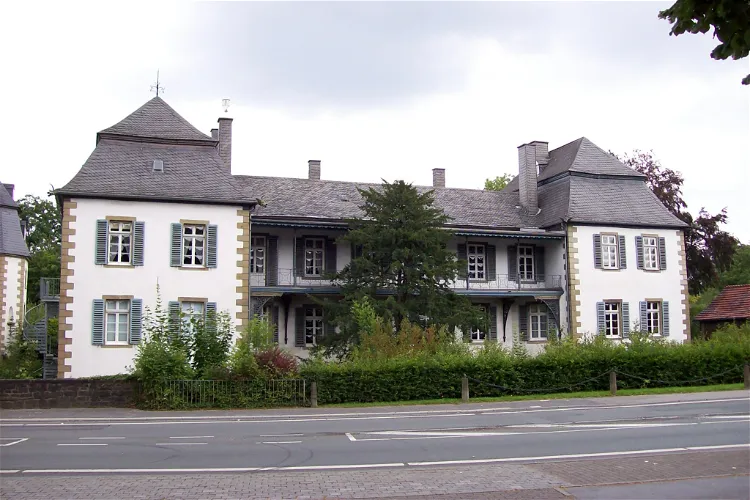
Städt. Museum Haus Kupferhammer
WarsteinHaus Kupferhammer, located in the heart of Warstein, is a significant cultural center. Since 1962, it has been home to the city museum, offering visitors a glimpse into the rich history and culture of the region.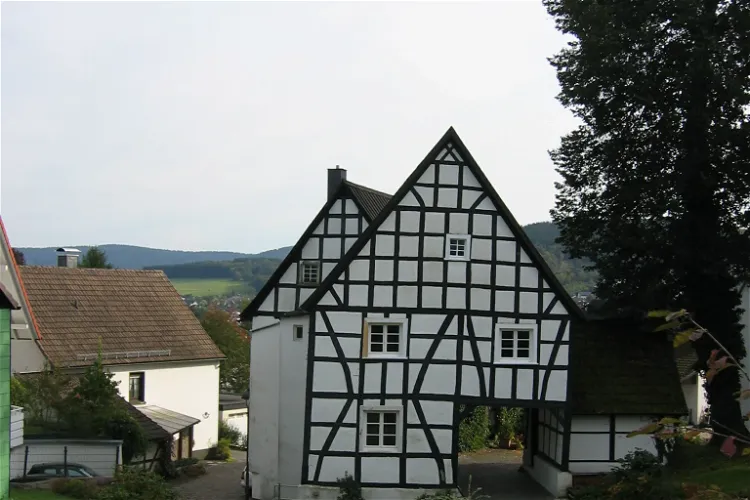
Heimatmuseum Spieker
HerscheidThe Spieker is one of the oldest buildings in Herscheid, a fact that adds to its historical significance. The name 'Spieker' translates to 'storage', which is indicative of its original purpose. This building was used by the church to store natural goods, making it a significant part of the town's history.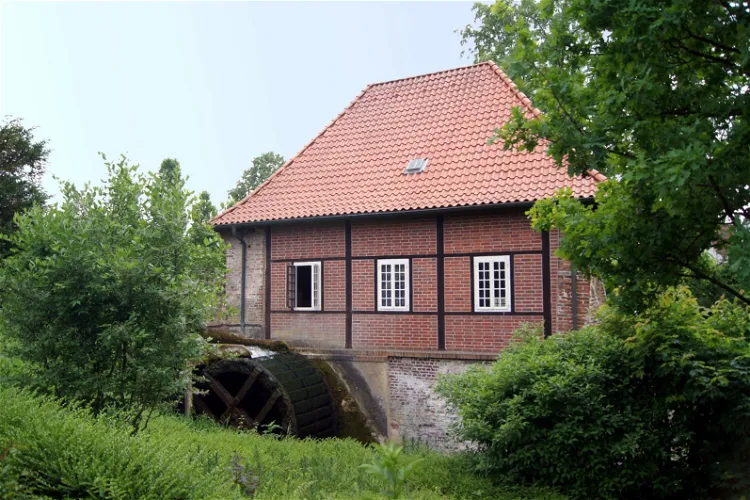
Bischofsmühle
CoesfeldThe Bischofsmühle is a unique watermill located in Coesfeld, characterized by its overshot water wheel. This type of water wheel is a significant feature of the mill, as it is powered by the weight of water falling from above, rather than from the flow of water underneath. This makes the Bischofsmühle a fascinating site for those interested in historical engineering and architecture.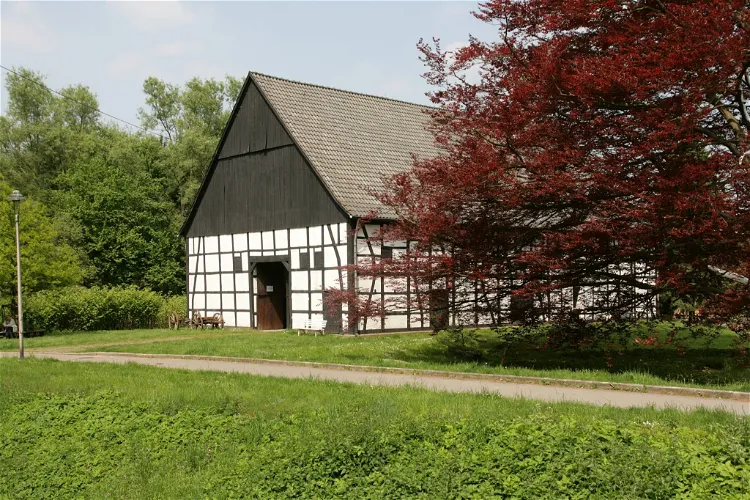
Bauernhausmuseum der Stadt Bochum
HattingenThe Bauernhausmuseum der Stadt Bochum is situated in close proximity to the Wasserburg Haus Kemnade in Hattingen. This location makes it an ideal destination for tourists who are interested in exploring the historical and cultural aspects of the region. The museum is easily accessible and offers a unique insight into the rural life of the 18th century.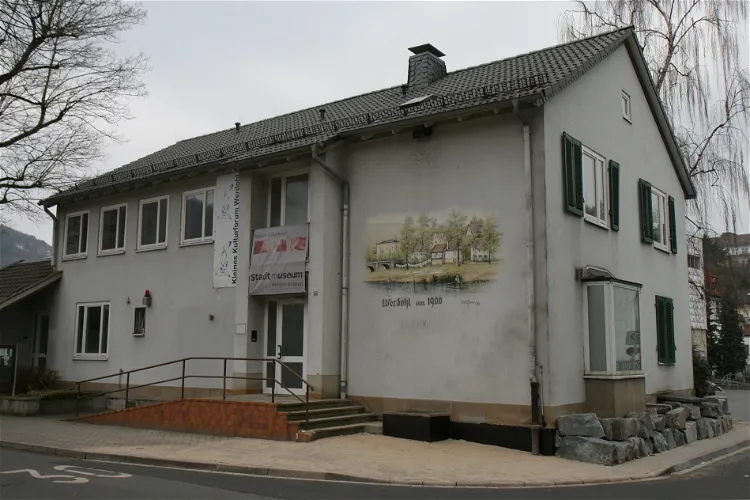
Stadtmuseum Werdohl
WerdohlThe Stadtmuseum Werdohl, a local history museum, was first opened to the public on April 30, 1989. This museum is located in the city of Werdohl, providing visitors with a deep dive into the local history and culture of the area.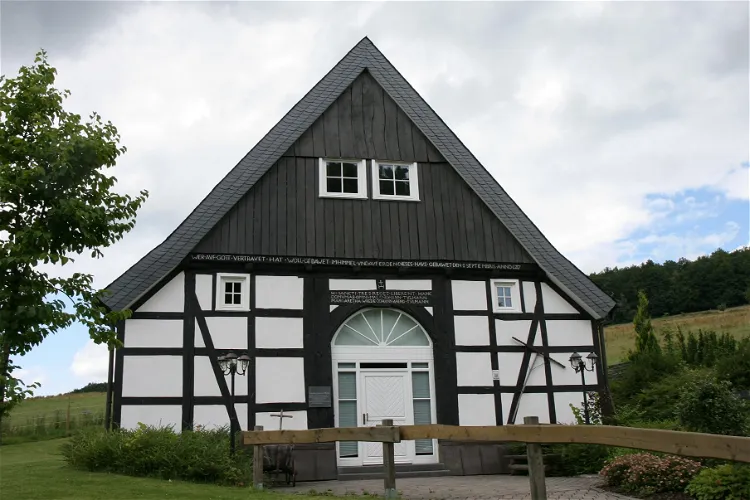
Heimatmuseum Alte Mühle
GevelinghausenThe Heimatmuseum "Alte Mühle" is situated in the Gevelinghausen district of the city of Olsberg. This location is easily accessible and offers a unique opportunity to explore the rich history of the region.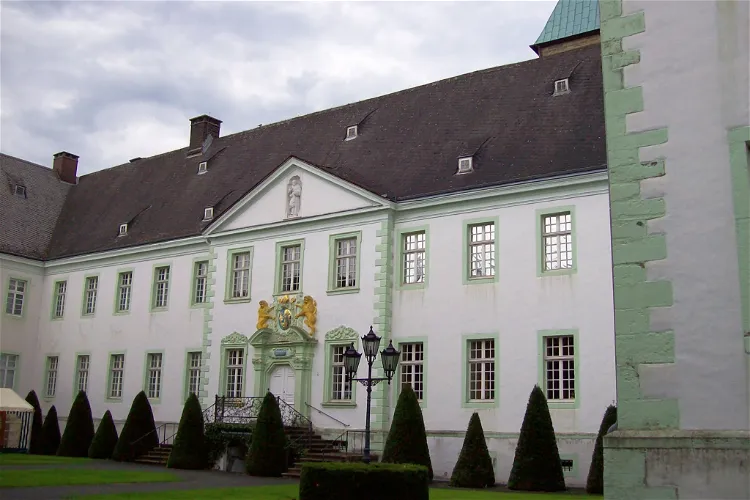
Museum Abtei Liesborn
LiesbornThe Museum Abtei Liesborn is a unique destination for art and cultural history enthusiasts. It is situated in the baroque abbot's residence of the former Liesborn Abbey of the Benedictines in Liesborn. This setting provides a rich historical backdrop for the museum's exhibits, adding to the overall visitor experience.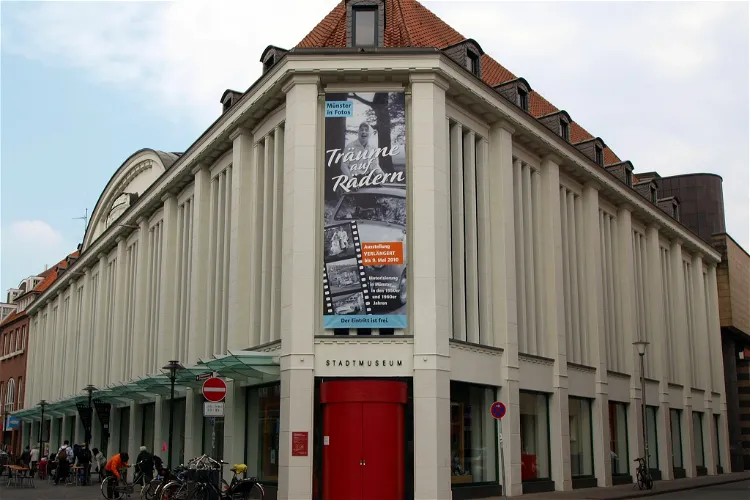
Stadtmuseum
MünsterThe Stadtmuseum Münster, established in 1979, is dedicated to the history of the city of Münster. It provides a comprehensive overview of the city's past, making it an interesting destination for those interested in learning about the city's history.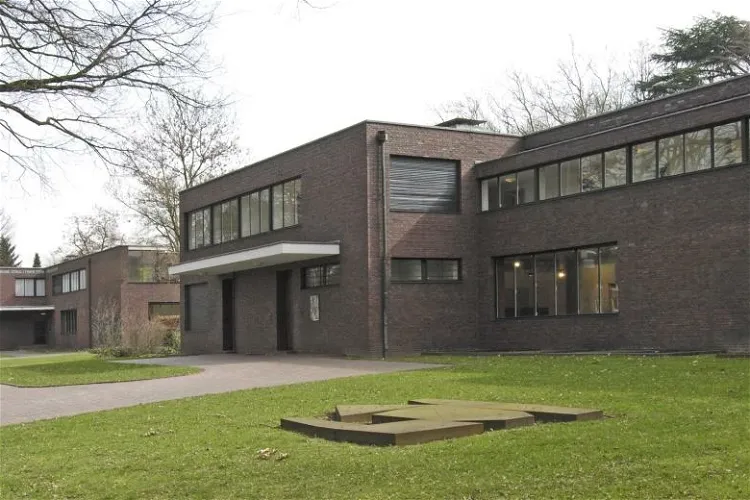
Haus Lange and Haus Esters
KrefeldHaus Lange and Haus Esters are two residential houses located in Krefeld, Germany. These houses were designed by the renowned architect Ludwig Mies van der Rohe for the German industrialists Hermann Lange and Josef Esters. The architectural design of these houses reflects the unique style of van der Rohe, making them a significant part of Krefeld's cultural heritage.- 72
Felsenkeller Brauereimuseum
MonschauThe Felsenkeller Brewery Museum has a rich history dating back to 1847 when beer brewer Wilhelm Braun purchased the "Grüneburg" at the "Röetgen". He expanded the existing brewery by adding a dining room and an open bowling alley, enhancing the visitor experience. 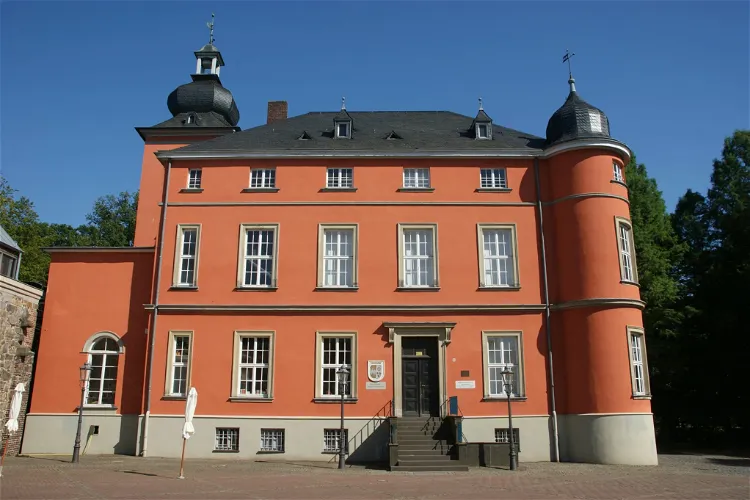
Bilderbuchmuseum
TroisdorfThe Bilderbuchmuseum in Troisdorf is a unique institution in Europe, dedicated to the display of artistic picture book illustrations, historical and modern picture books, as well as artist books. This makes it a distinctive destination for those interested in the art of illustration and the history of picture books.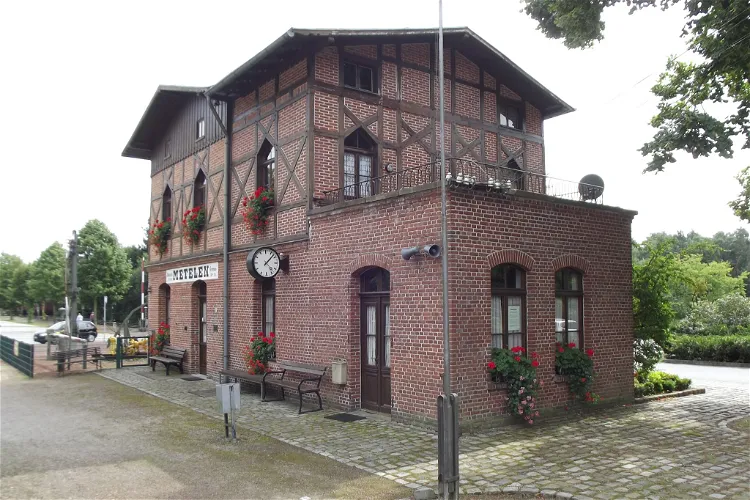
Eisenbahnmuseum Metelen Land
MetelenThe Eisenbahnmuseum Metelen Land is situated on the Münster–Enschede railway line (route 407). Since 1986, it has been operated and maintained by the Eisenbahn-Interessengemeinschaft Metelen e. V. (EIG). This museum offers a unique insight into the history and operation of the railway in this region.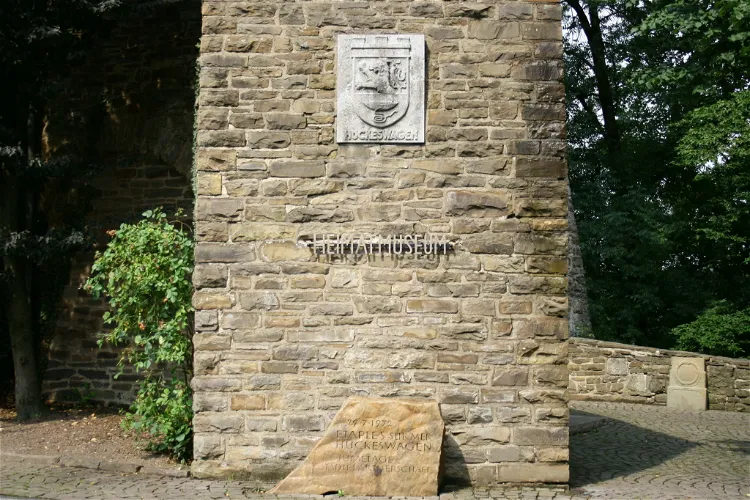
Heimatmuseum Hückeswagen
HückeswagenThe Heimatmuseum Hückeswagen is situated in the eastern hall building of the Hückeswagen Castle. This location adds a historical charm to the museum, making it a unique destination for tourists interested in history and architecture.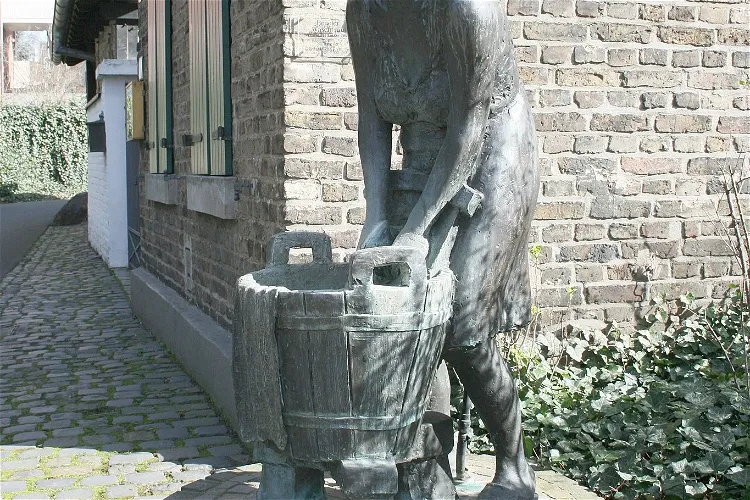
Heimatmuseum Beuel
BonnThe Heimatmuseum Beuel is situated in four buildings that form a closed courtyard. These buildings are located in the former Steinerstraße, which is now known as Wagnergasse. The unique architectural layout of the museum provides a distinctive setting for the exhibits.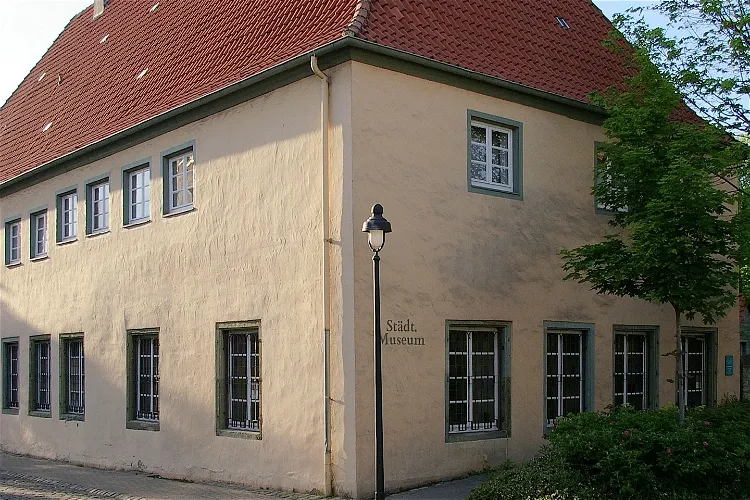
Städtisches Museum am Rykenberg
WerlThe Städtisches Museum Am Rykenberg – Wendelin-Leidinger-Haus is the local museum of the city of Werl. It is a place where visitors can learn about the history and culture of the city. The museum is named after Wendelin Leidinger, who was a local historian and caretaker of the house for many years.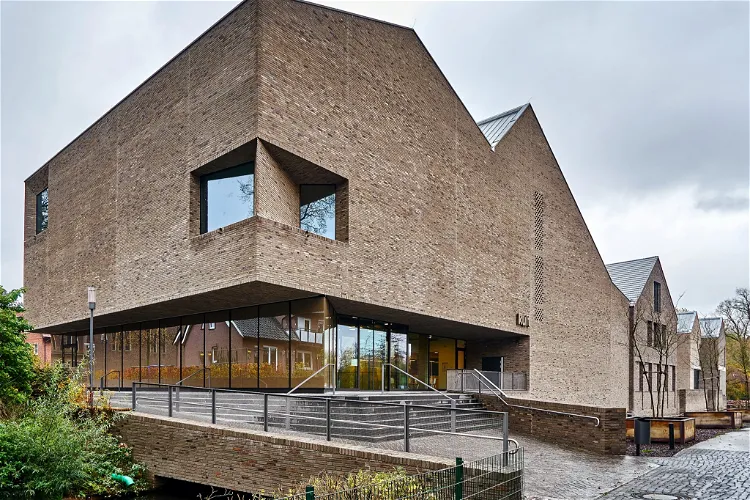
Kulturhistorische Zentrum Westmünsterland
VredenThe Kulturhistorische Zentrum Westmünsterland, also known as kult, is a multi-faceted institution located in the city of Vreden, under the jurisdiction of the Borken district. This center is home to a museum, the Landeskundliche Institut Westmünsterland, the district archive, and the city archive of Vreden. In addition to these, it also houses seminar rooms, the Landeskundliche library, and a reading room. This makes it a comprehensive hub for cultural and historical exploration.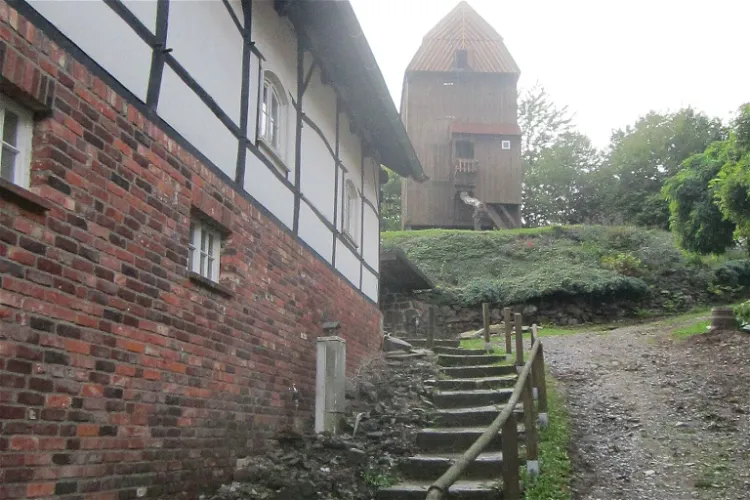
Mühlenhof Breckerfeld
BreckerfeldThe Mühlenhof Breckerfeld is a historical ensemble of buildings located in Breckerfeld, North Rhine-Westphalia. This unique collection includes a relocated post mill, a baking storage, a grain storage, a bee house, a bakery, a farmhouse, and a coffee shop with a farm shop. Each of these structures contributes to the overall historical and cultural significance of the site, offering visitors a glimpse into the past.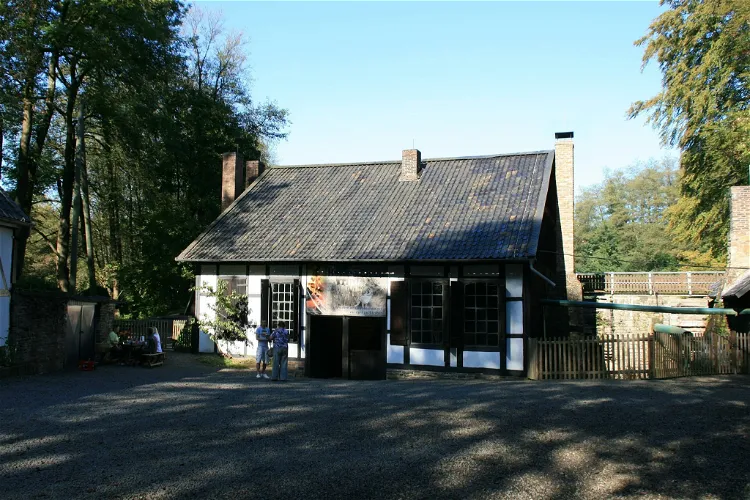
Oelchenshammer
EngelskirchenThe Oelchenshammer is a unique historical site located near Bickenbach in the Oberbergischer Kreis. It is one of the last remaining water-powered forges in the Rhineland, offering visitors a glimpse into the region's industrial past. The forge, along with the blacksmith's house, is now an external site of the LVR Industrial Museum Kraftwerk Ermen & Engels in Engelskirchen.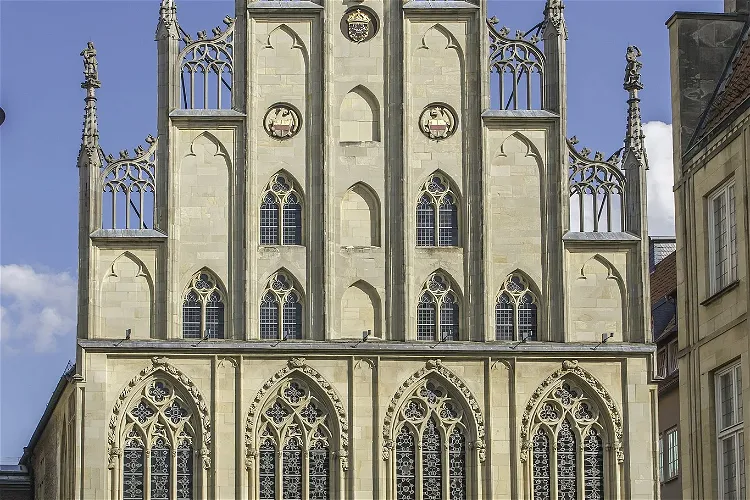
Historical City Hall of Münster
MünsterThe Historical City Hall of Münster, located in Prinzipalmarkt street, is a significant landmark in Münster, Germany. It has been the historic seat of the mayor and the city council for centuries. This Gothic-style building from the 14th century was destroyed at the end of World War II and was subsequently rebuilt. Today, it stands as a testament to the city's rich history and architectural heritage.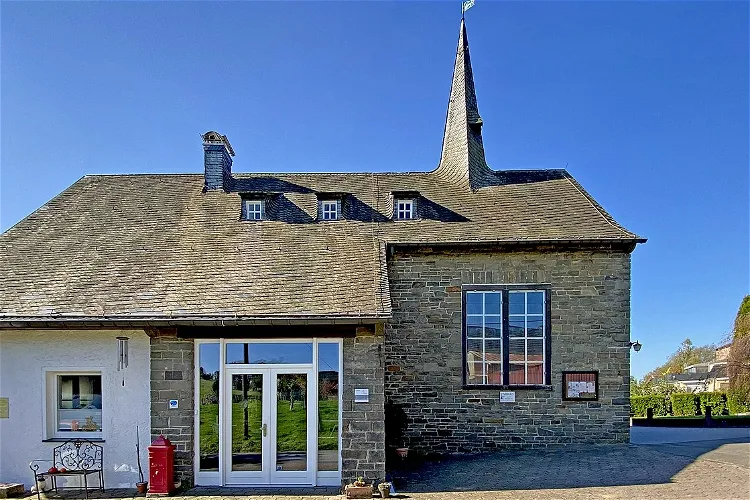
Drehorgelmuseum
MarienheideThe Bergische Drehorgelmuseum, located in Kempershöhe, a district of the municipality of Marienheide in North Rhine-Westphalia, is a unique museum housed in a former village church. This setting provides a unique atmosphere for the display of the museum's collection.- 83
Pharmacy Museum Bad Münstereifel
Bad MünstereifelUntil the flood disaster in July 2021, the Pharmacy Museum Bad Münstereifel displayed the original rooms of the Swan Pharmacy from the 19th and 20th centuries. These included a dispensary, laboratory, material chamber, herb cabinet, and herb garden. The shelves in the museum are original and date back to the founding year of 1806, offering visitors a unique glimpse into the past. 
Centre Charlemagne
AachenThe Centre Charlemagne – Neues Stadtmuseum Aachen is a city history museum named after Charlemagne, Aachen's most famous and significant historical figure. The museum is located in a city administration building at Katschhof No. 1, which was built between 1958 and 1962 by Gerhard Graubner and later listed as a historical monument. The Centre Charlemagne was officially opened on June 19, 2014.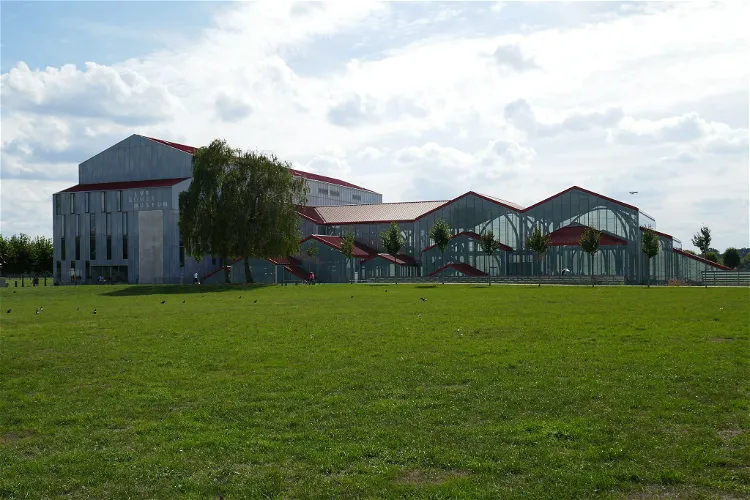
LVR-RömerMuseum
XantenThe LVR-RömerMuseum Xanten was constructed over the foundations of the Basilica Thermarum, the entrance hall of the Roman city bath. This location in the LVR Archaeological Park Xanten (APX) allows visitors to experience the Roman finds in their original context, enhancing the historical significance of the exhibits.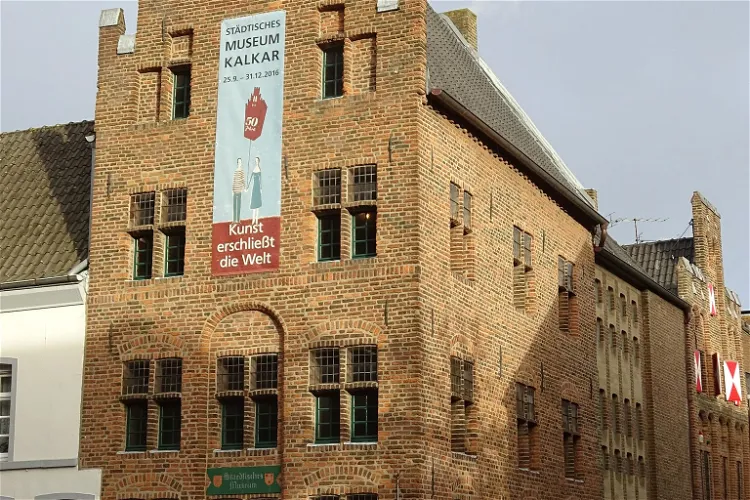
Städtisches Museum Kalkar
KalkarThe Städtische Museum Kalkar is housed in a stepped gable house that dates back to the year 1500. This historic building adds to the charm and authenticity of the museum, providing a unique backdrop for the exhibits.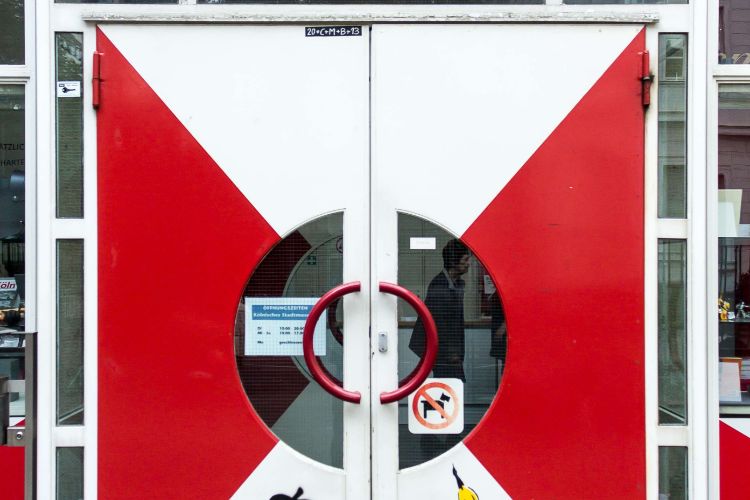
Kölnisches Stadtmuseum
CologneThe Kölnisches Stadtmuseum (Cologne CIty Museum) is a museum in Cologne that is housed in The Zeughaus, the city's former arsenal. The building was built between 1594 and 1606 and has served as a museum since 1958. It is built on the remains of the Roman city wall. Exhibits of the permanent exhibiti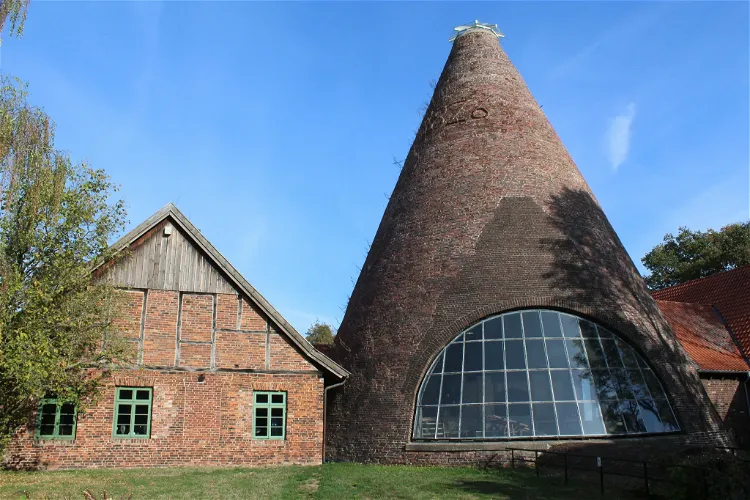
LWL-Museum Glashütte Gernheim
PetershagenThe Gernheim Glassworks, located in Petershagen - Ovenstädt in North Rhine-Westphalia, is a part of the LWL Industrial Museum. This museum is housed in the historic buildings of the former glassworks, which operated as an early industrial factory site from 1812 to 1877. During its operation, the glassworks was a significant producer of glass in the region.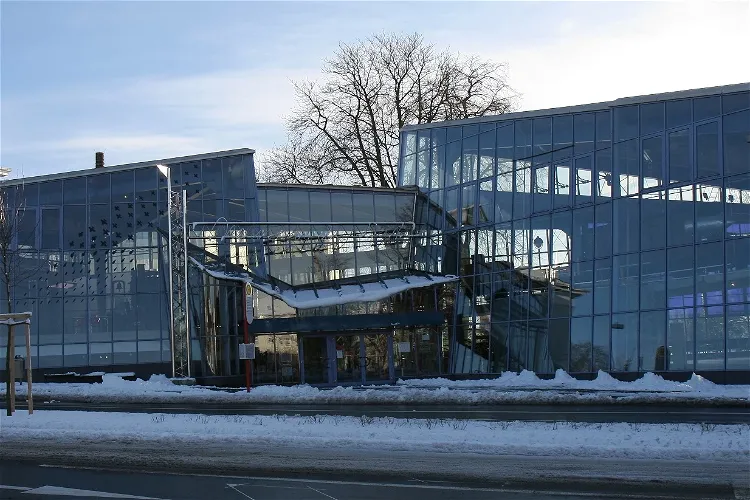
Geschichtsmuseum der Stadt Lüdenscheid
LüdenscheidThe Geschichtsmuseum der Stadt Lüdenscheid is a local history museum that is conveniently located south of the city center of Lüdenscheid. It is situated near the shopping zone Wilhelmstraße and the town hall, making it easily accessible for tourists who are exploring the city.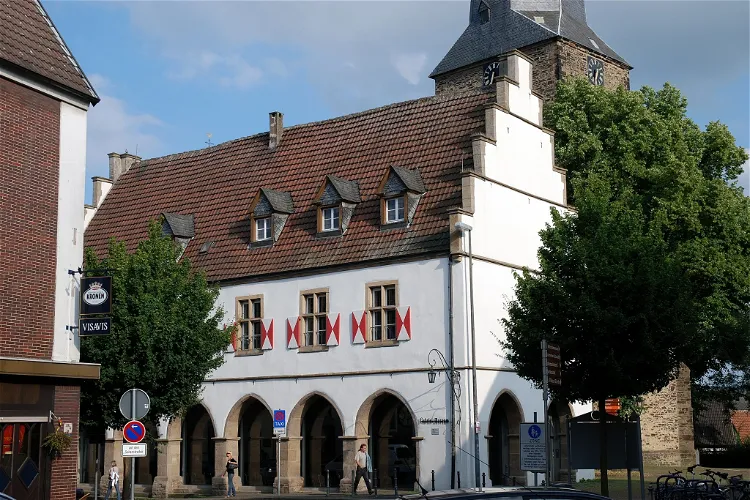
Ruhrtalmuseum
SchwerteThe Ruhrtalmuseum is a local history museum situated in the 'Old Town Hall' in Schwerte. This location adds a historical charm to the museum, making it a unique destination for tourists interested in local history and architecture. The building itself was constructed during the Middle Ages and served various purposes, including a town hall and a residence for the town's night watchman.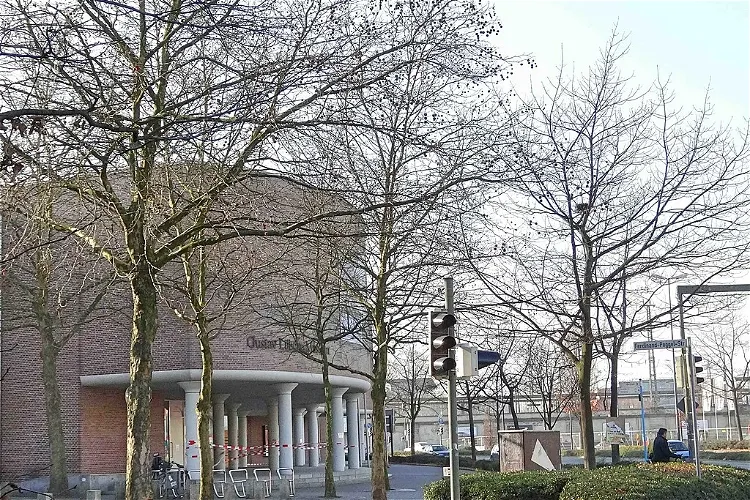
Gustav-Lübcke-Museum
HammThe Gustav Lübcke Museum, located in Hamm, North Rhine-Westphalia, is a cultural-historical museum that was established in 1890. It was initially known as the Städtisches Museum Hamm until 1925. The museum is named after Gustav Lübcke, an art dealer and collector who donated his collection to the city of Hamm in 1917 and served as the museum's director. Since Lübcke's death in 1925, the museum has carried his name.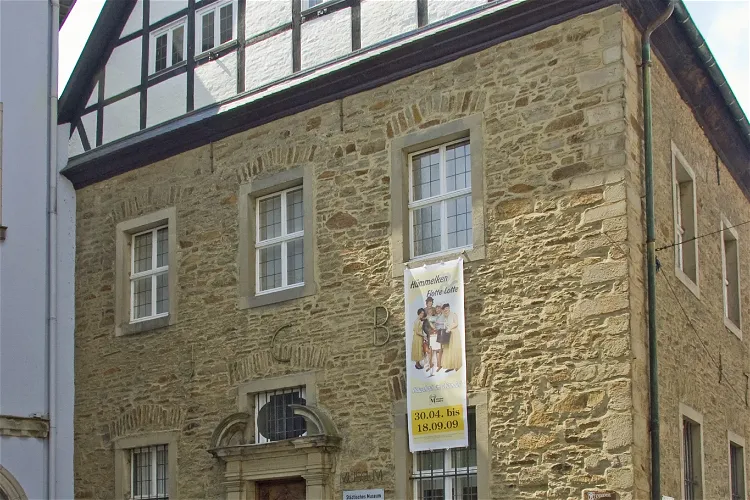
Museum Menden
Menden (Sauerland)The Museum Menden, located in Menden (Sauerland), is a local history museum that was established by Friedrich Glunz in 1912. This makes it one of the oldest museums in Westphalia, a region rich in history and culture. The museum is a testament to the region's past, offering visitors a glimpse into the local history and traditions of Menden and the surrounding areas.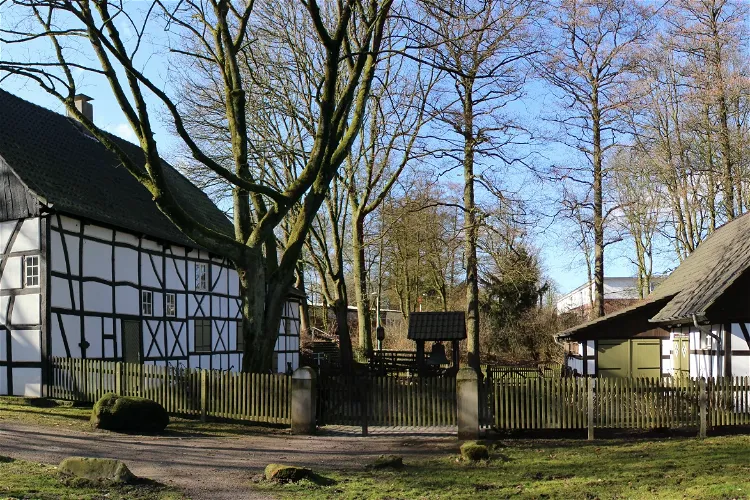
Heimatmuseum Marl
MarlThe Stadt- und Heimatmuseum is a local museum located in the city of Marl. It was founded by Heinrich Keller, who was the head of the Marl local history association. This museum is a testament to the city's rich history and culture, making it a significant point of interest for tourists.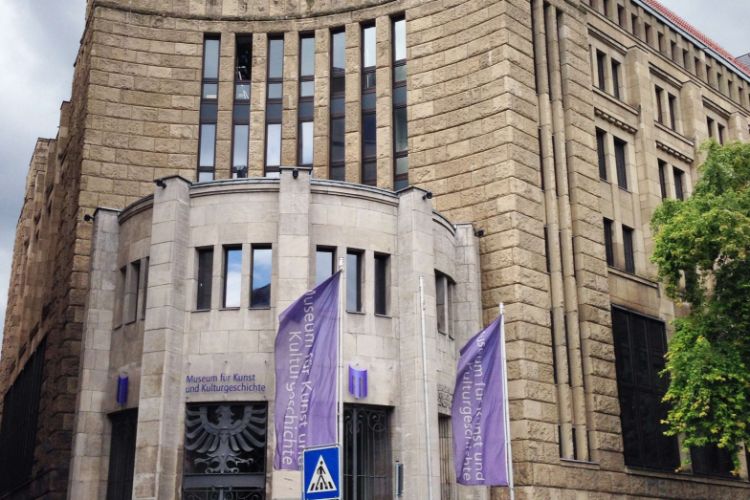
Museum of Art and Art History
DortmundThe Museum für Kunst und Kulturgeschichte or MKK (Museum of Art and Cultural History) is a municipal art museum in Dortmund. The Museum of Art and Art History in Dortmund is housed in the 1924 former Municipal Savings Bank, built by Hugo Steinbach. The collections of paintings, sculptures, furniture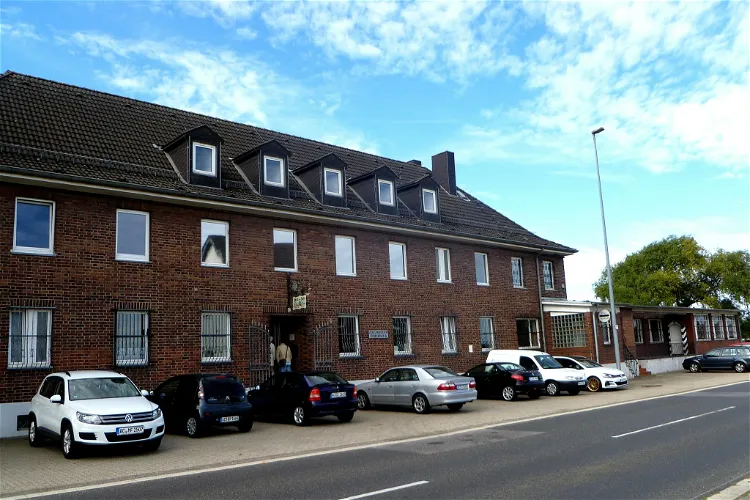
Zollmuseum Friedrichs
AachenThe Zollmuseum Friedrichs in Aachen - Horbach is a unique museum that was established in 1984 by Christian Friedrichs, the retired head of the Aachen Nord main customs office. The museum focuses on the history of customs, tracing its development and sources of income, and its role in protecting the domestic economy. This provides a fascinating insight into the economic history of the region and the country.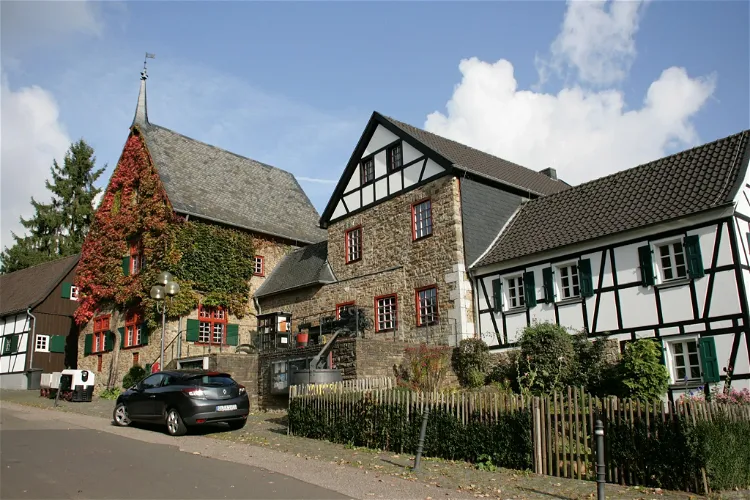
Bergisches Museum für Bergbau, Handwerk und Gewerbe
Bergisch GladbachThe Bergisches Museum for Mining, Crafts and Trade in Bergisch Gladbach offers a unique insight into the history of the region, particularly focusing on the former ore mining in the Bensberger Erzrevier. The museum also showcases the rural-craftsman lifestyles of the local population, with a special emphasis on the 19th and early 20th centuries. This provides a fascinating glimpse into the past, allowing visitors to understand the historical context and way of life during these periods.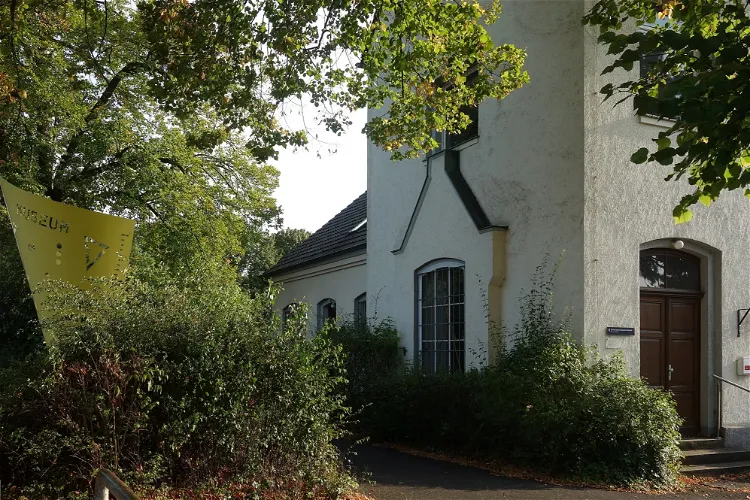
School Museum Bergisch Gladbach
Bergisch GladbachThe School Museum Bergisch Gladbach, established in 1990 by the city of Bergisch Gladbach, serves as a documentation center for the history of rural public schools. The museum is housed in the building of a Catholic public school built in 1871 in the Katterbach district of Bergisch Gladbach. The museum's collection, which has been gathered since the late 1960s, provides a comprehensive insight into the evolution of education in the region.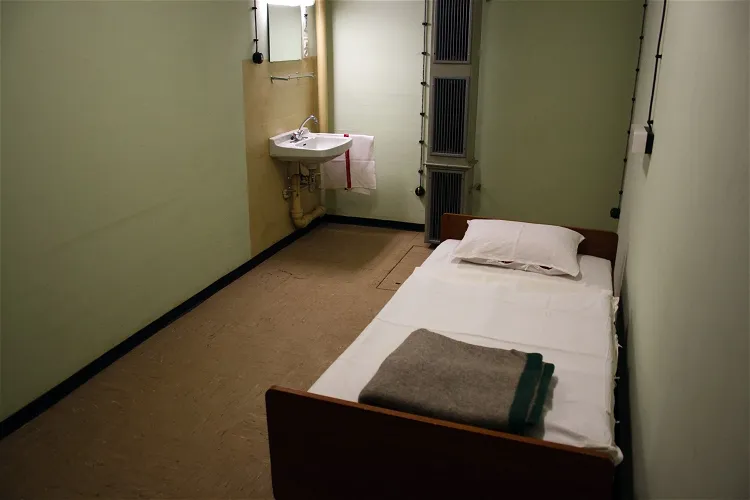
Ausweichsitz NRW
KallThe bunker, which has been preserved in its original state, is now a documentation site. Visitors can explore the bunker by appointment. This provides an opportunity to learn about the history and purpose of the bunker, as well as the living conditions of those who would have sought shelter there during a nuclear war.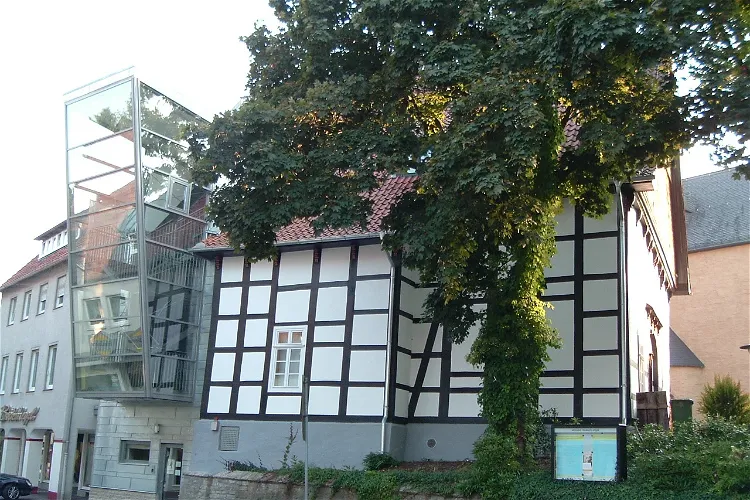
Widukind Museum
EngerThe Widukind Museum Enger, located in the city of Enger in the Herford district, is dedicated to presenting the history of the Saxon Duke Widukind. It also showcases legends about his life and that of his descendants. This museum provides a unique opportunity for visitors to delve into the rich history and legends of this significant historical figure.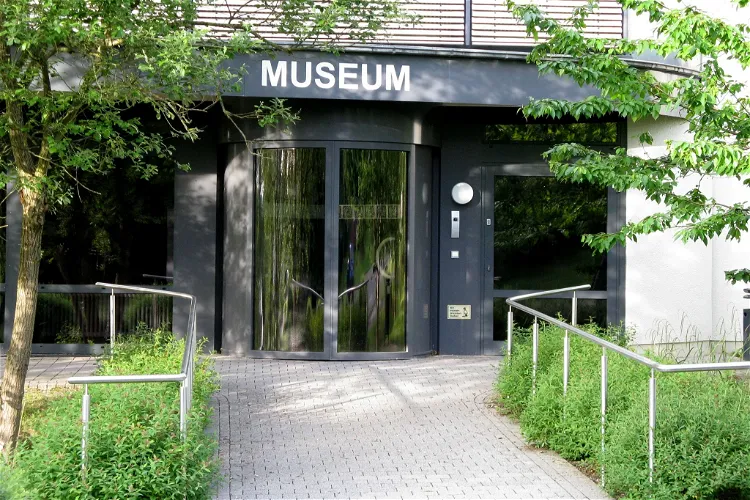
Museum Wilnsdorf
WilnsdorfThe Museum Wilnsdorf is a unique institution that is divided into two main sections: the 'Folklore Museum' and the 'Cultural History Meeting Place'. This structure allows the museum to offer a wide range of exhibits and experiences, catering to a variety of interests.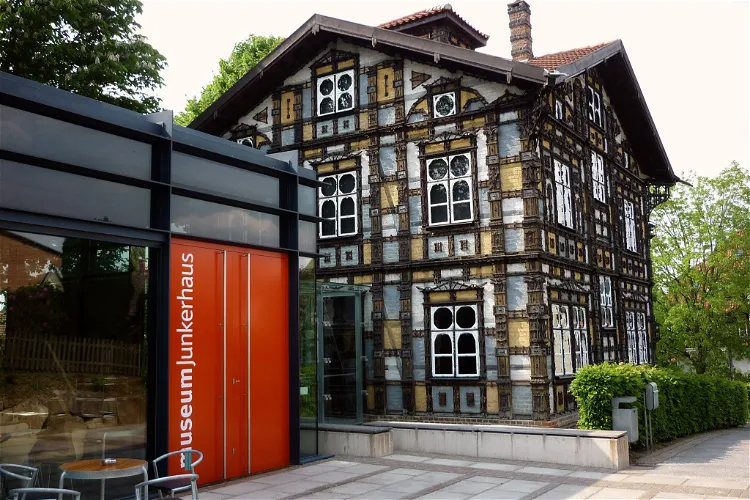
Museum Junkerhaus Lemgo
LemgoJunkerhaus is a significant landmark in the city of Lemgo. This two-story half-timbered house was built by Karl Junker and has been a point of interest since its completion in 1891. It's a testament to Junker's architectural prowess and a unique piece of the city's history.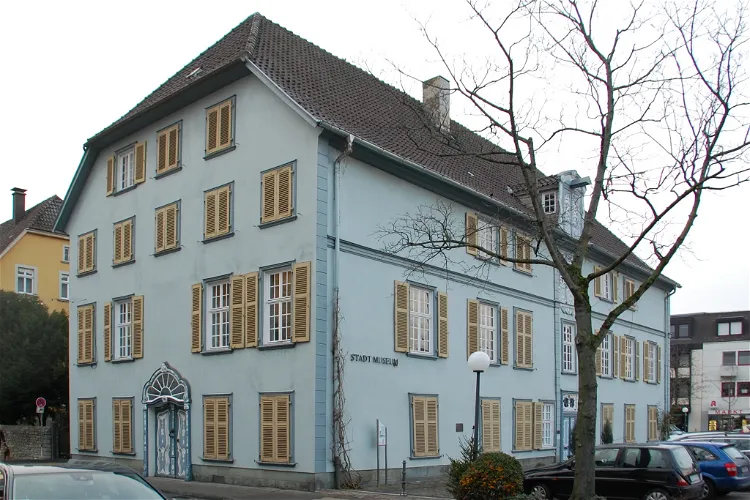
Stadtmuseum
LippstadtThe Stadtmuseum Lippstadt is a regional museum situated in the heart of Lippstadt, North Rhine-Westphalia. The museum is located in a protected building on the market square in the old town of Lippstadt, offering visitors a chance to explore the rich history of the region in a unique and historic setting.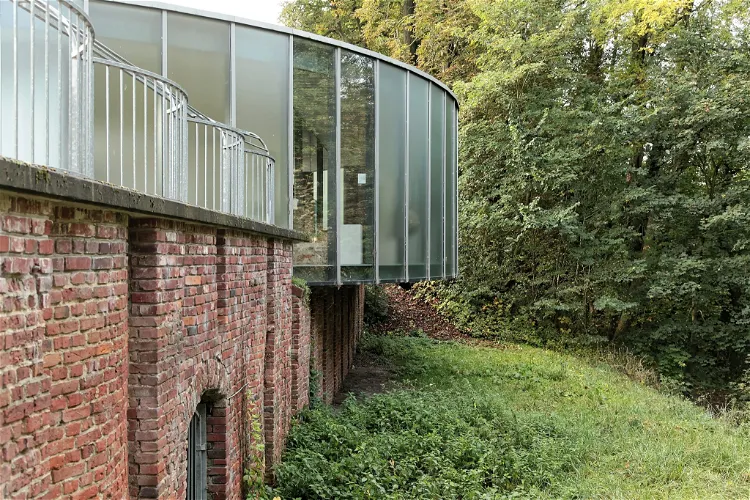
Eiskeller Altenberge
AltenbergeThe Eiskeller Altenberge is a significant historical site in Altenberge, Münsterland, in northern North Rhine-Westphalia. It is an underground ice cellar system that was part of the former Beuing Brothers Brewery. The site is recognized as a protected monument, making it a point of interest for those interested in history and architecture.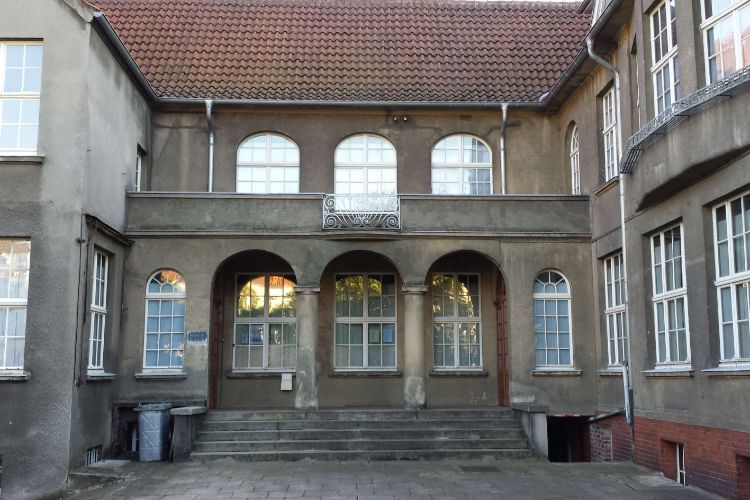
Museum Waeschefabrik
BielefeldThe Museum Wäschefabrik is a museum in Bielefeld that illustrates the working conditions in a linen factory in the middle of the 20th century at its original location. The museum has no exhibition in the traditional sense, but can be seen as a walk-in monument. At the original workstations, backgrou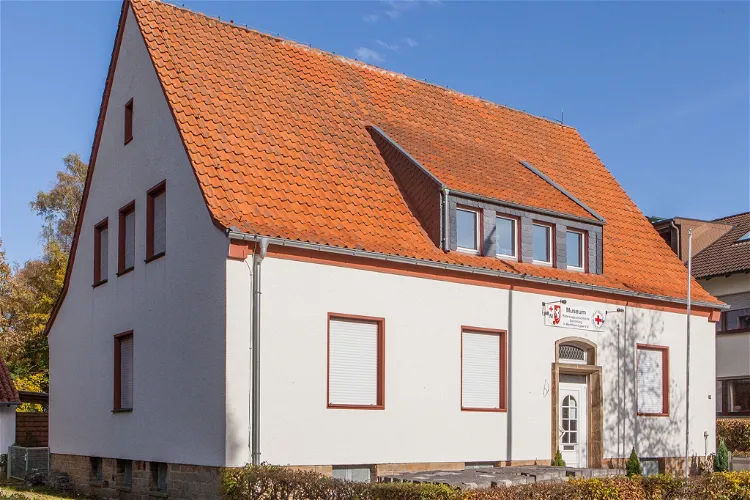
Rotkreuzgeschichtliche Sammlung in Westfalen-Lippe
SchlangenThe Red Cross Historical Collection in Westphalia-Lippe is a museum dedicated to the history and work of the Red Cross. It is located in the municipality of Schlangen, in the Lippe district of North Rhine-Westphalia, Germany. The museum offers a unique insight into the humanitarian efforts of the Red Cross, making it an interesting destination for those interested in history, humanitarian work, or the Red Cross itself.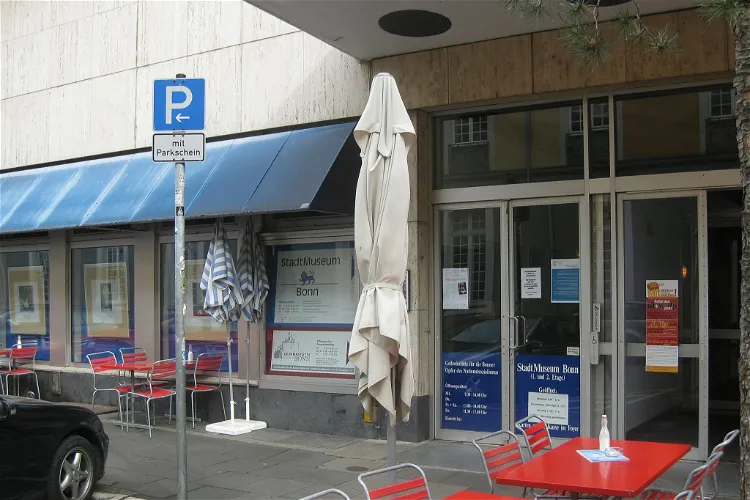
Stadtmuseum Bonn
BonnThe Stadtmuseum Bonn, established in 1989, is committed to showcasing Bonn's city and cultural history, as well as preserving and presenting its vast collection. This museum provides a comprehensive insight into the city's past and its cultural evolution, making it a valuable destination for those interested in history and culture.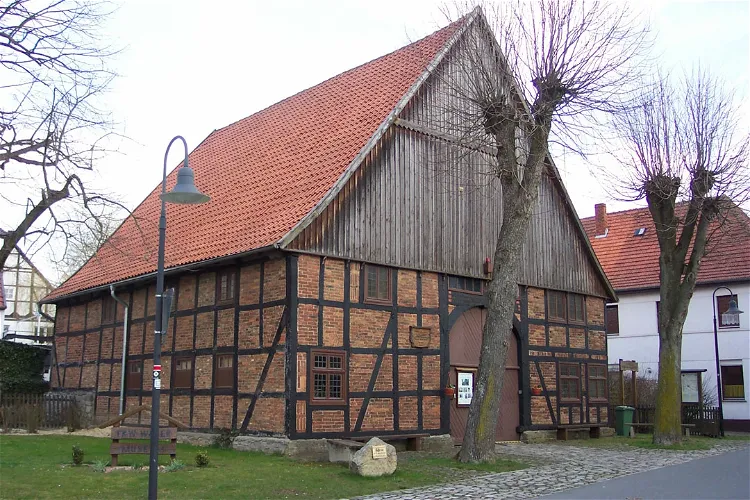
Friedrich-Wilhelm-Weber-Museum
Bad DriburgThe Friedrich-Wilhelm-Weber-Museum is situated in Bad Driburg - Alhausen, the birthplace of Friedrich Wilhelm Weber. Weber was a multifaceted personality, known for his roles as a doctor, politician, and poet. His verse epic, Dreizehnlinden, gained him recognition far beyond the borders of Westphalia.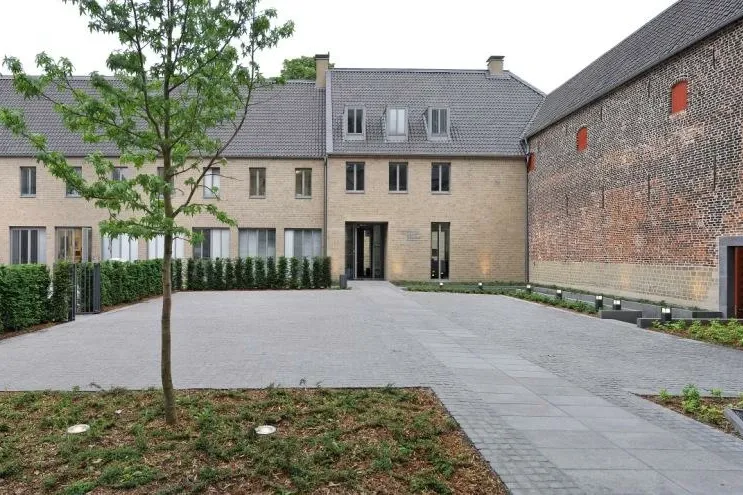
StiftsMuseum Xanten
XantenThe StiftsMuseum Xanten is a church museum that houses a rich collection of artifacts. This includes the church treasure of the Xanten St. Viktor Church and other significant testimonies of regional history. The museum provides a unique opportunity to explore the religious and cultural heritage of the region.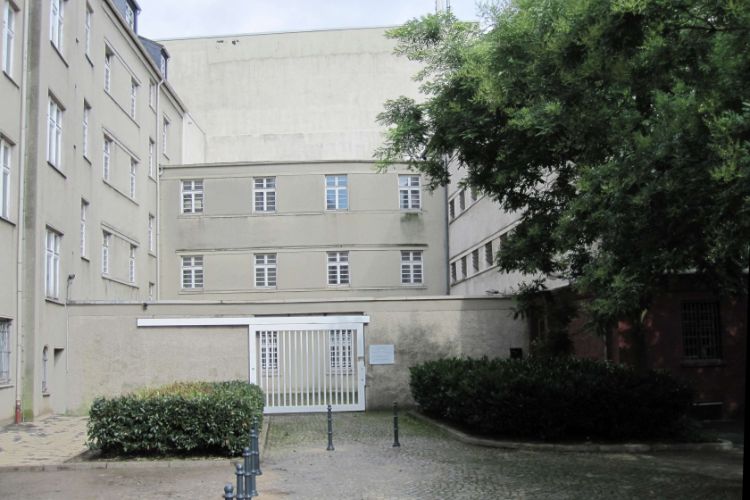
Resistance & Persecution Museum
DortmundThe Steinwache is a memorial museum in Dortmund. It is a Resistance & Persecution Museum housed in the police station Steinwache that was established in 1906. In 1933 the Gestapo took over the prison and imprisoned and tortured opponents of the Nazi regime. Between 1933 and 1945 more than 66,000 peo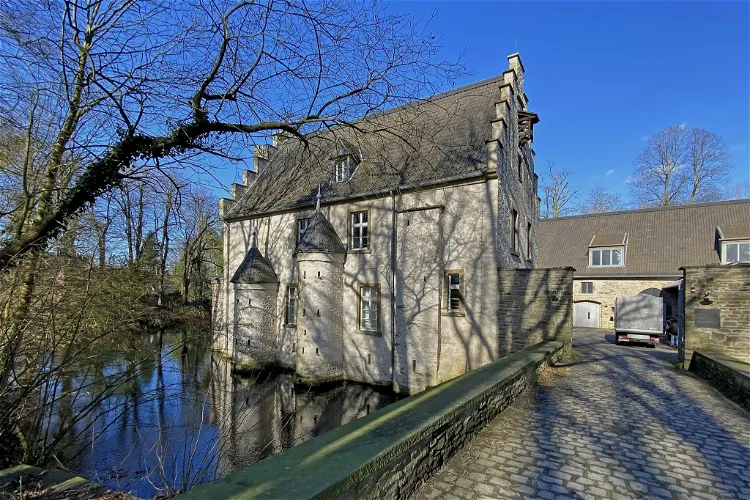
Museum für Ur- und Frühgeschichte
HagenThe Wasserschloss Werdringen is a water castle located in Hagen Vorhalle, near the Ruhr on the Harkortsee below the Kaisberg. This historic site is not just a castle, but also houses the regional Archaeology Museum Hagen in one of its outbuildings. This makes it a unique destination for those interested in both history and archaeology.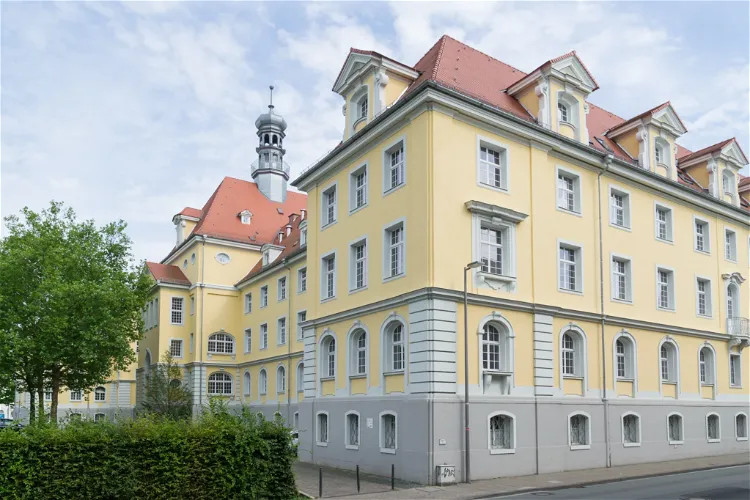
Zellentrakt Gedenkstätte
HerfordThe Zellentrakt Memorial in Herford is a significant site dedicated to the victims of National Socialism. Established in 2005, the memorial is located in the former detention rooms of the police, which were in use from 1917. These rooms are situated in the basement vaults of the Herford Town Hall, adding a historical dimension to the memorial.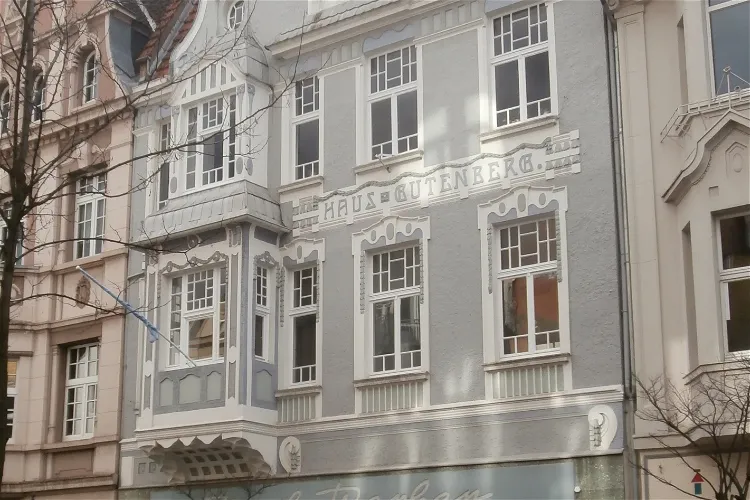
Haus Gutenberg
Bad HonnefHaus Gutenberg is not just a historical building, but also an architectural gem. It is classified as an Art Nouveau style building, a popular architectural style in the early 20th century. The building's unique design and historical significance have earned it a place under monument protection, preserving its original features for future generations to appreciate.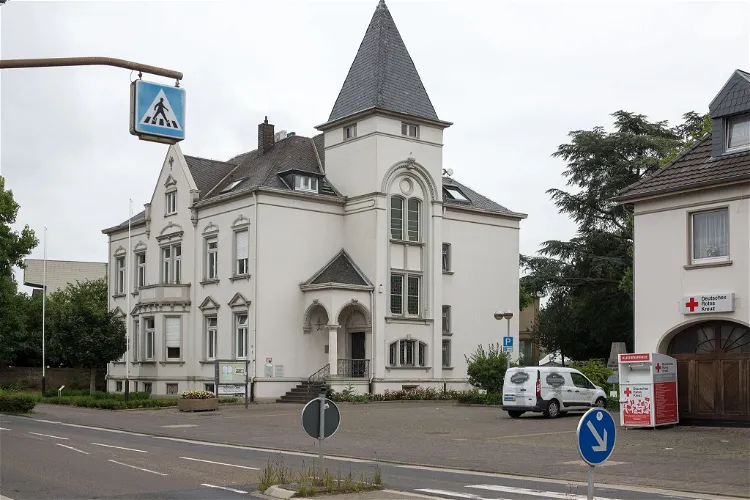
Heimatmuseum Oedt
GrefrathThe Heimatmuseum Oedt, located in the basement of the former Oedt town hall, has been managed by the Heimatverein Oedt since 1989. This historical setting provides a unique backdrop for the museum's exhibits, adding to the overall experience for visitors.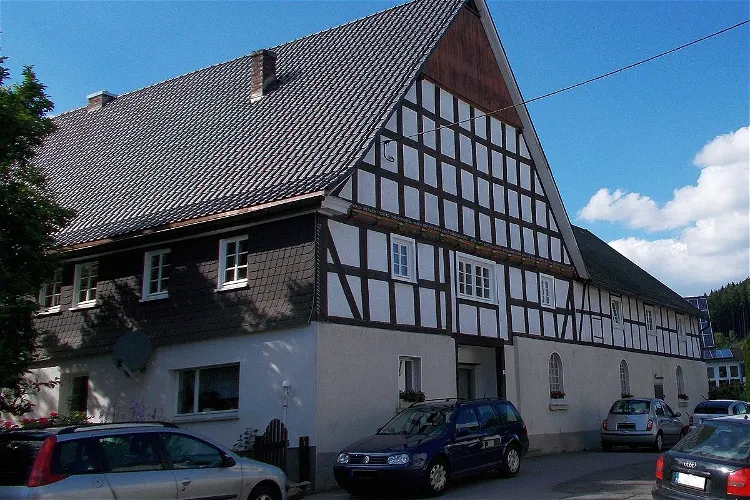
Museum Heimatstube Schönholthausen
FinnentropThe Museum "Heimatstube" Schönholthausen is a local history museum situated in the village of Schönholthausen, which is part of the municipality of Finnentrop in the Olpe district of North Rhine-Westphalia. This museum is a great place to learn about the local history and culture of the region.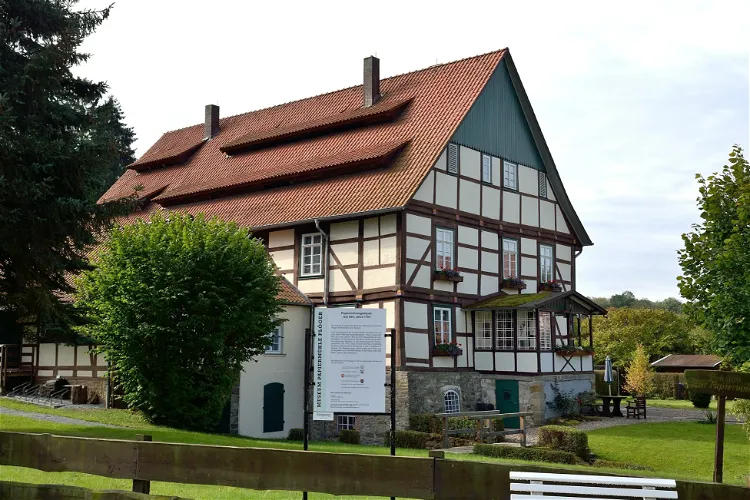
Papiermühle Plöger
Schieder-SchwalenbergThe Papiermühle Plöger is a unique destination that offers a glimpse into the past. This former paper mill, located in Schieder in the Lippe district of North Rhine-Westphalia, has been transformed into a museum. Visitors can explore the history of papermaking and the mill's role in the local community.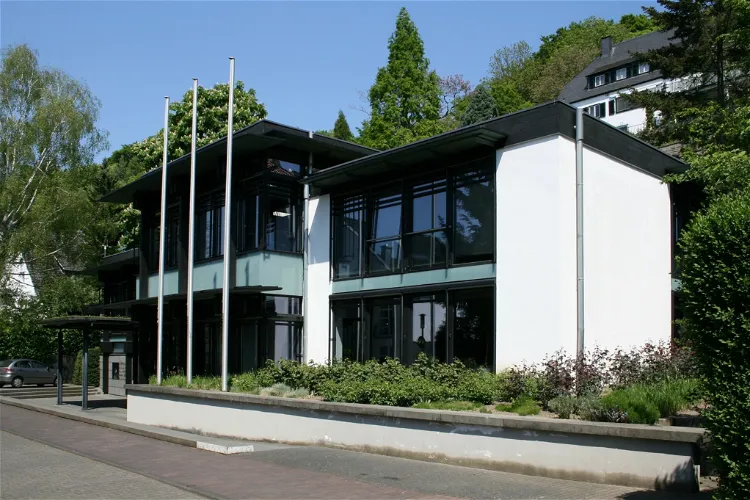
Stiftung Bundeskanzler-Adenauer-Haus
Bad HonnefThe Adenauer House, located in Rhöndorf, a district of Bad Honnef near Bonn, was the residence of Konrad Adenauer, the first Chancellor of the Federal Republic of Germany. This historical site offers a glimpse into the life of one of Germany's most influential figures and is a significant destination for those interested in German history.
Bauernmuseum Selfkant
SelfkantThe Bauernmuseum Selfkant comprises a bakehouse and a 2000 m² hall. The museum's collection includes 20 historical tractors and a variety of everyday farming objects. These exhibits provide a glimpse into the agricultural past and offer an educational experience for visitors of all ages.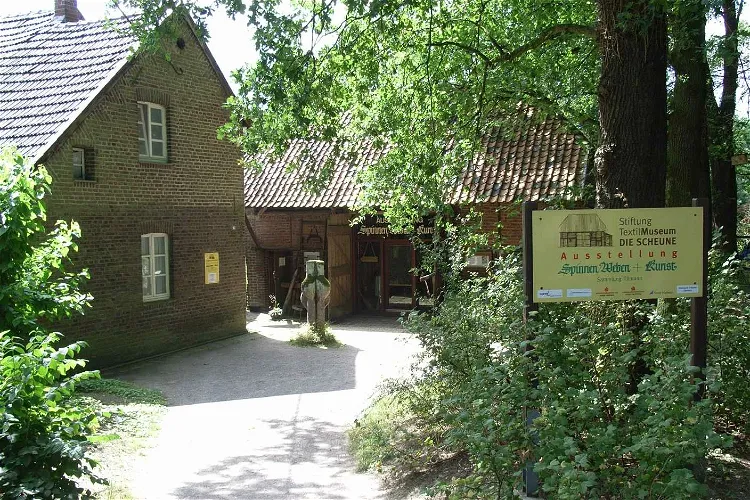
Textilmuseum Die Scheune
NettetalLocated in the district of Hinsbeck -Hombergen in Nettetal, the Textilmuseum Die Scheune offers a unique insight into the world of textile manufacturing. The museum showcases a variety of spinning machines, looms, and other textile machines, along with corresponding work processes. In addition, it hosts exhibitions with changing focus topics, providing a dynamic and engaging experience for visitors.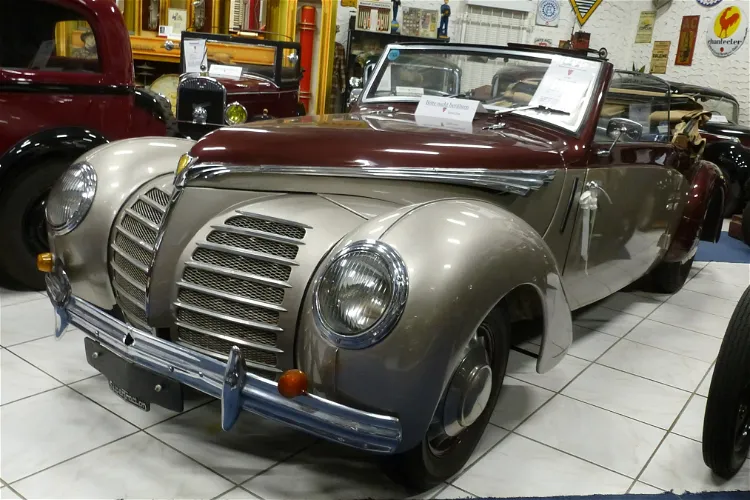
Rosengart-Museum Bedburg
BedburgThe Rosengart Museum, located in North Rhine-Westphalia, is an automobile museum dedicated to the Rosengart brand and its founder, Lucien Rosengart. The museum was founded by Karl-Heinz Bonk, who began his collection after discovering a car from his birth year, 1939, made by Automobiles L. Rosengart. Intrigued by the design, which he initially mistook for a BMW, Bonk started collecting everything related to the Rosengart brand.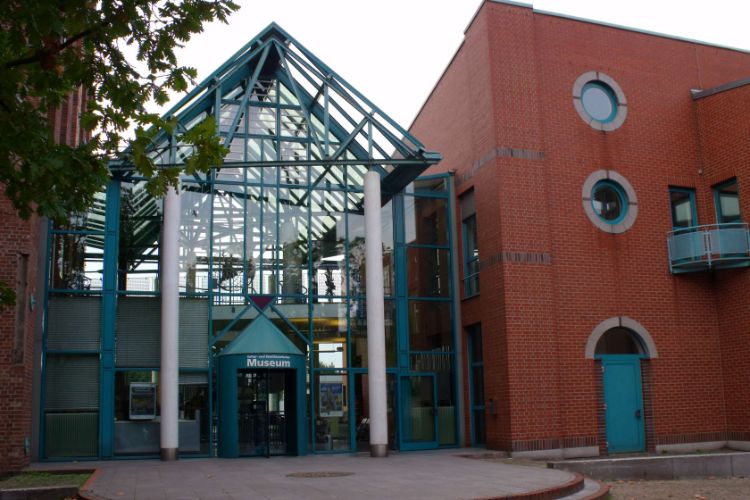
Kultur- und Stadthistorisches Museum Duisburg
DuisburgKultur- und Stadthistorisches Museum Duisburg (The Culture and City History Museum) is a museum in Duisburg. The museum is dedicated to the city history of Duisburg and the folklore of the Lower Rhine. An important collection on the life's work of the mathematician and cartographer Gerhard Mercator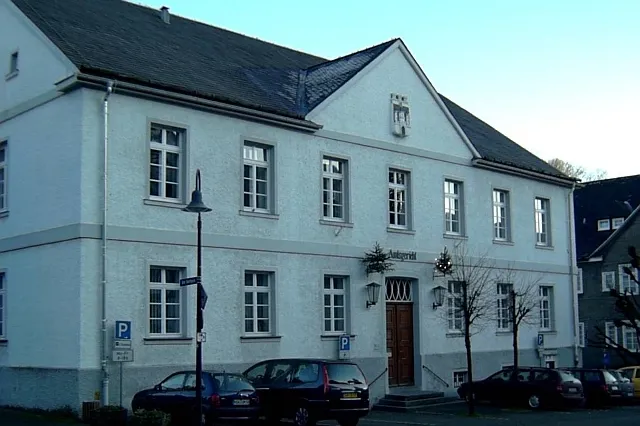
Gerichtsmuseum Bad Fredeburg
SchmallenbergThe Gerichtsmuseum, located in Bad Fredeburg, a district of Schmallenberg, is a museum dedicated to the history of crime. This unique focus offers visitors a chance to delve into the intriguing world of criminal justice, from its ancient roots to its modern manifestations.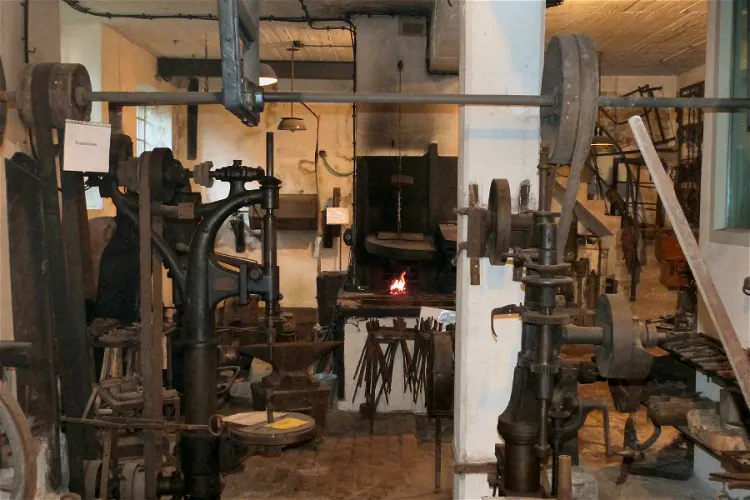
Hammerschmiede Gnuse
VlothoThe Hammerschmiede Gnuse is a historical hammer mill situated in the district of Valdorf, in the East Westphalian city of Vlotho, in the Herford district of North Rhine-Westphalia. This location offers visitors a glimpse into the industrial past of the region, with its rich history and preserved architecture.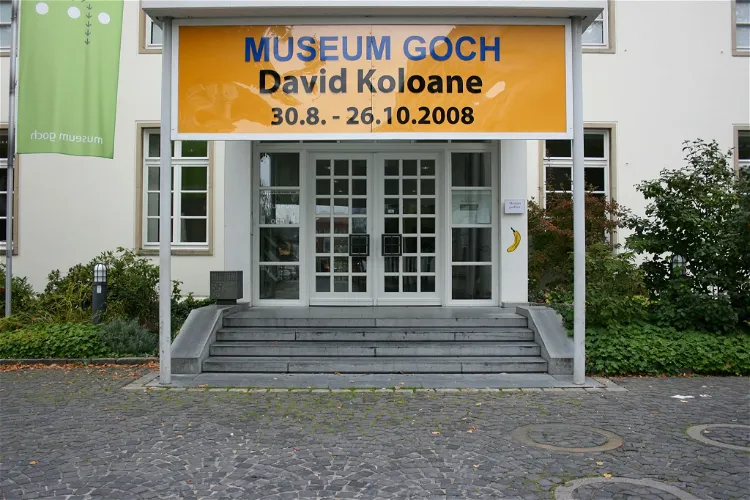
Museum Goch
GochMuseum Goch, situated in the Düsseldorf district of North Rhine-Westphalia, was established after the First World War. The museum was the brainchild of Jean Klein, who generously donated his collection of furniture, household items, and paintings to form the foundation of the museum's collection.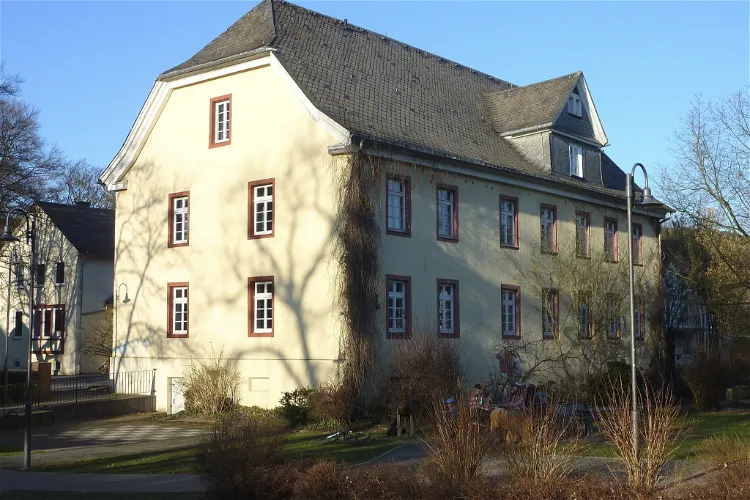
Wilhelmsburg
HilchenbachWilhelmsburg, located in Hilchenbach, is a former Nassau residence and summer palace that was converted into an administrative building in 1776. This well-proportioned, massive Baroque building was constructed on older foundations and features a plastered facade with mineral paint, a slate-covered roof, and wooden mullioned windows. The building's history dates back to 1365, when it was a fortified house, and it was later named Wilhelmsburg after its new owner, Count Wilhelm of Nassau-Siegen-Hilchenbach.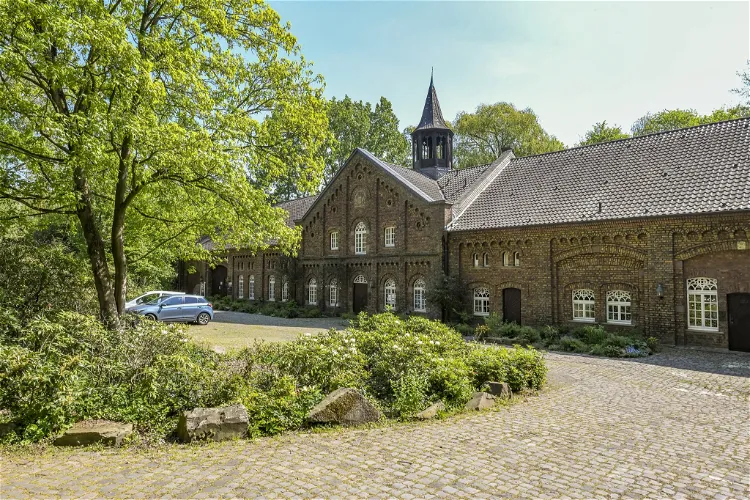
Museum der Stadt Lünen
LünenThe Museum der Stadt Lünen is a city institution located in Lünen, North Rhine-Westphalia, Germany. It displays its collections in over 500 square meters in the former economic building of Schwansbell Castle. The museum offers a wide range of exhibits, including five living rooms from the period between 1840 and 1930, a cast iron collection, a toy and doll collection, a ceramics department, and agricultural and craft tools.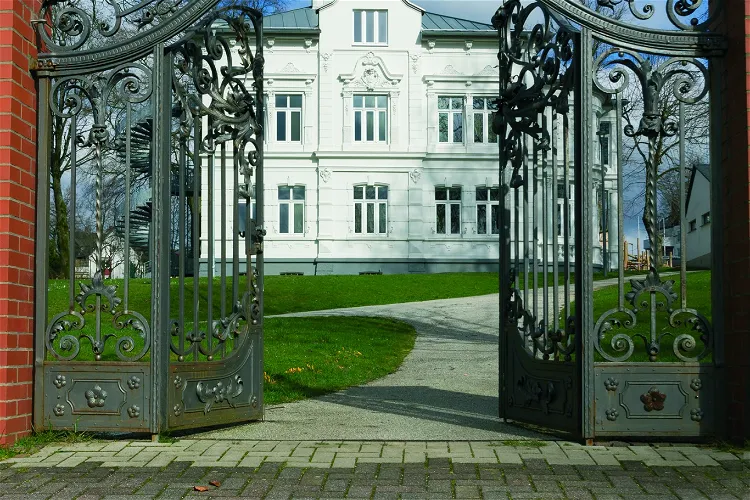
Regionalmuseum Villa Wippermann
HalverVilla Wippermann, located in Halver, is a former residential building that has been transformed into a cultural venue. It is now home to the Regional Museum 'Oben an der Volme'. This historic building offers a unique insight into the region's past and is a significant cultural hub in the area.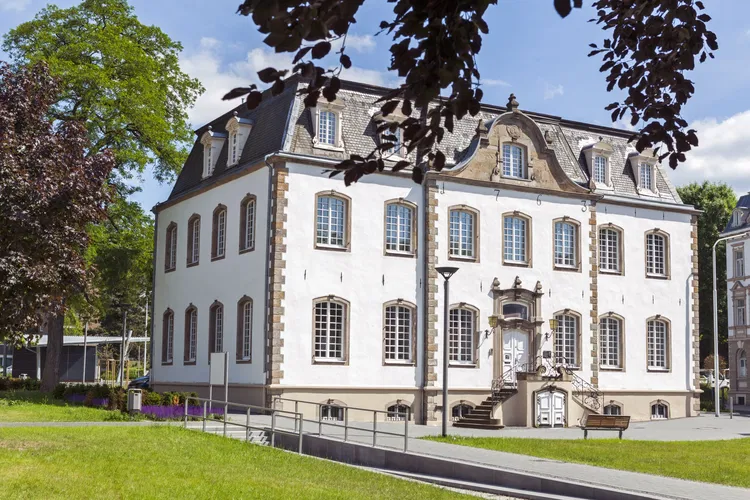
Stadtmuseum Iserlohn
IserlohnThe Stadtmuseum Iserlohn is a local history museum situated in the city of Iserlohn. It is housed in the Baroque building Fritz-Kühn-Platz 1, which is located next to the St. Pankratius Church. This location adds to the historical charm of the museum and provides a picturesque setting for visitors.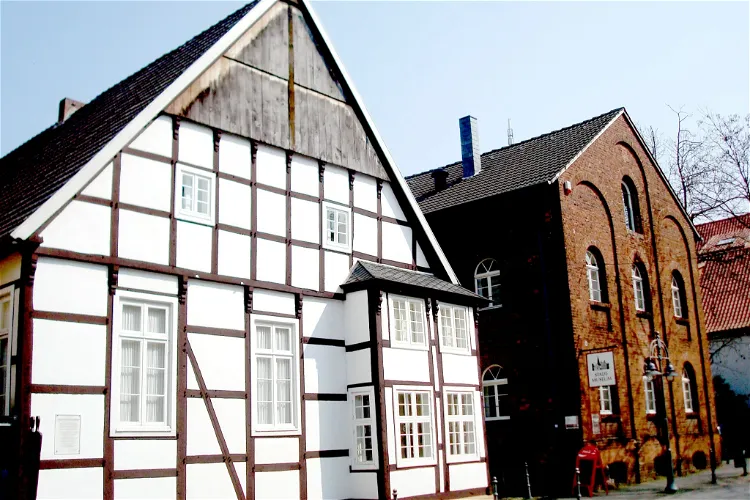
Gütersloh Town Museum
GüterslohThe Stadtmuseum Gütersloh, also known as the Gütersloh Town Museum, is located in Gütersloh, Germany. The museum is dedicated to the history of the city and offers a comprehensive look into its past. It is a place where visitors can learn about the city's evolution, from its early beginnings to its current state.
Museum der Stadt Löhne
LöhneThe Museum der Stadt Löhne is a regional history museum situated in the East Westphalian city of Löhne, North Rhine-Westphalia. It offers a deep dive into the history and culture of the region, making it a worthwhile visit for those interested in understanding the local heritage.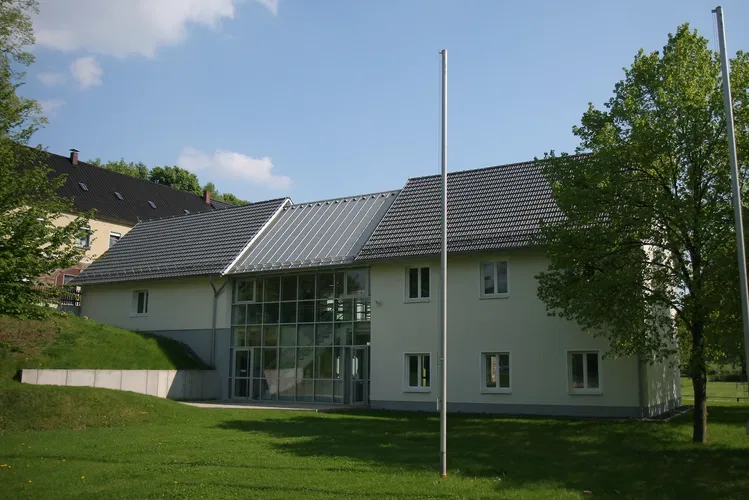
Wendener Hütte
WendenThe Wendener Hütte is a historical site that once served as an ironworks and hammer mill during the Industrial Age. Located near Wenden, Germany, this site is open to visitors from April to October. It offers a unique opportunity to explore the history of the iron processing industry in Germany.
Theatermuseum Düsseldorf
DüsseldorfThe Theater Museum Düsseldorf (Theatermuseum Düsseldorf) is a regional museum in the North Rhine-Westphalian capital Düsseldorf. It is housed in the so-called Hofgärtnerhaus in the historic Hofgarten in the immediate vicinity of the Düsseldorfer Schauspielhaus and the Deutsche Oper am Rhein. In annu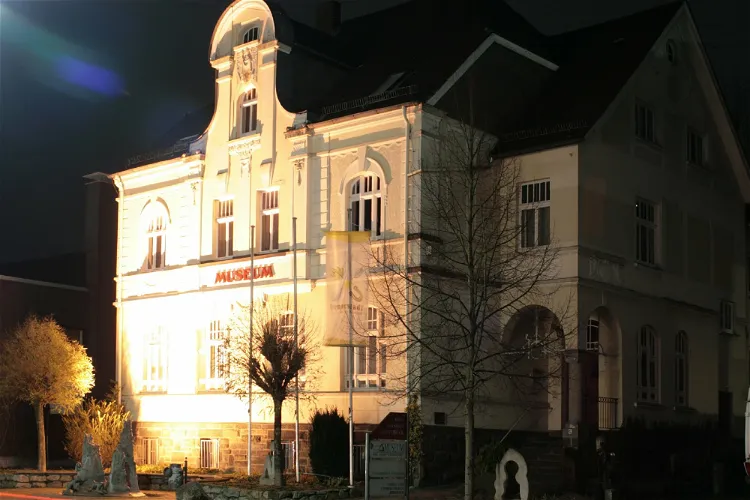
Museum der Stadt Lennestadt
LennestadtThe Museum der Stadt Lennestadt is situated in the district of Grevenbrück. The building that houses the museum was originally constructed in 1910 and served as the “Royal Prussian Cadastre Office Förde” in the Olpe district. This historical building adds a unique charm to the museum, making it an interesting destination for tourists who appreciate architecture and history.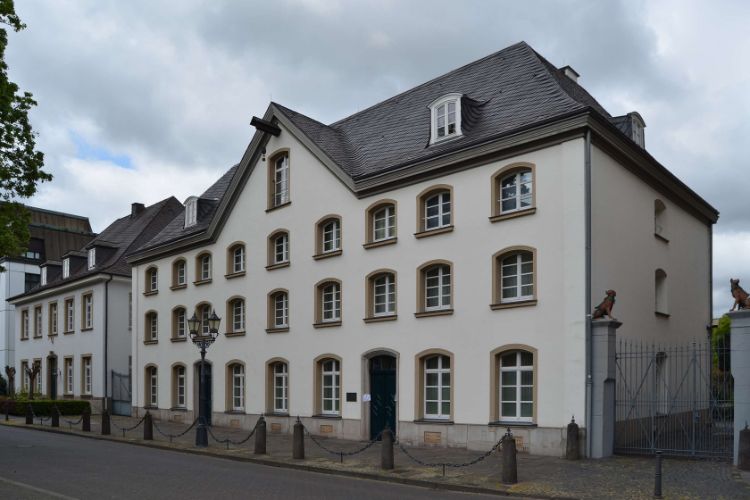
Haniel Museum
DuisburgThe Haniel Museum is a museum in Duisburg. The museum is housed in the oldest building in Ruhrort, the former home and founder of the company Haniel which was once known as the "Ruhrorter Packhaus". In this historic warehouse, on three floors, the visitor experiences how the family business develope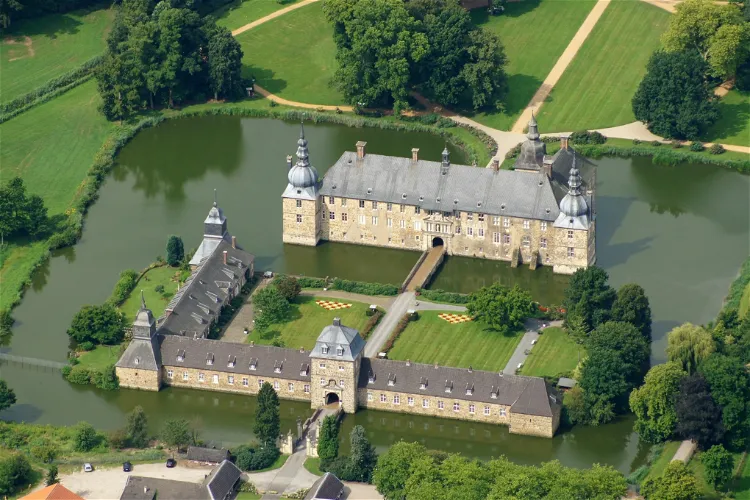
Lembeck Castle
DorstenLembeck Castle, also known as Slot Lembeck, is a moated castle located in the town of Dorsten in the German state of North Rhine-Westphalia. It is situated in the Kreis Recklinghausen, on the western edge of the Naturpark Hohe Mark, a forested area between Dorsten and Haltern am See. The castle is surrounded by a moat, making it a Wasserburg, and consists of a main building and an L-shaped outer bailey (Vorburg).
Koenraad-Bosman-Museum
ReesThe Koenraad-Bosman-Museum, located in the Lower Rhine city of Rees, is a two-story, five-axis building that was formerly known as the Keim house. This historical building, which was constructed around 1850, now serves as a museum for art and city history.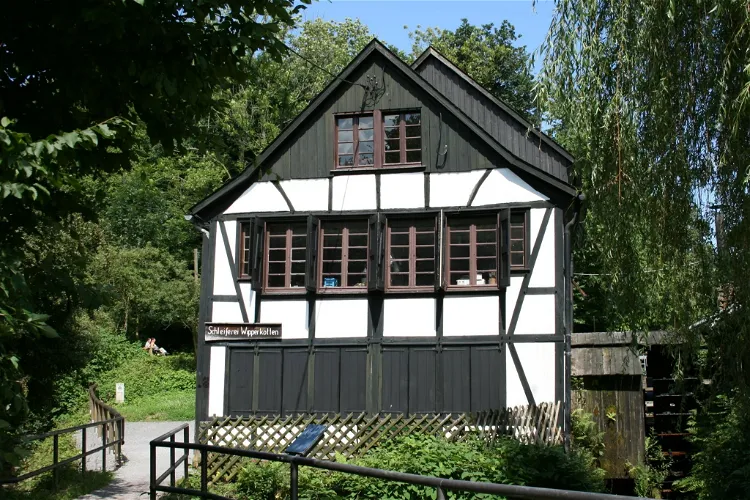
Wipperkotten
SolingenThe Wipperkotten is a significant historical site in Solingen, being one of the two largely original grinding cottages located on the Wupper. This unique structure provides a glimpse into the city's industrial past and is a testament to the craftsmanship and industry that once thrived in the region.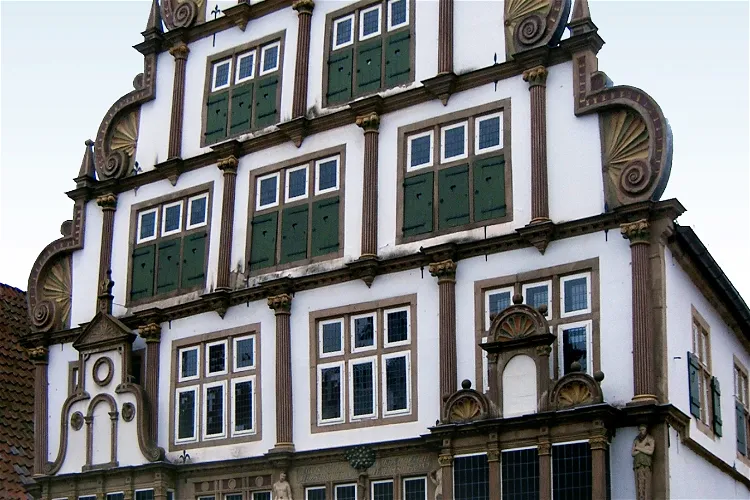
Museum Hexenbürgermeisterhaus
LemgoThe Hexenbürgermeisterhaus in Lemgo is a historical building that now serves as a museum. It was named after Hermann Cothmann, a mayor and jurist who lived in the house from 1667 to 1683. Cothmann was known for his role in the witch trials in Lemgo, earning him the reputation of a witch hunter.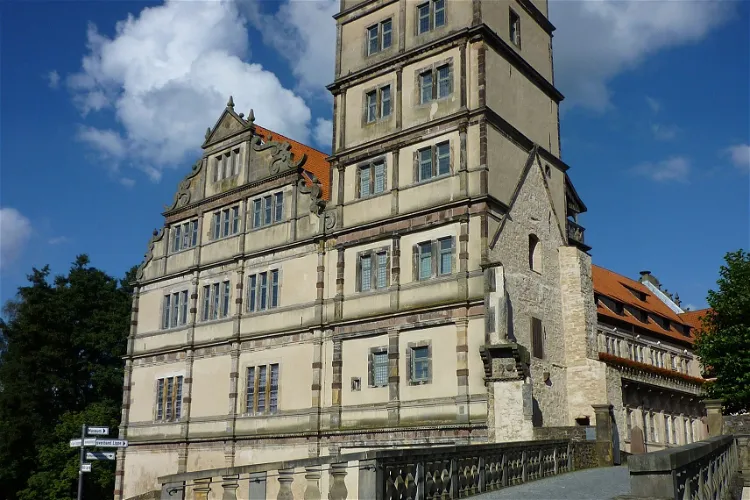
Weserrenaissance-Museum
LemgoThe Weserrenaissance-Museum, which opened its doors in 1986, is a unique institution dedicated to the art and cultural history of the 16th and early 17th centuries in Northern and Western Germany. It is situated in the historic Schloss Brake in Lemgo, North Rhine-Westphalia. The museum offers a deep dive into the Renaissance period, showcasing the cultural richness and artistic achievements of the era.
Museum für russlanddeutsche Kulturgeschichte
DetmoldThe Museum für russlanddeutsche Kulturgeschichte in Detmold holds a unique position in Germany as the first and only museum dedicated to the cultural history of the Russian Germans. This makes it a special destination for those interested in exploring this specific aspect of German history and culture.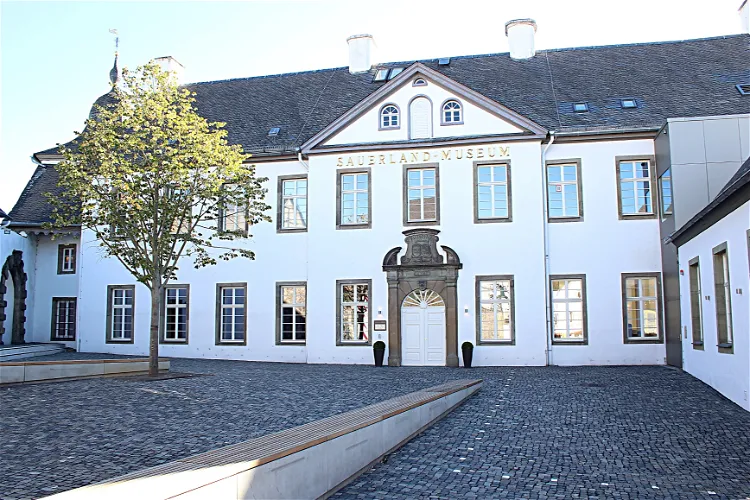
Sauerland-Museum
ArnsbergThe Sauerland-Museum, located in Arnsberg, is a historical regional museum that was founded in 1925. Since 1937, it has been housed in the Landsberger Hof, a building that was constructed in 1605 by Elector Ernst of Bavaria for his court lady Gertrud von Plettenberg. The museum is dedicated to the history of the former Duchy of Westphalia, which was primarily located in the Sauerland region.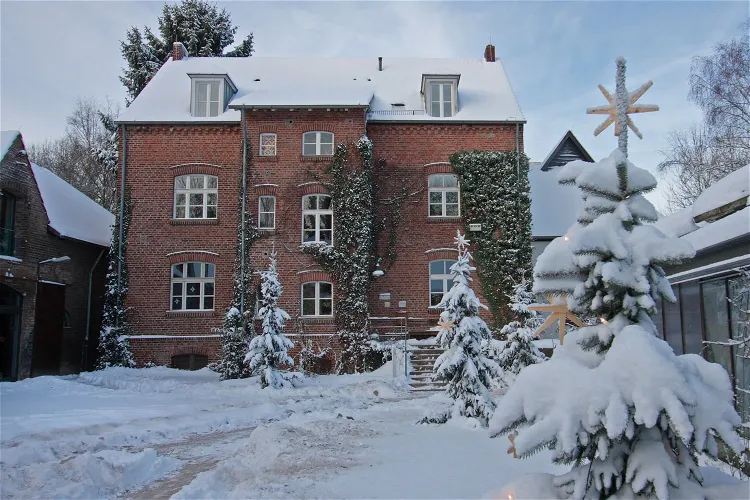
NaturGut Ophoven
LeverkusenNaturGut Ophoven, located in Leverkusen, is an environmental education center that caters to both children and adults. The center was established in 1984 on the grounds of an old manor in the Opladen district. This location offers a unique blend of history and nature, making it an interesting destination for tourists.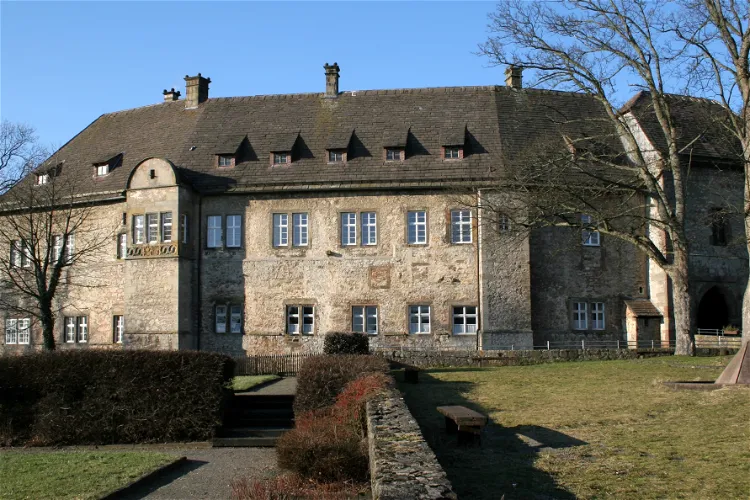
Burg Dringenberg
Bad DriburgBurg Dringenberg is a significant historical site located in Dringenberg, in the Höxter district of North Rhine-Westphalia. This medieval castle was one of the most important national castles of the Paderborn bishopric, playing a crucial role in the region's history. Visitors can explore the castle's robust defensive wall and tower, known as the 'Hungerturm', and enjoy the panoramic views of the valley below.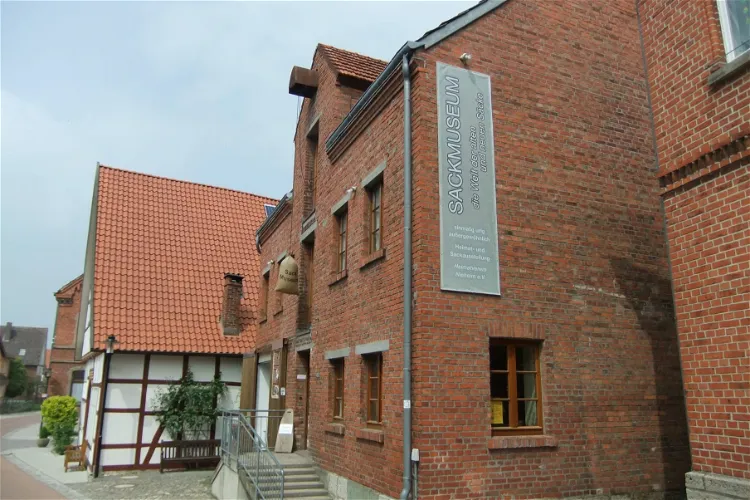
Sackmuseum
NieheimThe Sackmuseum, located in Nieheim, North Rhine-Westphalia, is a unique museum that collects and exhibits bags of all kinds. This includes everything from the smallest mail bag in the world to the largest, the hop sack. The museum's collection is extensive, showcasing bags used for various purposes such as transporting money, letters, packages, coal, shoes, instruments, dowry, clothes, and even garbage.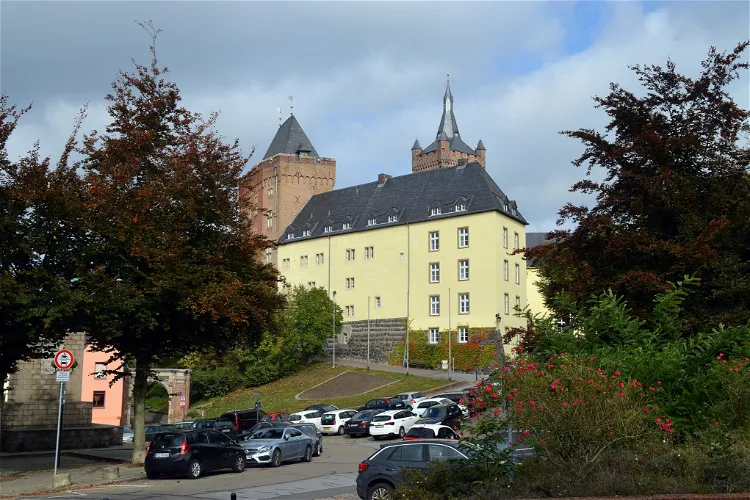
Swan Castle
ClevesSchwanenburg, also known as Swan Castle, is a significant landmark in the city of Cleves, situated in North Rhine-Westphalia, near the Dutch border. This location makes it easily accessible for tourists from both Germany and the Netherlands. The castle's rich history and its emblematic status in the city make it a fascinating destination for those interested in architecture, history, and culture.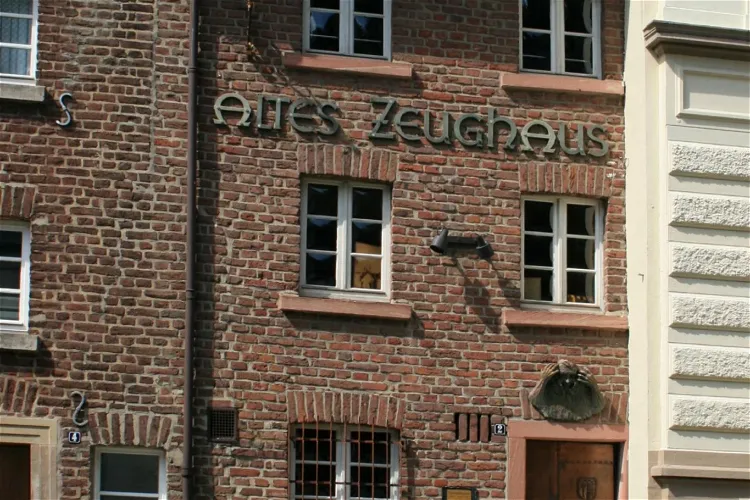
Karnevalsmuseum, Altes Zeughaus eV
MönchengladbachThe Karnevalsmuseum Altes Zeughaus is situated in the Gladbach district of Mönchengladbach, at Weiherstraße 2. This building, which dates back to the 18th century, is a significant part of the city's history and architecture. It's a unique destination for those interested in historical buildings and the local culture of Mönchengladbach.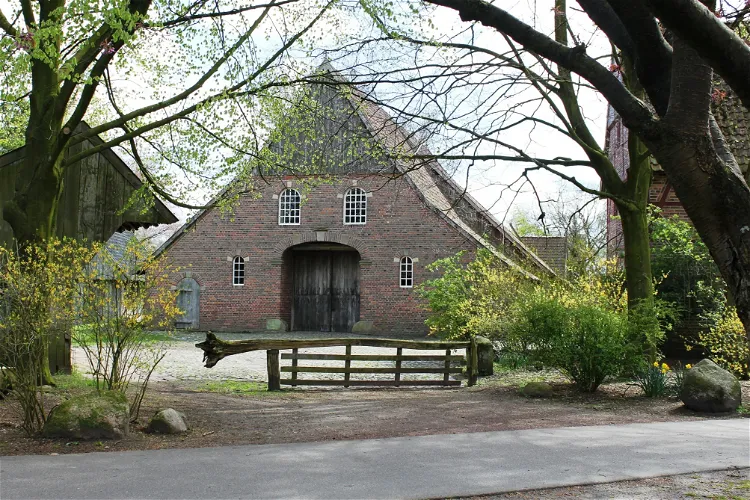
Bauermhausmuseum
VredenThe Bauernhaus-Museum, located in the city park of Vreden, is a collection of twelve buildings that together form a 'historical West Münsterland farm complex'. This open-air museum offers a unique insight into the rural life of the 19th and early 20th centuries, showcasing the architectural and cultural heritage of the region.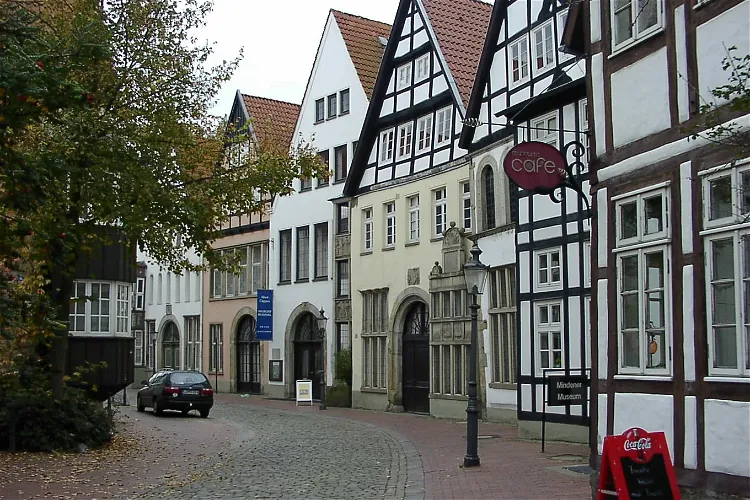
Minden Museum
MindenThe Minden Museum is home to extensive collections that delve into the history, regional studies, and folk studies of the former Minden Monastery and the current Minden-Lübbecke district. These collections provide a comprehensive overview of the region's past, making the museum a valuable resource for those interested in learning more about the area's history and culture.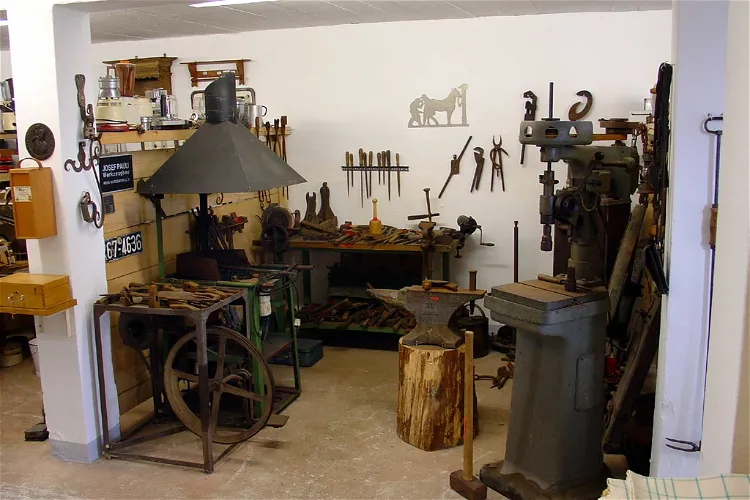
Heimatmuseum Marienfeld
HarsewinkelThe Heimatmuseum Marienfeld is a local history museum situated on the Schürmann farm in Marienfeld, North Rhine-Westphalia. This museum offers a unique insight into the region's history and culture, showcasing a variety of traditional tools and agricultural equipment that were commonly used in the eastern Münsterland area.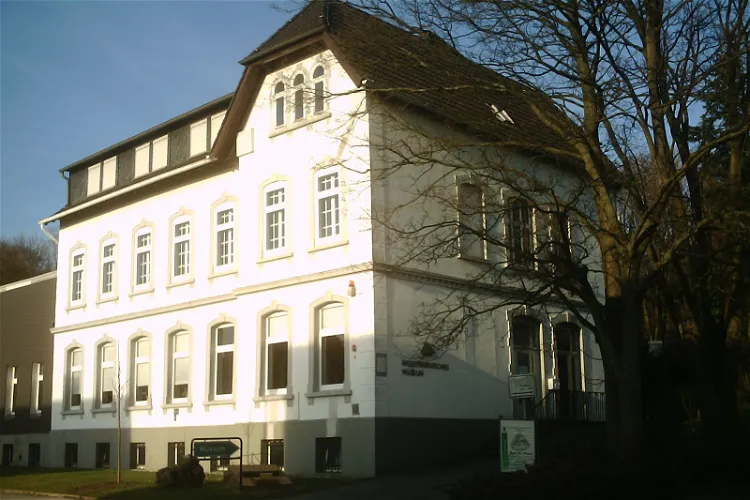
Niederbergisches Museum
WülfrathThe Niederbergisches Museum in Wülfrath is a local history museum that provides insights into the life, work, and the limestone industry of the region. It also showcases related geological and paleontological findings. This museum offers a unique opportunity to understand the local history and culture of Wülfrath and the Niederberg region.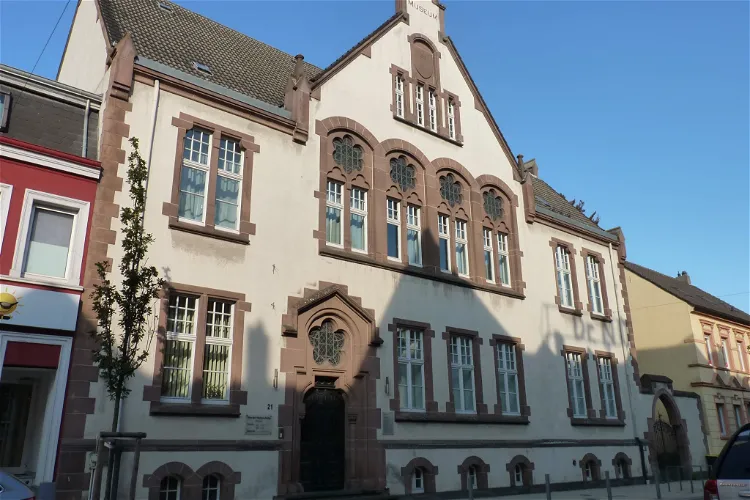
Haus der Kamener Stadtgeschichte
KamenThe Haus der Stadtgeschichte in Kamen is conveniently located near the town hall, nestled between the Kamener Markt and the Kamener Bahnhof. This central location makes it easily accessible for tourists visiting the city.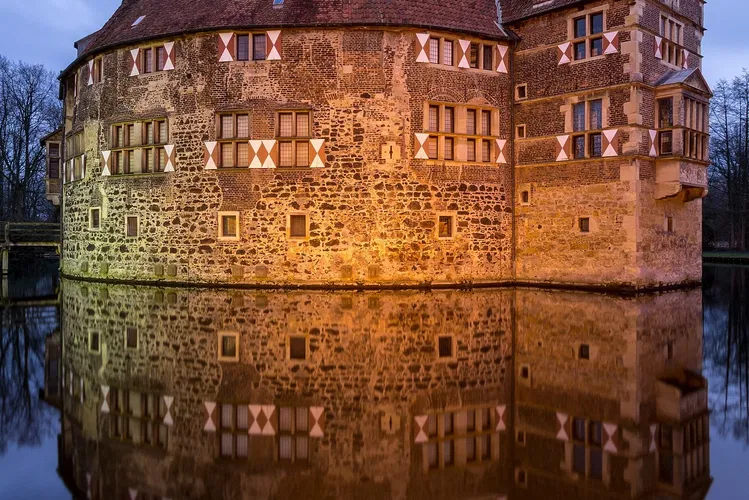
Vischering Castle
LüdinghausenVischering Castle, located in the German town of Lüdinghausen in North Rhine-Westphalia, is a Wasserburg type castle. It was constructed in 1271 with the primary purpose of defense. This historical structure offers a glimpse into the architectural style and defensive strategies of the 13th century, making it a fascinating destination for history enthusiasts.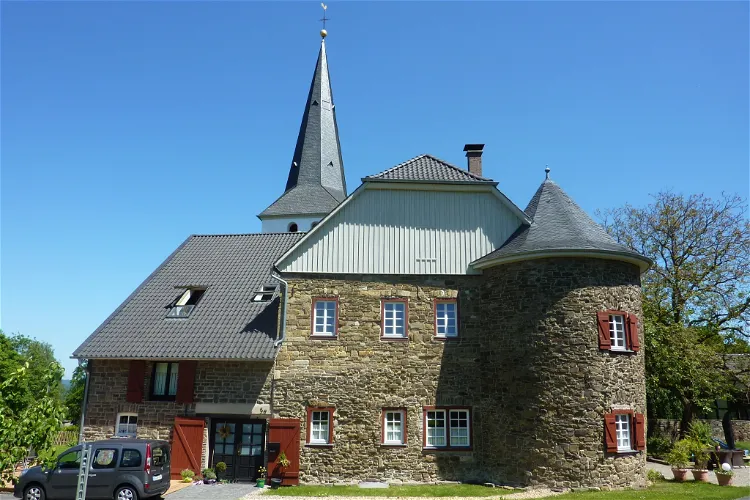
Burg Honrath
LohmarBurg Honrath is a historical site located in the city of Lohmar, within the Rhein-Sieg district of North Rhine-Westphalia. This castle house is nearly completely preserved, offering a glimpse into the architectural style and history of former hilltop castles in the region.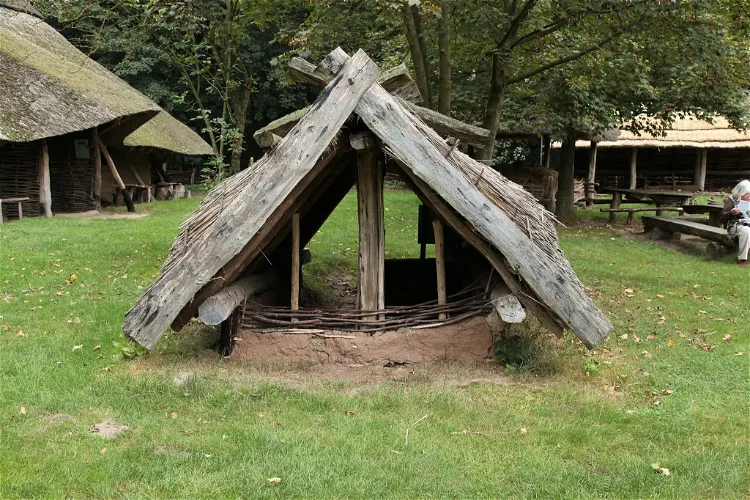
Freilichtmuseum Sachsenhof
GrevenThe Freilichtmuseum Sachsenhof in Greven -Pentrup is a unique attraction that offers a glimpse into the past. It is a reconstruction of a 1200-year-old early medieval Saxon farmstead. The museum showcases attempts to cultivate crops and wild herbs from that era, providing a fascinating insight into the agricultural practices of the time.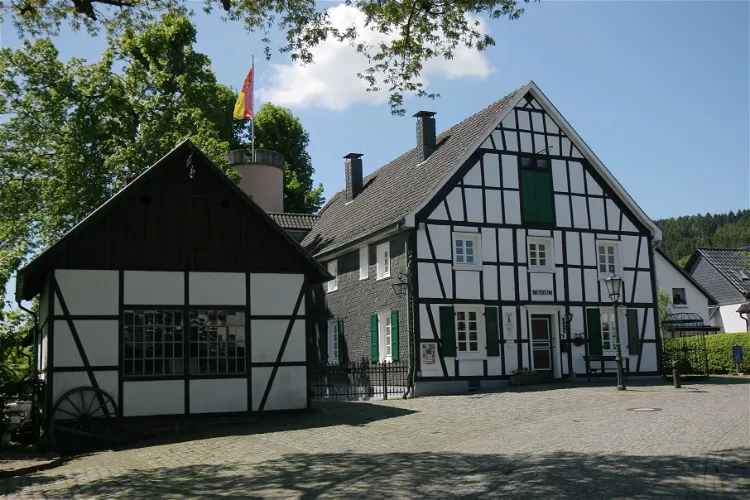
Heimatmuseum Bergneustadt
BergneustadtThe Heimatmuseum Bergneustadt is a folk museum situated in the town of Bergneustadt. It offers a unique insight into the local culture and history, making it an interesting destination for tourists who are keen on learning about the region's past.
Stickereimuseum Oberhundem
OberhundemThe Stickereimuseum Oberhundem is situated in the charming locality of Oberhundem, which is part of the municipality of Kirchhundem. This location is in the Olpe district, nestled in the southeast of North Rhine-Westphalia. This geographical positioning makes the museum easily accessible for tourists visiting the region.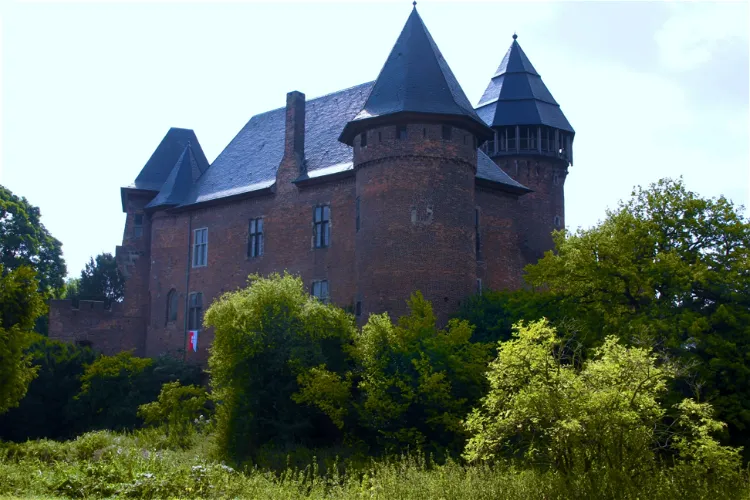
Museum Burg Linn
KrefeldBurg Linn is a water castle situated in the Linn district of Krefeld, North Rhine-Westphalia. It is located approximately five kilometers east of the city center. This historical site offers a unique glimpse into the past, with its origins dating back to the 12th century. The castle was built by the noble lords Otto and his brother Gerlachus von Lynn, making it a significant part of the region's history.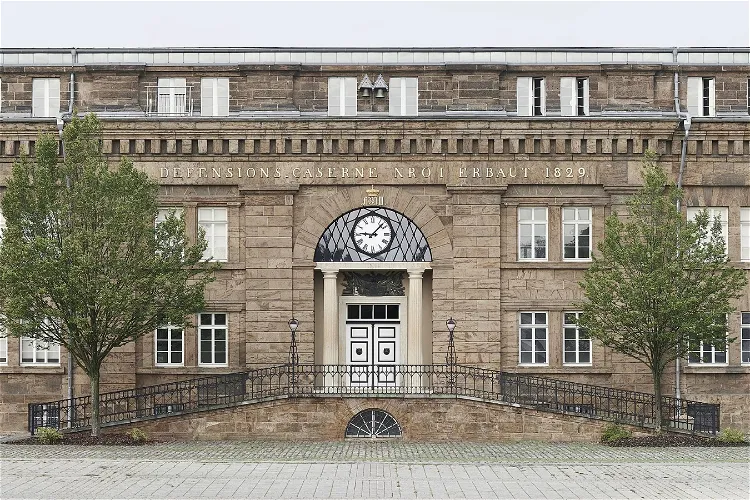
LWL-Preußenmuseum Minden
MindenThe LWL-Preußenmuseum Minden is a historical museum situated in the city of Minden, North Rhine-Westphalia, Germany. It offers a deep dive into the history of Prussia, with a focus on its influence in Westphalia. The museum is housed in the former Defensionskaserne, a fortress in Minden, which adds to the historical significance of the museum.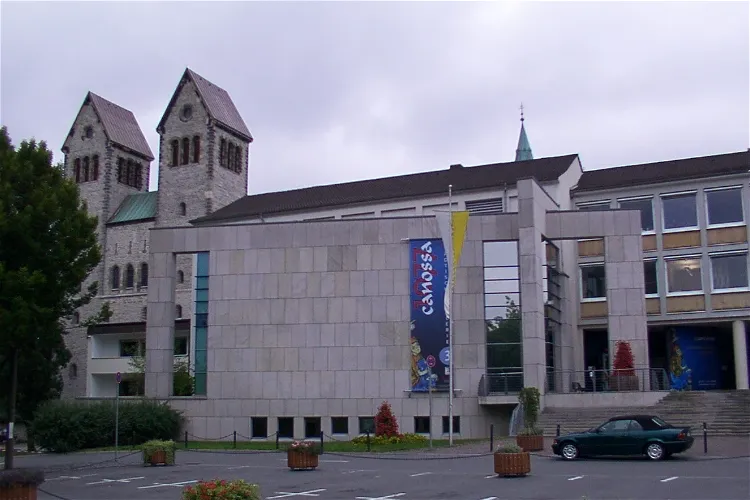
Stadtmuseum
PaderbornThe Stadtmuseum Paderborn is a museum located in Paderborn, Germany. It is dedicated to preserving and displaying documents and artifacts that tell the story of the city's history. The museum offers a unique opportunity to delve into the past and learn about the city's rich heritage.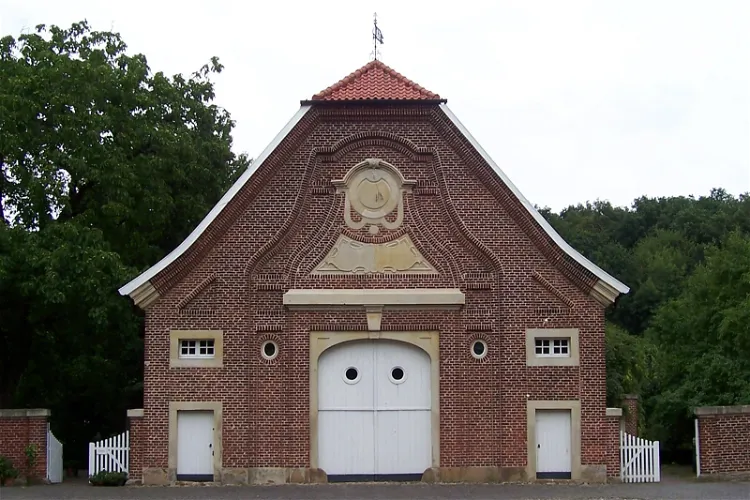
Haus Rüschhaus
MünsterHaus Rüschhaus is a historic residence and museum located in the district of Nienberge, in the municipality of Münster, Germany. This baroque-style building was constructed between 1745 and 1749 by the renowned architect Johann Conrad Schlaun. The house stands as a testament to the architectural prowess of the period and offers a glimpse into the past.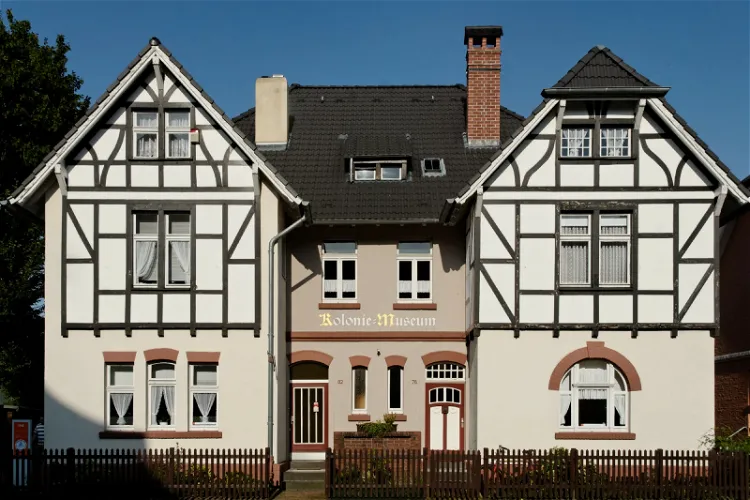
Koloniemuseum
LeverkusenThe Kolonie-Museum in Leverkusen - Wiesdorf is a unique institution that documents the everyday life in the Bayer factory settlements, also known as Bayer colonies. These settlements were established for the employees of the Bayer factory and their families. The museum provides an authentic impression of the living conditions of the Bayer factory workers, making it a fascinating destination for those interested in social history and industrial heritage.- 161
Wiedenbrücker Schule Museum
Rheda-WiedenbrückThe Wiedenbrücker Schule is a term that refers to the flourishing art and craft of Historicism that took place in Rheda-Wiedenbrück, North Rhine-Westphalia, and its surrounding areas in the 19th and early 20th centuries. This period saw a local network of workshops with complementary specializations, primarily producing ecclesiastical art. - 162
Villa Römer
LeverkusenVilla Römer, also known as Haus Frankenberg, is a historic villa located in Leverkusen - Opladen. The villa was built in 1905 by manufacturer Max Römer, who had moved to Opladen at the age of ten in 1865. His father had founded a Turkish red dye factory there, which Römer took over in 1890. The villa served as Römer's residence until 1923. - 163
Schatzkammer Kemande
HattingenThe Schatzkammer Kemnade is a unique museum located in Haus Kemnade, Hattingen. It is dedicated to the history of money and is operated by Sparkasse Bochum. This museum offers a unique perspective on the evolution of money and its various forms throughout history. - 164
Heimatmuseum Merzenich
Morschenich-NeuThe Heimatmuseum Merzenich, located in Merzenich, Kreis Düren, North Rhine-Westphalia, is a historical museum that was inaugurated on June 5, 1988. This museum offers a glimpse into the region's past and is a significant cultural landmark. - 165
Geschichtswerkstatt
ZülpichThe Geschichtswerkstatt Zülpich is a museum dedicated to the history of the city of Zülpich. It provides a comprehensive overview of the city's past, making it an interesting destination for those interested in history and culture. - 166
Kuriositäten- und Raritätenmuseum
LindlarThe LVR Open Air Museum Lindlar, located near Lindlar, is one of the two open-air museums run by the Rhineland Landscape Association. Having opened its doors in 1998, it is considered one of the most recent and modern facilities of this museum type in Germany. The museum offers a unique insight into the rural everyday life in the Bergisches Land over the past centuries. - 167
The Little Museum
GelsenkirchenThe Little Museum in Hagnau am Bodensee is a unique private museum that occupies a single room. It offers a fascinating display of dolls, dollhouses, miniature kitchens, toy stores, and other toys that date back to the period between 1830 and 1960. This collection provides a glimpse into the past, showcasing the evolution of toys and children's playthings over more than a century. - 168
Museum in der Alten Kornbrennere
SundernThe Alte Kornbrennerei, a protected monument, is situated in the heart of Sundern (Sauerland). This historic building is home to the local museum 'Alte Kornbrennerei'. The museum offers a glimpse into the region's past, showcasing its rich history and heritage. - 169
Heimatverein Eckenhagen
ReichshofThe Bauernhofmuseum Eckenhagen is a museum situated in the district of Eckenhagen, within the municipality of Reichshof in the Oberbergischer Kreis, North Rhine-Westphalia. This location provides a unique cultural experience in a region known for its rich history and beautiful landscapes.